Forums
- Forums
- Axis And Allies Forum
- General Discussion
- Aviation News
Aviation News
Post a reply
- Go to Previous topic
- Go to Next topic
- Go to Welcome
- Go to Introduce Yourself
- Go to General Discussion
- Go to Screenshots, Images and Videos
- Go to Off topic
- Go to Works in Progress
- Go to Skinning Tips / Tutorials
- Go to Skin Requests
- Go to IJAAF Library
- Go to Luftwaffe Library
- Go to RAF Library
- Go to USAAF / USN Library
- Go to Misc Library
- Go to The Ops Room
- Go to Made in Germany
- Go to Campaigns and Missions
- Go to Works in Progress
- Go to Juri's Air-Raid Shelter
- Go to Campaigns and Missions
- Go to Works in Progress
- Go to Skinpacks
- Go to External Projects Discussion
- Go to Books & Resources
-
 Main AdminMOUNT FUJI, Japan (Nov. 16, 2022) An MH-60R Sea Hawk helicopter assigned to the "Warlords" of Helicopter Maritime Strike Squadron (HSM) 51 conducts flight operations near Mount Fuji, Japan during a flight exercise Nov. 16, 2022. Forward deployed onboard Naval Air Facility Atsugi, Japan, the Warlords provide combat-ready, armed anti-surface and anti-submarine helicopter detachments to ships deploying in the Western Pacific and Arabian Gulf regions. (U.S. Navy photo by Mass Communication Specialist 2nd Class Rafael Avelar)
Main AdminMOUNT FUJI, Japan (Nov. 16, 2022) An MH-60R Sea Hawk helicopter assigned to the "Warlords" of Helicopter Maritime Strike Squadron (HSM) 51 conducts flight operations near Mount Fuji, Japan during a flight exercise Nov. 16, 2022. Forward deployed onboard Naval Air Facility Atsugi, Japan, the Warlords provide combat-ready, armed anti-surface and anti-submarine helicopter detachments to ships deploying in the Western Pacific and Arabian Gulf regions. (U.S. Navy photo by Mass Communication Specialist 2nd Class Rafael Avelar)
Soaring over the world’s tallest building: Jets from the Royal Air Force Aerobatic Team"The Red Arrows" join an Emirates A380, with the Burj Khalifa skyscraper in view, as part of a flypast by the Red Arrows over Jumeirah Golf Estates marking the start of the DP World Tour Championship in Dubai.
(Photo cortesy of the RAF)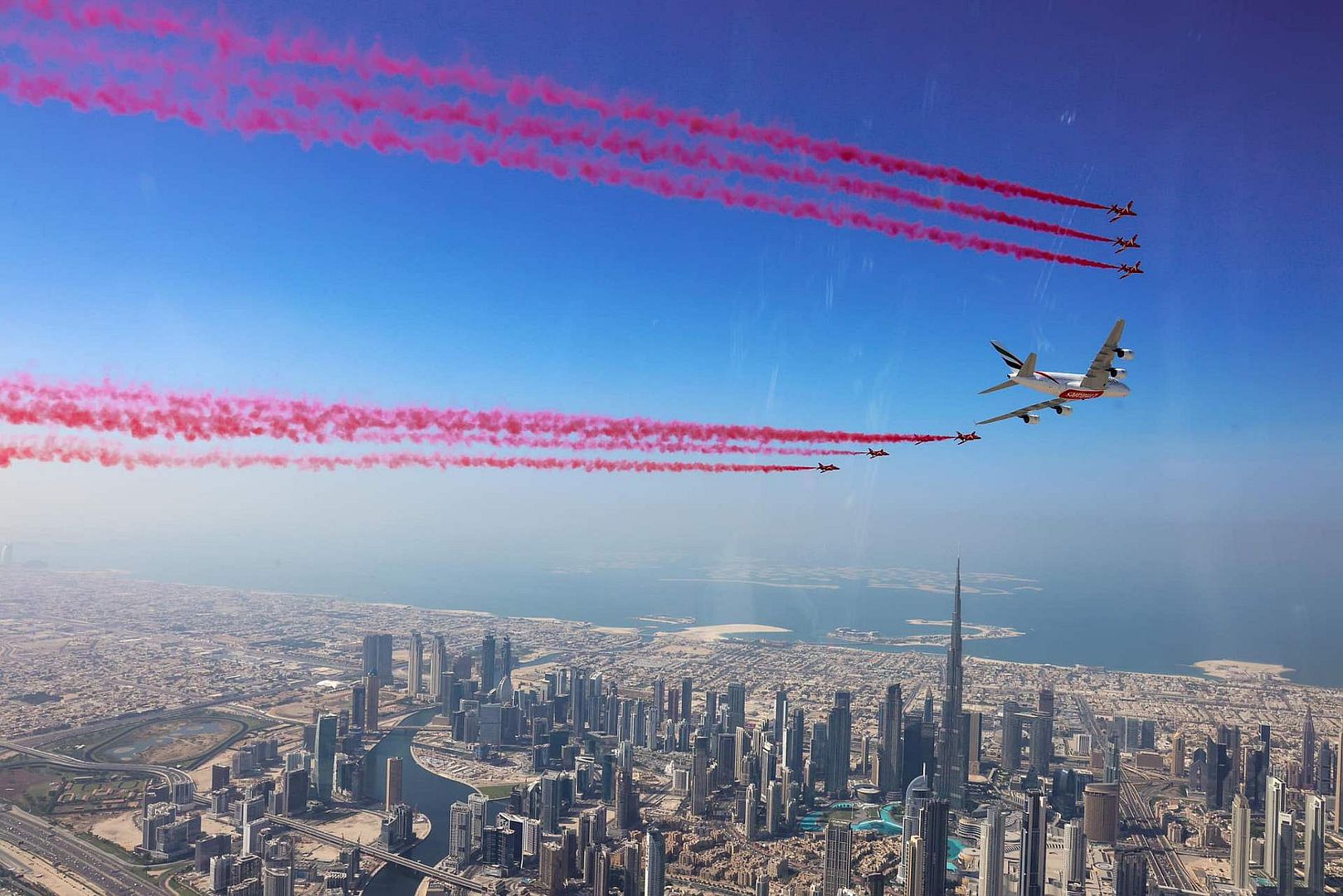
November 15, the 3rd Airbus A330-200 of Base aérienne 125 Istres was delivered to the Air and Space Army and will soon join.
This third and final newly delivered A330-200 will be converted into a Multi Role Tanker Transport (MRTT) version and will complete the Air and Space Force (AAE) initial command of twelve A330 MRTT Phoenix. In the long run, fifteen Phoenix A330s will replace the 19 C-135s and other A310 and A340.
This fleet of strategic extension aircraft will be an asset for the accomplishment of missions such as in-flight refueling, troop and freight transport, health evacuation or nationals evacuation, as was the case in AO August 2021, as part of Operation Apagan in Afghanistan. This new A330 also strengthens a major strategic function entrusted to the Ministry of the Armed Forces: that of nuclear deterrence.
(Photo courtesy of the Armée de l'Air et de l'Espace )
-
 Main AdminA U.S. Air Force AC-130J Ghostrider assigned to the 17th Special Operations Squadron, Cannon Air Force Base, N.M. takes off at Yokota Air Base, Japan, Nov. 16, 2022, during exercise Keen Sword 23. The 17 SOS conducted the Agile Combat Employment strategy via light logistics packages, to include bringing the ammunition needed for the duration of KS23 and the personnel needed to execute. (U.S. Air Force photo by Yasuo Osakabe)
Main AdminA U.S. Air Force AC-130J Ghostrider assigned to the 17th Special Operations Squadron, Cannon Air Force Base, N.M. takes off at Yokota Air Base, Japan, Nov. 16, 2022, during exercise Keen Sword 23. The 17 SOS conducted the Agile Combat Employment strategy via light logistics packages, to include bringing the ammunition needed for the duration of KS23 and the personnel needed to execute. (U.S. Air Force photo by Yasuo Osakabe)
A 44th Fighter Squadron F-15C Eagle departs after receiving fuel from a 909th Air Refueling Squadron KC-135 Stratotanker during a flight over the Pacific Ocean in support of exercise Keen Sword 23, Nov. 17, 2022. Bilateral exercises allow U.S. military and Japan Self-Defense Forces to work together across a variety of areas to enhance interoperability and readiness. (U.S. Air Force photo by Senior Airman Jessi Roth)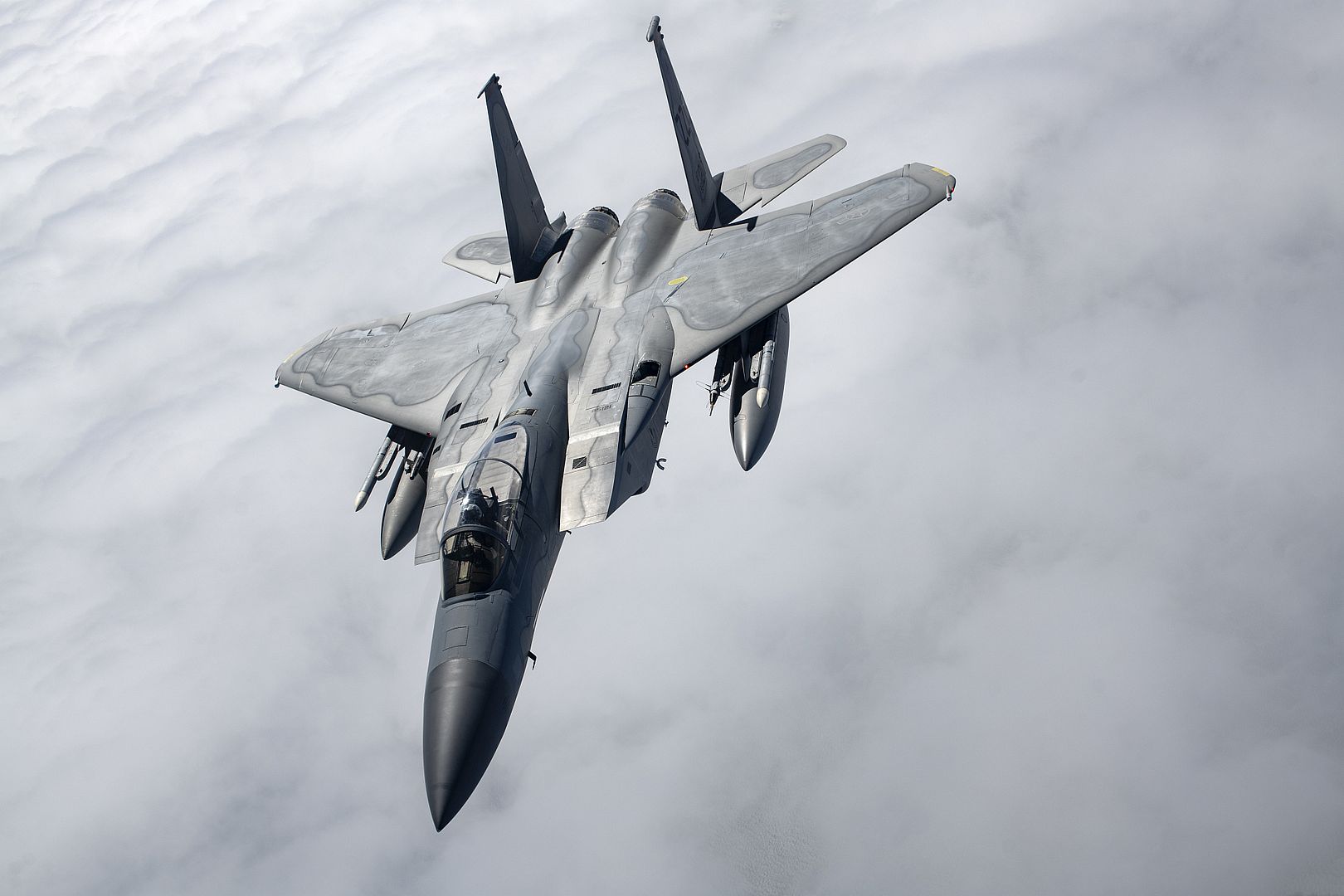
One of five F-16 Fighting Falcons assigned to the 80th Fighter Squadron takes off at Kunsan Air Base, Republic of Korea, Nov. 18, 2022. The 80th Fighter squadron stands ready to conduct counter-air, air interdiction and close air support missions in support of a free and open indo-pacific region. (U.S. Air Force photo by Staff Sgt. Isaiah J. Soliz)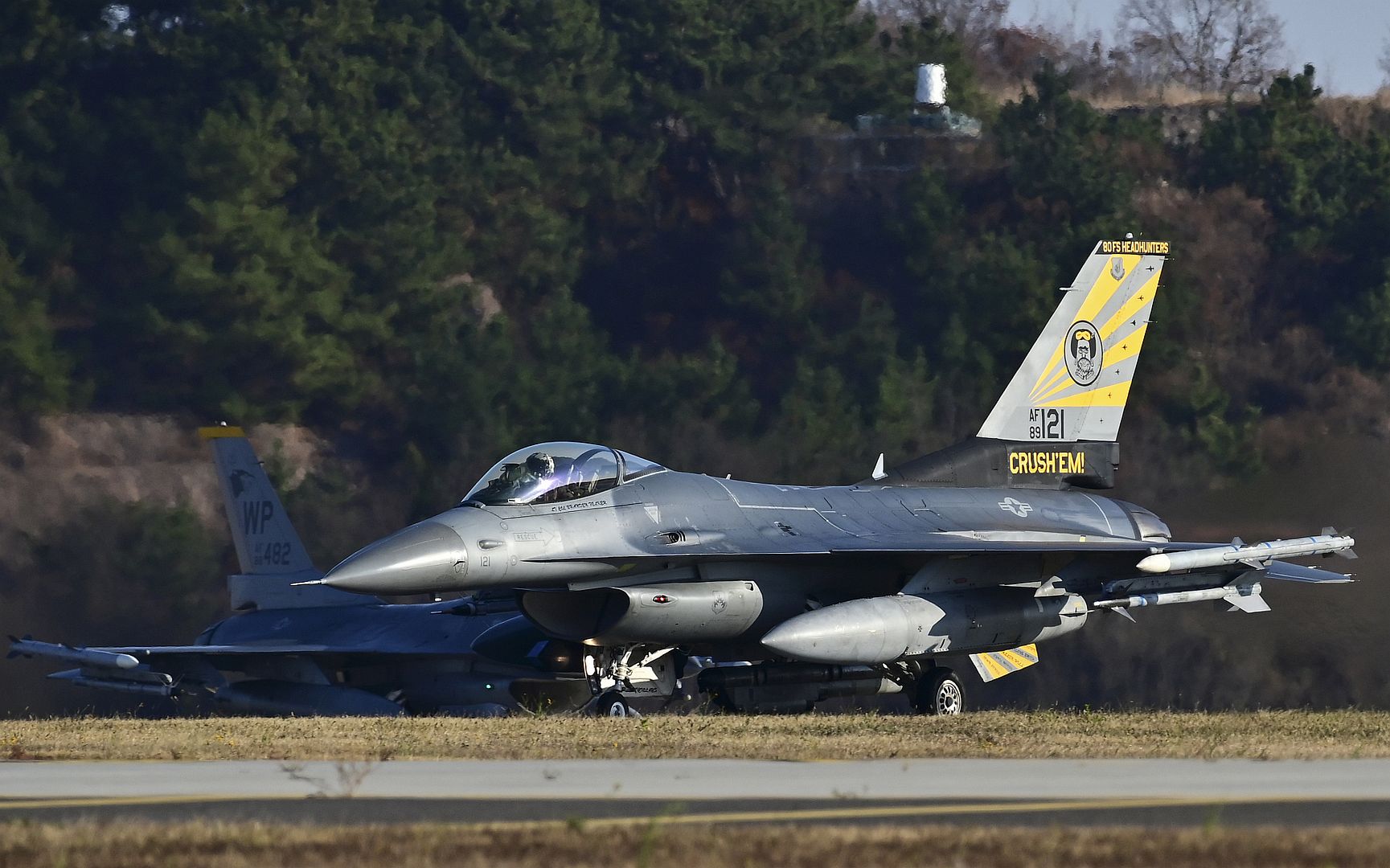
A pair of pilots give the ‘Crush ‘em’ gesture inside a F-16 Fighting Falcon assigned to the 80th Fighter Squadron as they taxi down the flightline at Kunsan Air Base, Republic of Korea, Nov. 18, 2022. Kunsan’s fighter fleet plays a role in keeping the Indo-Pacific theater free and open through taking on a multi-role position employing air-to-ground and air-to-air. (U.S. Air Force photo by Tech. Sgt. Timothy Dischinat)
U.S. Air Force F-16s from the 51st Fighter Wing joined with Republic of Korea F-35As to escort two U.S. B-1B strategic bombers entering the Korean Air Defense Identification Zone and conducted a combined flight in a formation on Nov. 19, 2022. The training demonstrated the ROK-US combined defense capability and posture based on the alliance's overwhelming power and the U.S. ironclad commitment to providing extended deterrence in defense of the Korean Peninsula. (U.S. Air Force photos by Senior Airman Megan Estrada)
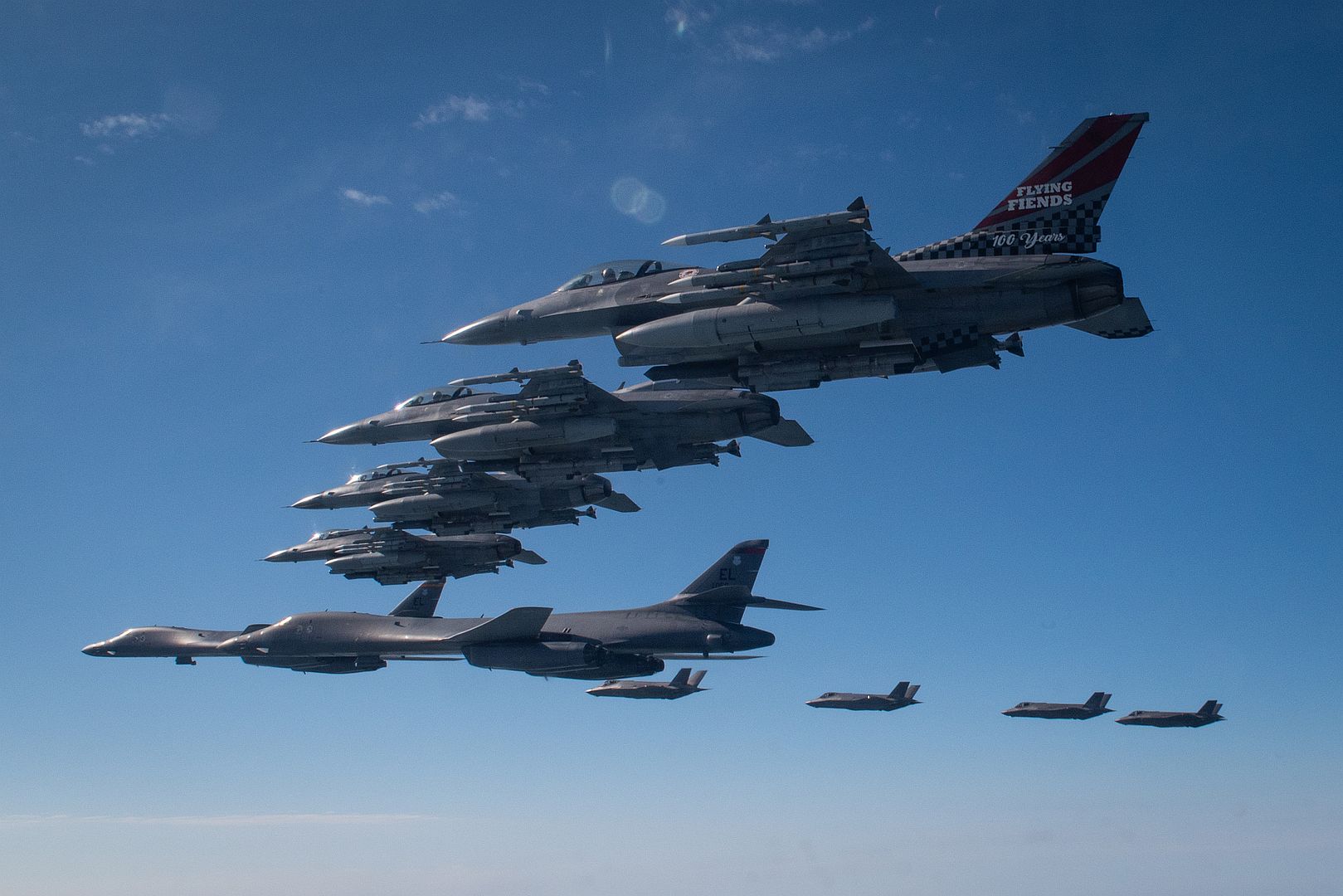
U.S. Marines with 1st Battalion, 2nd Marines prepare to disembark an MV-22B Osprey during Keen Sword 23, Okinawa, Japan, Nov. 18, 2022. Keen Sword is a biennial training event that exercises the combined capabilities and lethality developed between 3d Marine Division, III Marine Expeditionary Force and the JGSDF. This bilateral field-training exercise between the U.S. military and the JGSDF strengthens interoperability and combat readiness of the U.S.-Japan alliance. (U.S. Marine Corps Photo by Cpl. Lorenzo Ducato)
A U.S. Air Force B-2 Spirit bomber assigned to the 509th Bomb Wing, Whiteman Air Force Base, Missouri, flies over Luke Air Force Base, Arizona, Nov. 15, 2022. Two bombers participated in a training exercise with multi-nation assets assigned to Luke AFB, meant to familiarize pilots with different airframe operations. (U.S. Air Force photo by Senior Airman Noah D. Coger)
Nov 18 2022.
EGLIN AIR FORCE BASE, Fla. --
In March 2022, the first set of U.S. Air Force operational aircraft were equipped with the Quick Reaction Instrumentation Package (QRIP), enabling the first Combat Air Forces (CAF) contribution to Crowd-Sourced Flight Data (CSFD).
The 59th Test and Evaluation Squadron partnered with the Test Resource Management Center (TRMC) to leverage advances in technology and invent QRIP.
Instrumentation packages like QRIP are traditionally reserved for integration on test aircraft, designed to collect data strictly for test and evaluation purposes. These devices have historically been too large, cumbersome, and expensive to consider for operational aircraft integration, until now.
The QRIP is roughly the size of a football, with the capacity to record almost a Terabyte of data per flight. Applying this technology to CAF aircraft significantly boosts the amount of CSFD available to developers, within minutes versus the traditional weeks or months to access the data, and ultimately informs operational data sets while improving mission data reprogramming, data products, and software development.
“QRIP captures data that is currently not being recorded, or being discarded at the cutting room floor, and makes it available and accessible at the speed of relevance,” said Lt. Col. Nathan Malafa, 59th Test and Evaluation squadron commander. “Big data analytics, machine learning, and artificial intelligence do the heavy lifting to sift through this data and highlight where action needs to be taken.”
Nineteen CAF jets have been modified with QRIP to date, with several taking part in exercises Outside the Continental United States (OCONUS). The CSFD gathered thus far has accelerated reprogramming changes, highlighted software deficiencies, enabled rapid debriefs, and provided data products previously unavailable to pilots and intelligence officers.
“This is the power of edge-node computing, and we’ve now demonstrated it to great effect by watching video from OCONUS sorties minutes after the data is ingested over 6,000 miles away,” said Malafa. “The implications of this are only limited by our imagination.”
While this technology is currently only implemented within the F-35 fleet, the intent is to expand to all fielded U.S. Air Force fighter variants, as well as other platforms.
“The more data we can collect from the Air Force’s diverse portfolio puts the “crowd” in CSFD and amplifies data sets we can use to gain competitive advantage against our adversaries and competitors,” said Malafa.
(U.S. Air Force photo by Todd Cromar)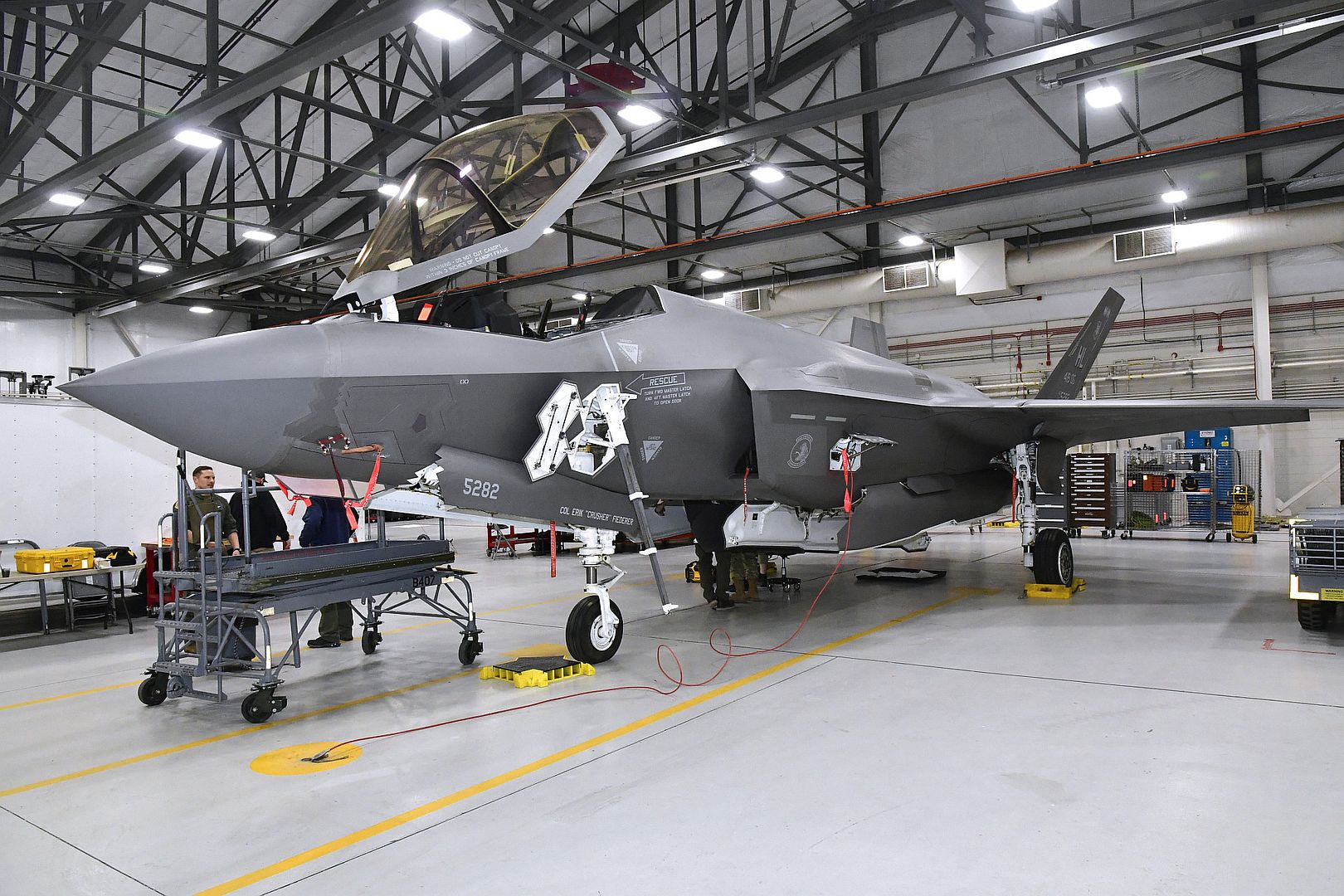
RAF Typhoon and French Mirage fighter jets worked together over the Channel yesterday to practise their response to an aircraft posing a simulated threat to the UK or France.
The front-line fighter aircraft met over the English Channel, known as La Manche or ‘The Sleeve’ in France, to intercept a jet simulating a potentially non-friendly military aircraft.
The RAF and Armée de l'Air et de l'Espace collaborated as part of routine NATO Air Policing training to recognise a potential threat and coordinate the response. Known as Quick Reaction Alert, the process is similar whether inside UK airspace, on the maritime border with France, or as part of NATO Air Policing duties in Eastern Europe.
(Photo courtesy of the RAF)
-
 Main AdminLt. Cmdr. Brian Vaught and Lt. Cmdr. Thomas Zimmerman, pilots for the U.S. Navy flight demonstration squadron, the Blue Angels, park their jet Nov. 21, 2022, during their winter visit in Lincoln, Neb. The 155th Air Refueling Wing hosted the Blue Angels to talk about operational procedures for the Guardians of Freedom Airshow in 2023. (U.S. Air National Guard photo by Senior Airman Alexander D. Schriner)
Main AdminLt. Cmdr. Brian Vaught and Lt. Cmdr. Thomas Zimmerman, pilots for the U.S. Navy flight demonstration squadron, the Blue Angels, park their jet Nov. 21, 2022, during their winter visit in Lincoln, Neb. The 155th Air Refueling Wing hosted the Blue Angels to talk about operational procedures for the Guardians of Freedom Airshow in 2023. (U.S. Air National Guard photo by Senior Airman Alexander D. Schriner)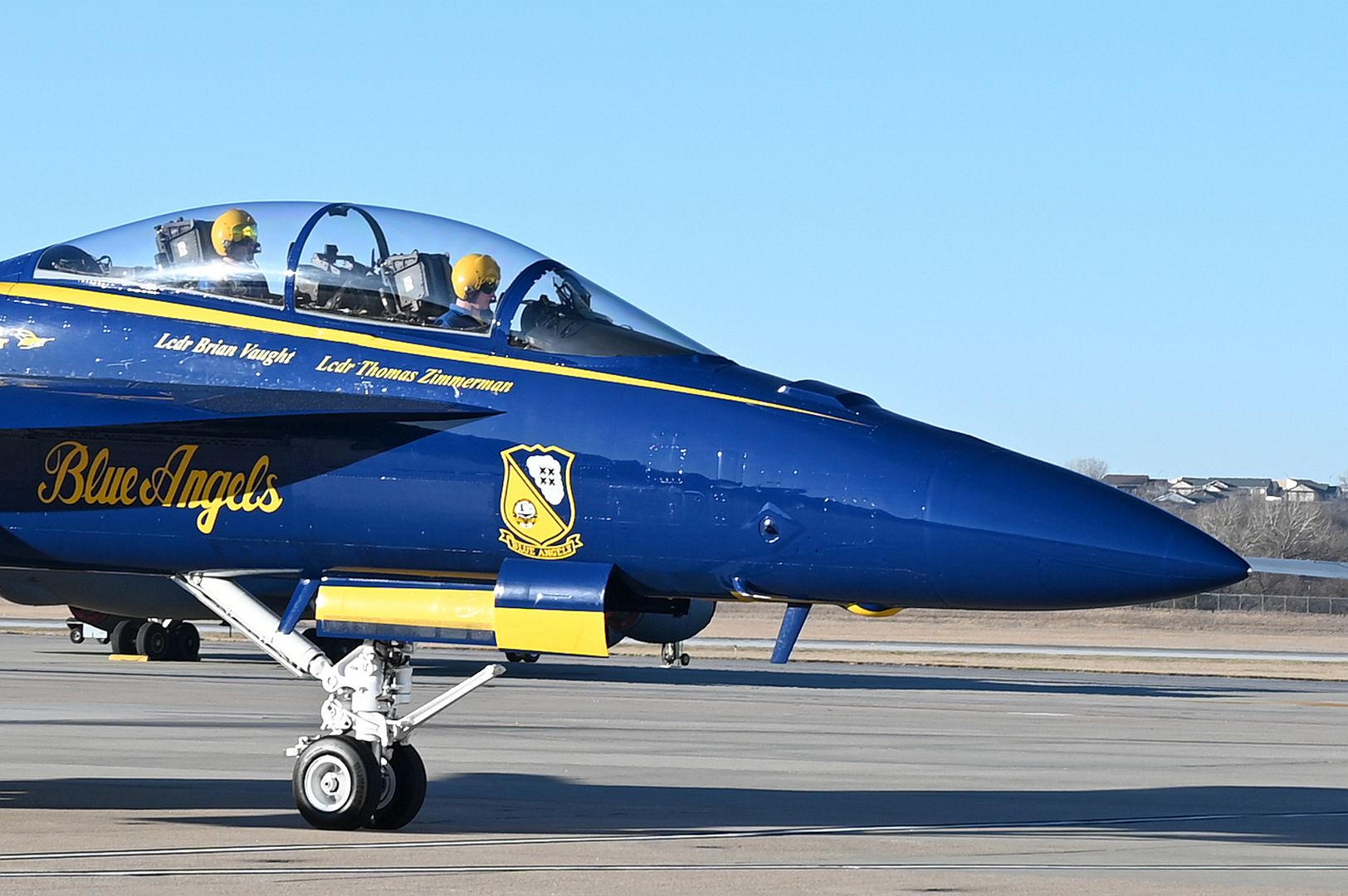
Brize Norton, 18 November 2022 – The Royal Air Force, Airbus and other industry partners have carried out the world’s first 100% Sustainable Aviation Fuel (SAF) flight using an in-service military aircraft. It is also the first 100% SAF flight of any aircraft type carried out in UK airspace.
An RAF Voyager – the military variant of the Airbus A330 commercial jetliner - took to the skies above RAF Brize Norton in Oxfordshire, England, on Wednesday powered completely by 100% Sustainable Aviation Fuel on both engines, paving the way for a range of possibilities for the future of flying military aircraft.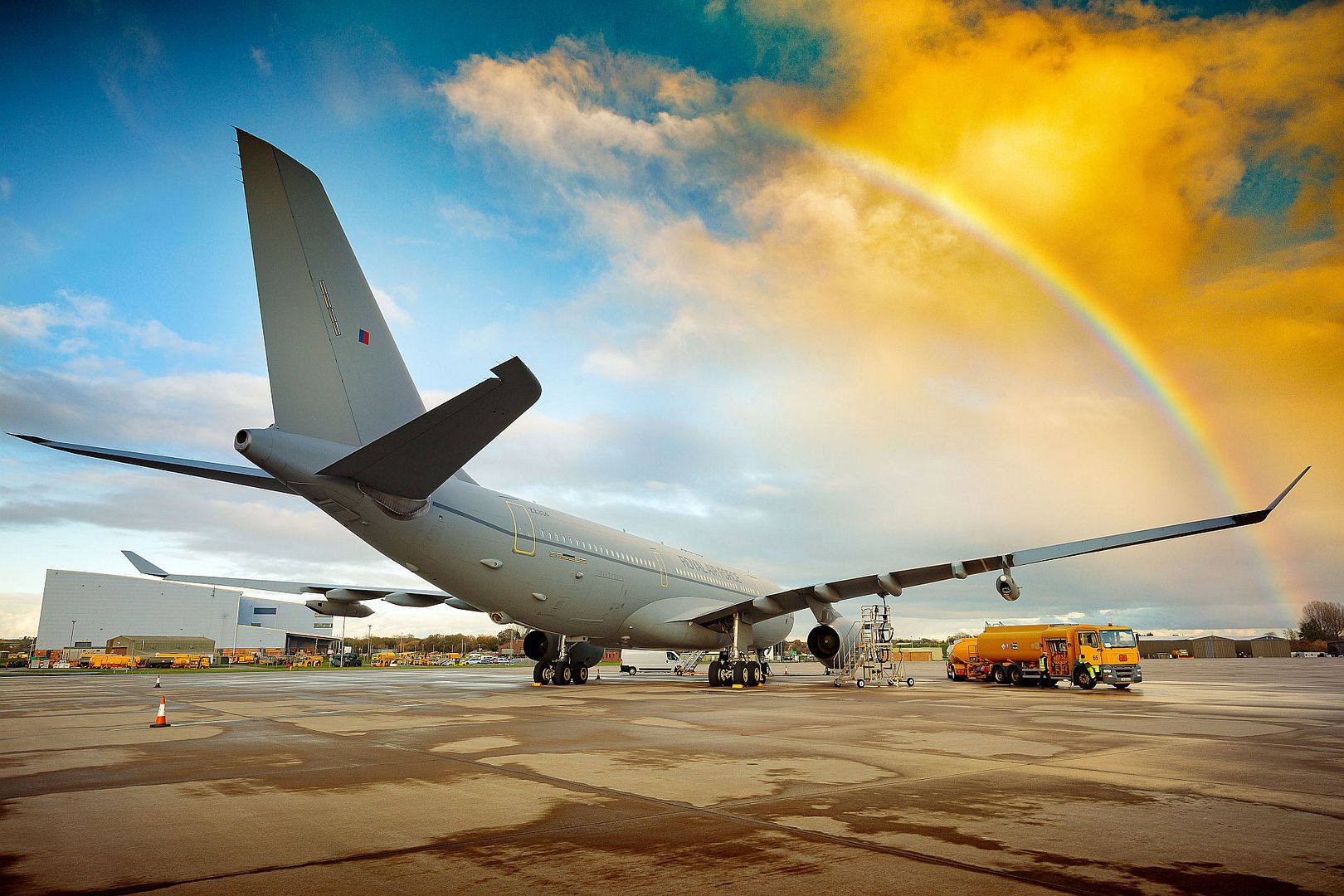
The flight was a joint endeavour between the RAF, aircraft manufacturer Airbus, the UK Ministry of Defence’s Defence Equipment and Support agency, British aircraft leasing company AirTanker and engine manufacturer Rolls-Royce, with the fuel supplied by Air bp.
Michael Schoellhorn, CEO of Airbus Defence and Space, said: “True to our purpose of 'pioneering aerospace', we have gladly supported the Royal Air Force on this landmark sustainable-fuel test flight. I commend our UK customer for this achievement which helps pave the way for a sustainable reduction of carbon emissions of our military aircraft fleets. Airbus engineers have made a significant contribution to this RAF mission by providing on-the-ground expertise in recent weeks and securing the necessary MoD military flight permits.”
Sustainable Aviation Fuel – which is made from waste-based sustainable feedstocks, in this case used cooking oil – reduces lifecycle carbon emissions by up to 80% compared to the conventional fuel it replaces, lessens the RAF’s reliance on global supply chains and improves operational resilience by reducing the necessity for fuel resupplying.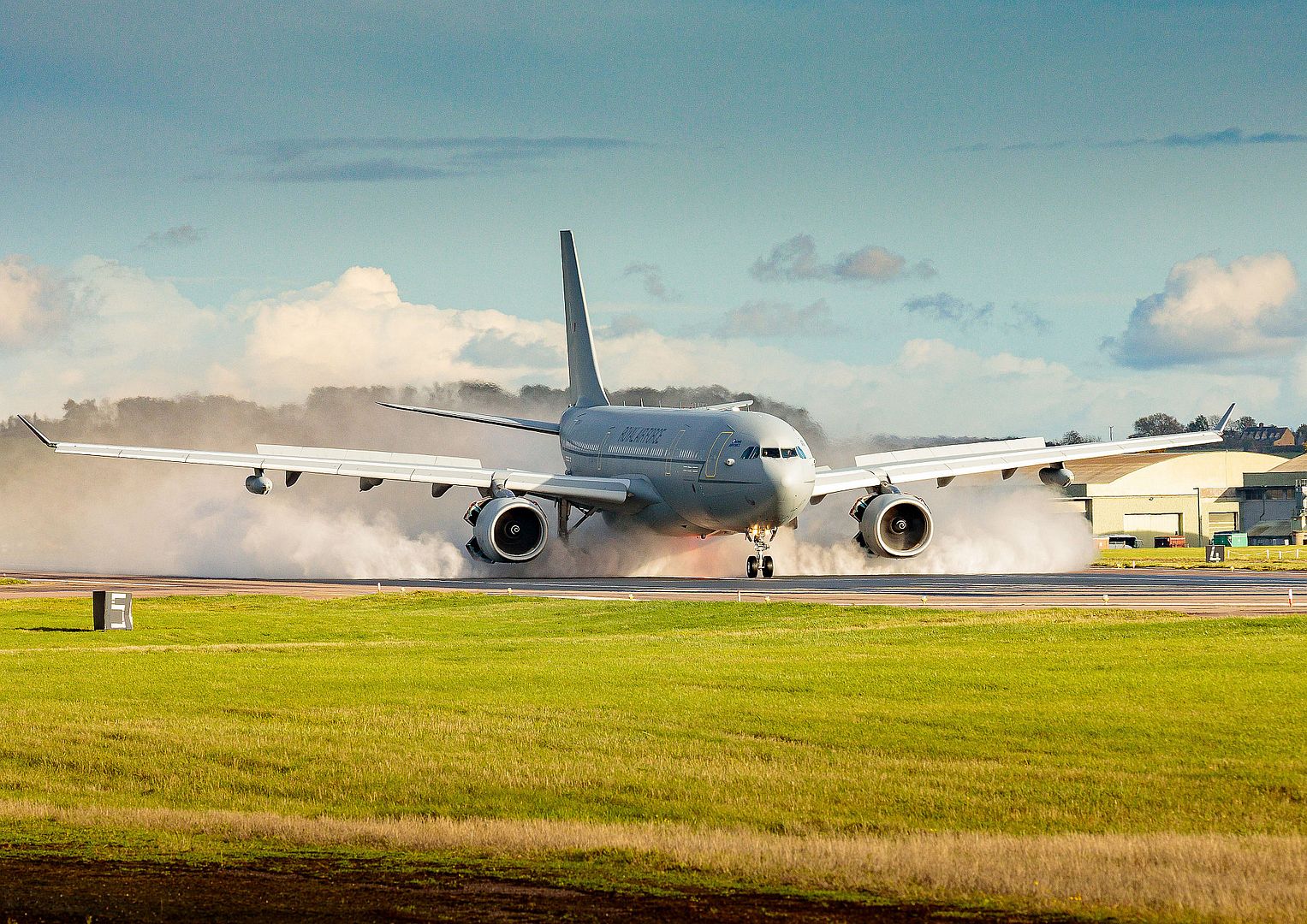
As different approaches will suit different platforms and environments, a range of alternative fuel options are being looked at to ensure the UK is at the forefront of this developing technology.
The 90-minute return flight from RAF Brize Norton, flown by a combined Airbus, RAF and Rolls-Royce flight-test crew, replicated an air-to-air refuelling sortie and was witnessed by senior RAF and industry representatives. The RAF said it demonstrated the potential for its future operational capability, ensuring the ability to contribute to UK defence wherever and whenever it was required.
Experimental test pilot and Captain of the flight, Jesus Ruiz, said: “From the crew perspective, the SAF operation was ‘transparent’, meaning that no differences were observed operationally. The Test Plan was exhaustive and robust and has allowed us to compare SAF with JET1 culminating in a flight without a single drop of fossil fuel. Teamwork was a key contributor, harmonsing experience from Airbus, Rolls-Royce and the RAF. We feel very proud to be a small part of this huge step for sustainable aviation.”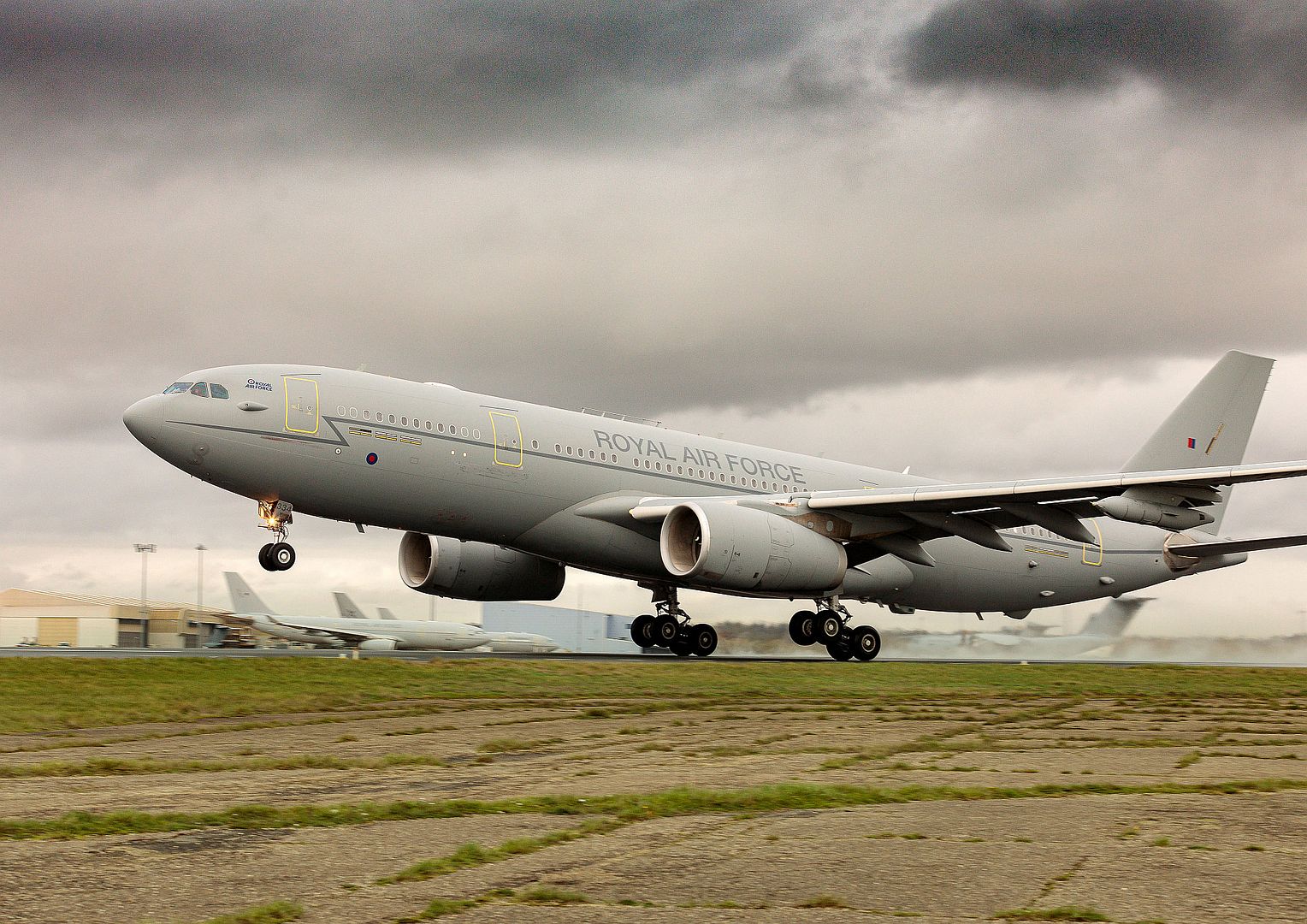
Nearly 100 personnel and 4 Typhoons are currently deployed to the United Arab Emirates taking part in the Advanced Tactical Leadership Course.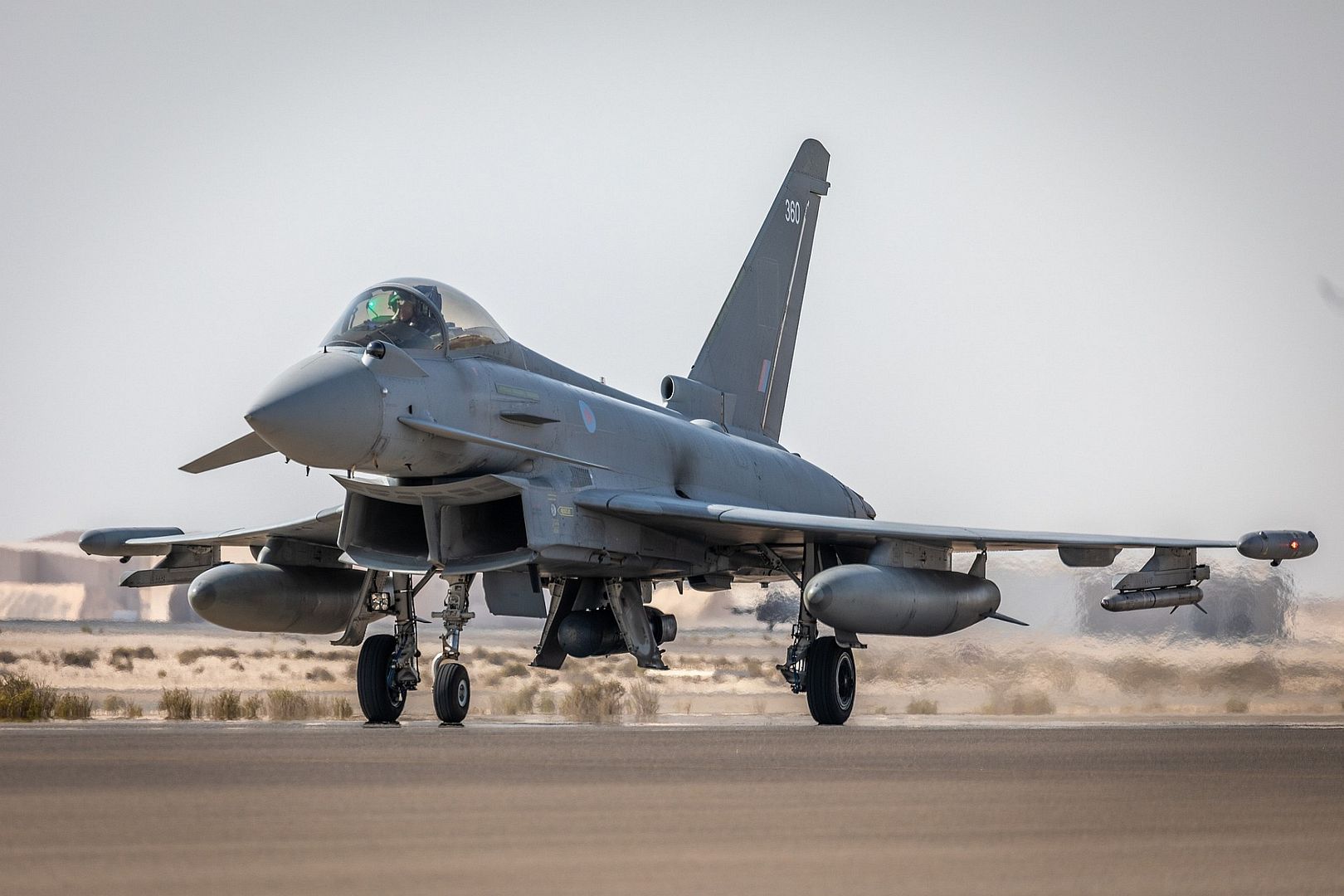
This air warfare course sees participants from 10 countries plan and fly daily air combat missions with complex scenarios, testing the pilots and mission controllers.
The course is also attended by RAF Intelligence Officers and Air Operations Controllers who provide support to mission planning and command and control.
(Photos courtesy of the RAF)
-
 Main AdminPublished Nov. 22, 2022
Main AdminPublished Nov. 22, 2022
By Senior Master Sgt. Timm Huffman
157th Air Refueling Wing
PEASE AIR NATIONAL GUARD BASE, N.H. (AFNS) --
In a feat of air mobility endurance, a KC-46A Pegasus from the 157th Air Refueling Wing flew a non-stop mission halfway around the globe and back, Nov. 16 to 17.
The point-to-point, 36-hour, 16,000-mile, multi-crew, total force sortie was the longest such mission in the history of Air Mobility Command, the active duty major command to which the 157th ARW is aligned.
Gen. Mike Minihan, AMC commander, has relentlessly driven the command to find new ways to employ current assets in anticipation of a future fight.
“This extended mission is yet another example of capable Airmen taking charge and moving out to accelerate our employment of the KC-46A,” Minihan said. “This total force mission boldly highlights the imperative to think differently, change the way we do business, and provide options to the joint force.”
Leaving from the east coast of the U.S. on a cold and rain-soaked morning, the crew flew west across the country and out into the Pacific Ocean. After overflying Hawaii, the crew flew across the International Dateline to Guam, before turning around and retracing their steps home to New Hampshire, where they landed on the evening of Nov. 17; 36-hours to the minute after they launched.
Maj. Bill Daley, the mission’s aircraft commander and a traditional member of the New Hampshire Air National Guard, said the flight demonstrated the aircraft’s abilities to project and connect the joint force through its capacity for endurance, aircrew sustainment, refueling, situational awareness and connectivity, and airborne mission planning.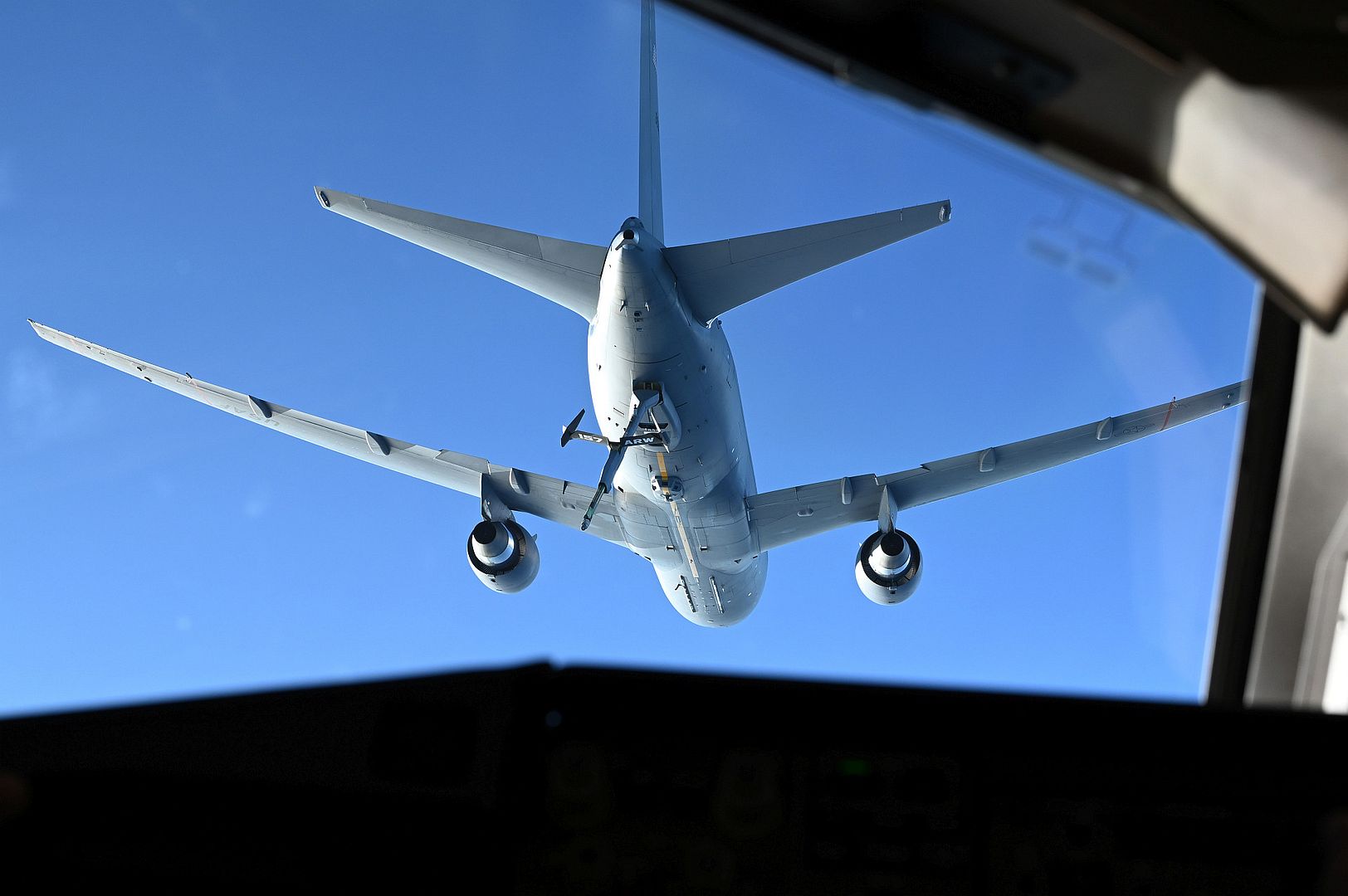
The KC-46A provides strategic flexibility to the Air Force through its unique blend of persistence and presence. It takes a continuous supply of fuel to stay aloft for hours on end. Since every KC-46A can itself be refueled in flight, each aircraft can persist in operations areas to provide sustained support to armed aircraft. The endurance mission put these capabilities on display, taking on fuel three times throughout the flight and delivering gas to F-22 Raptors while flying a closed-loop pattern off the coast of Hawaii.
The crew also leveraged the KC-46A’s secure and unclassified networks and situational awareness systems, which allow for a broad array of future uses. The platform’s situational awareness capabilities enable its protection in contested environments.
It takes more than gas to stay in the air — the crew must also be sustained, and this was another refueling barrier tested and shattered on the mission. Taking turns at the stick were two aircrews from the New Hampshire ANG’s 133rd Air Refueling Squadron and one active-duty crew from the affiliated 64th ARS. While one crew flew, the other two rested, taking advantage of the modern amenities provided by the jet.
According to Daley, earlier generations of refuelers lacked the basics needed to sustain crews for long-duration, multi-day missions. He said the old jets were incredibly uncomfortable and could go from hot to cold, contributing to crew fatigue. The Pegasus is a stark contrast to this.
“It’s like flying with first-class service,” Daley said, who is a civilian airline pilot when not flying for the Guard.
The KC-46A is climate controlled and comes equipped with kitchen, crew bunks and a lavatory. The configurability of the cargo area also allows for the placement of airline-style seats and additional sleeping areas to accommodate larger crews. For the endurance mission, a palletized kitchen and lavatory was also added to support the crew of 16 that included boom operators, aircraft maintainers, and a flight surgeon.
To pass the long hours when not on duty, the crew, spent time reading, watching movies, preparing meals, and sleeping in cots spread out through the cargo area.
Master Sgt. Michael Windy, a 133rd ARS boom operator who had nearly 3,000 hours of flight time on the KC-135 before converting to the KC-46, agreed with Daley on the increased comfort levels on the new aircraft that make missions like this one possible. With only a few hours remaining in the endurance sortie, Windy said he felt rested and comfortable.
“I was on the 22-hour sortie we flew to Saipan a few months ago, so I already had an idea of what to expect,” Windy said, who worked hard to keep the rest of the crew comfortable and fed. “I really haven’t noticed that much of a difference in how I feel.”
Senior Airman Paige Dunleavy, a 157th ARW avionics technician, said this was her first trip with a crew.
“The joke is that my first TDY is to Pease,” she said of the unusual point-to-point mission.
As a newer Airman who is in upgrade training, it was an excellent opportunity to see first-hand how the crew uses the systems she maintains.
“I definitely learned things and it was the first time I was able to troubleshoot a system in flight,” she said, indicating the civilian satellite communications system reboot she and another avionics technician were called on to execute when it was giving the aircrew problems.
Near the end of the mission, Dunleavy reported feeling normal overall, though she added that the hiker in her was excited to get back to the ground after flying over the Grand Canyon on the return leg of the trip.
Maj. Heidi MacVittie, a Pease ANG base flight surgeon, served as a human performance monitor aboard the flight and collected quantitative data throughout the mission. This data, along with that collected during the wing’s recent 20-hour mission, will be used to inform decision making for similar missions in the future.
"This mission was a true example of total force integration,” said Lt. Col. Brian Carloni, the 157th Operations Group commander. “The expertise of both our Guard and active-duty Airmen in executing this mission, demonstrated how critical teamwork is in any wartime scenario.”
Daley said the success was due to more than the total force crew aboard the jet. The mission, which came nearly two months to the day after Minihan approved the KC-46A for worldwide deployments—including combat missions—was the result of the hard work and dedication of the whole wing over multiple years and ultimately demonstrated the strength they bring to the fight.
“We have a healthy fleet and demonstrated full mission-readiness with onload and offload capabilities. We could execute tomorrow if we had to,” he said.
(U.S. Air National Guard photos by Senior Master Sgt. Timm Huffman)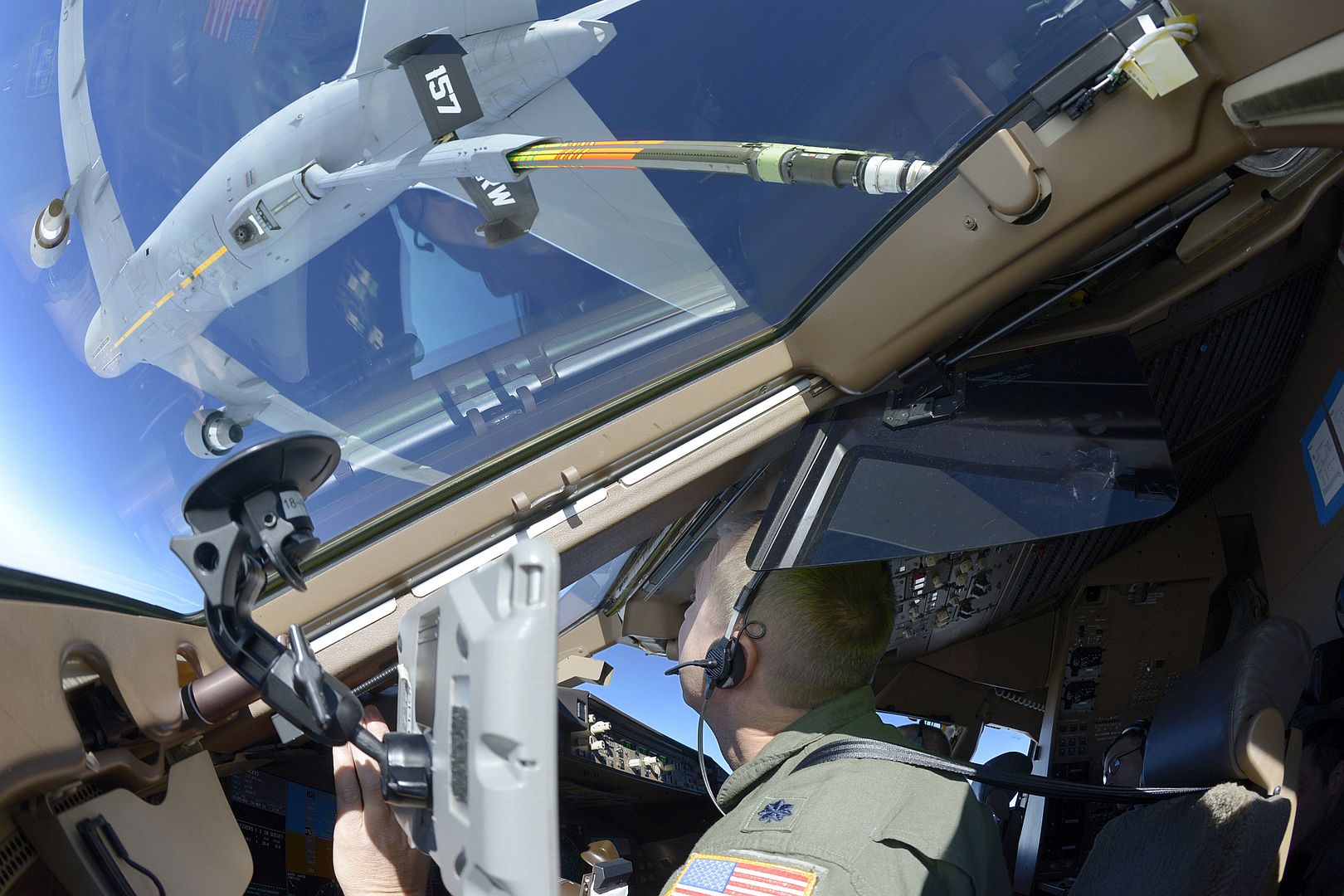
PHILIPPINE SEA (Nov. 21, 2022) An F/A-18E Super Hornet, attached to the Dambusters of Strike Fighter Squadron (VFA) 195, lands on the flight deck of the U.S. Navy’s only forward-deployed aircraft carrier, USS Ronald Reagan (CVN 76), during flight operations in the Philippine Sea, Nov. 21. The Dambusters earned their nickname on May 1, 1951 when the squadron's Skyraiders destroyed the heavily defended and strategically positioned Hwacheon Dam in North Korea with aerial torpedoes by making precise low level runs. Ronald Reagan, the flagship of Carrier Strike Group 5, provides a combat-ready force that protects and defends the United States, and supports Alliances, partnerships and collective maritime interests in the Indo-Pacific region. (U.S. Navy photo by Mass Communication Specialist 3rd Class Eric Stanton)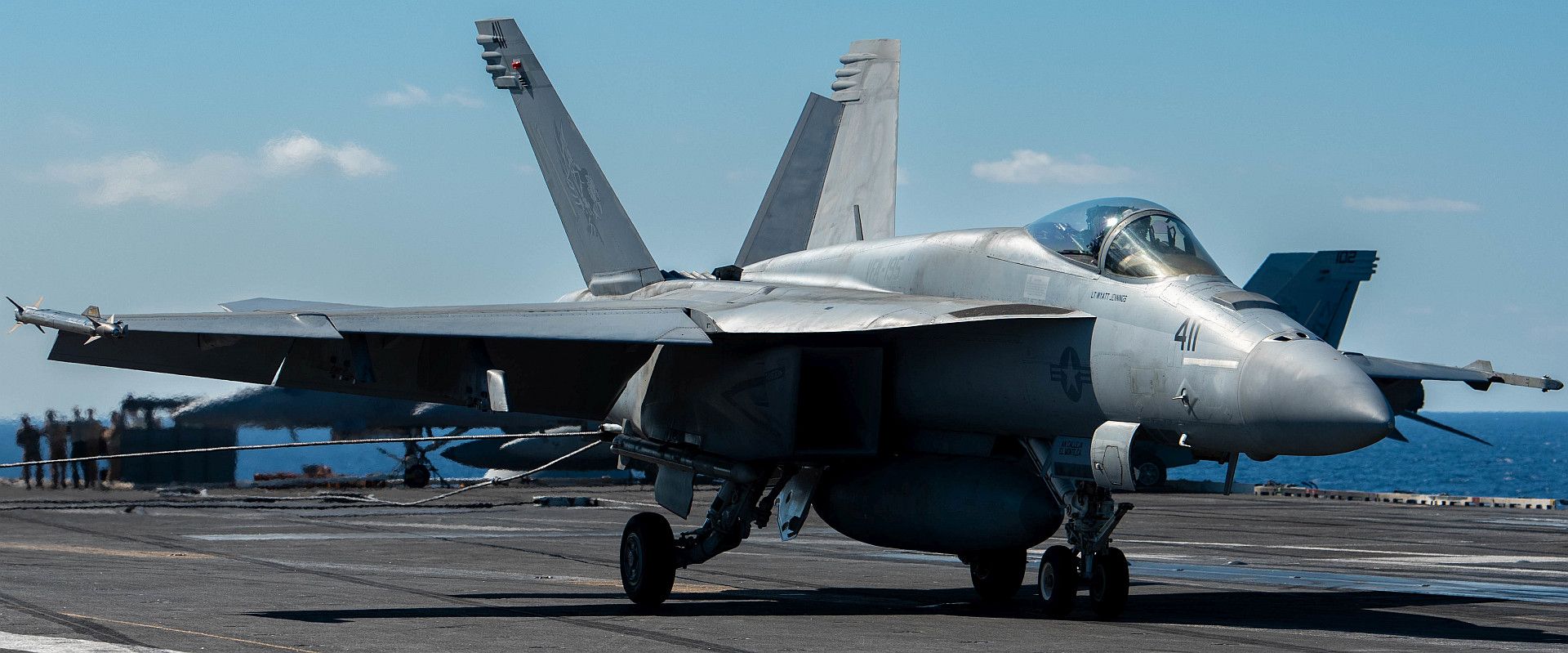
A formation of 44th Fighter Squadron F-15C Eagles and a 525th FS F-22A Raptor are stopped on the runway as part of a capabilities demonstration at Kadena Air Base, Japan, Nov. 22, 2022. Kadena’s ability to rapidly generate U.S. airpower is a vital function of its mission to ensure the stability and security of the Indo-Pacific region. (U.S. Air Force photo by Senior Airman Jessi Roth)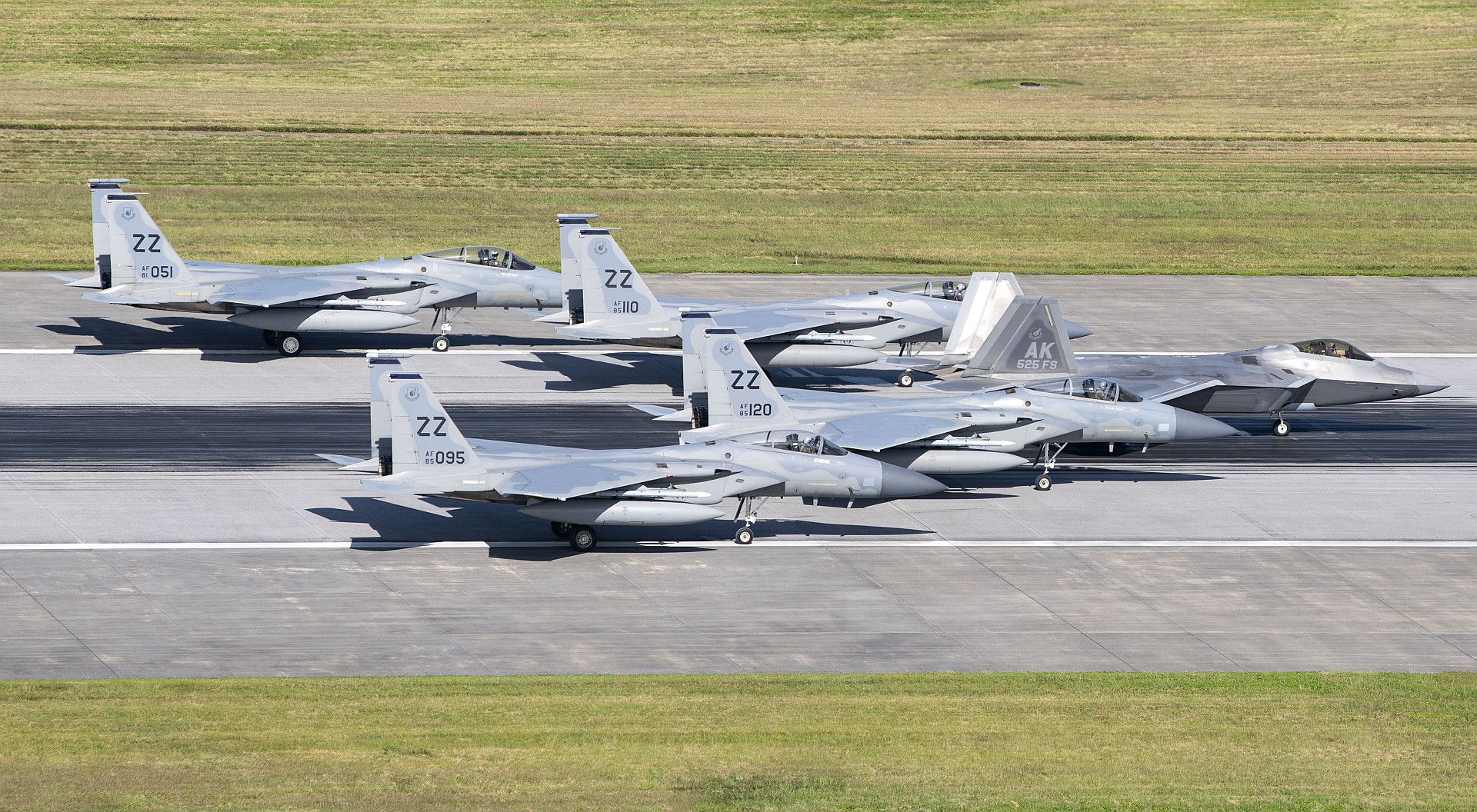
A U.S. Air Force F-22A Raptor assigned to the 3rd Wing taxis alongside F-15C Eagles assigned to the 18th Wing during a capabilities demonstration at Kadena Air Base, Japan, Nov. 22, 2022. Similar training is routinely conducted at U.S. Air Force bases across Japan and around the globe to ensure Airmen’s readiness to respond to a range of potential contingencies. (U.S. Air Force photo by Airman 1st Class Alexis Redin)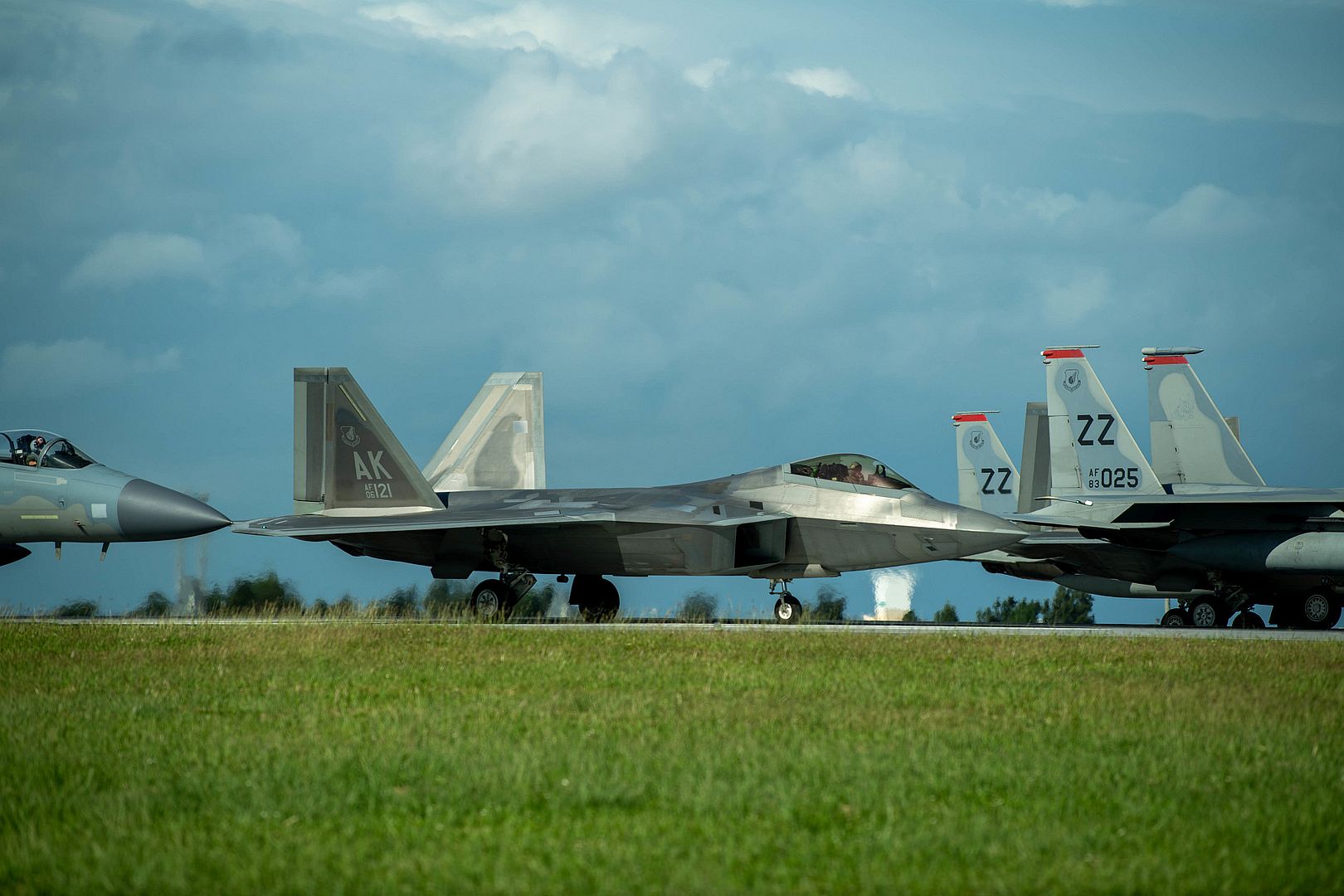
The B-52H Stratofortress waits parked at the Main Parking Area during a snow storm at Minot Air Force Base, North Dakota, Nov. 10, 2022. During the storm temperatures reached -4° (U.S. Air Force Photo by Airman 1st Class Alexander Nottingham)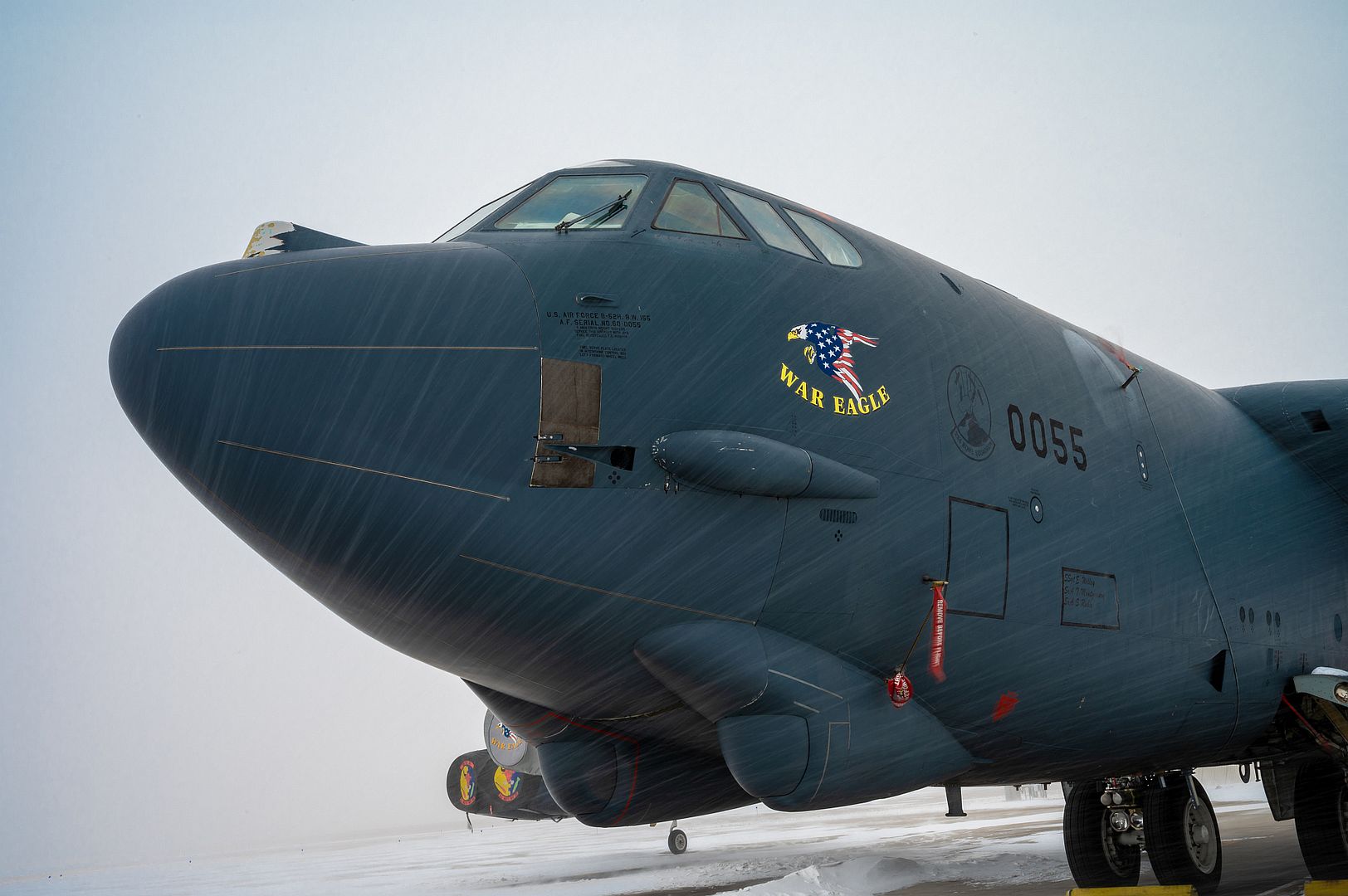
ST. CHARLES, Mo., Nov. 22, 2022 — Boeing [NYSE: BA]’s High Altitude Anti-Submarine Warfare Weapon Capability, or HAAWC, has satisfied all requirements for initial operational capability status from the U.S. Navy.
The all-weather HAAWC enables the Boeing P-8A Poseidon to deploy MK 54 torpedoes from near or below its cruising altitude.
“The initial operational capability milestone marks the readiness of HAAWC for fleet introduction for the Navy and its international partners,” said Dewayne Donley, program manager. “We’re excited to deliver greater flexibility and capability by way of higher-altitude launches from longer distances than previously possible.”
The milestone follows the award of a full-rate production contract for the system to Boeing in August, squadron training, and the receipt of low-rate initial production units.
HAAWC consists of a modular Air Launch Accessory, or ALA, kit that attaches to a MK 54 torpedo, transforming it into a precision-guided glide weapon.
“It’s a major achievement for our team in reaching our goal of establishing a new high ground in anti-submarine warfare,” said Bob Ciesla, vice president of Boeing Weapons. “We look forward to continuing to work alongside the Navy toward the full deployment and operational capability of the system.”
Additional fielding of HAAWC units are scheduled through 2024, with the potential for production to continue into 2030 under the current contract.
The long-range anti-submarine warfare, anti-surface warfare, intelligence, surveillance and reconnaissance P-8A aircraft has amassed more than 450,000 mishap-free flight-hours to date in support of broad-area, maritime and littoral operations, and performs humanitarian and search and rescue missions around the globe.
As a leading global aerospace company, Boeing develops, manufactures and services commercial airplanes, defense products and space systems for customers in more than 150 countries. As a top U.S. exporter, the company leverages the talents of a global supplier base to advance economic opportunity, sustainability and community impact. Boeing's diverse team is committed to innovating for the future, leading with sustainability, and cultivating a culture based on the company's core values of safety, quality and integrity. Join our team and find your purpose at boeing.com/careers.
-
2 years agoWed Nov 23 2022, 08:56pmDuggy
 Main AdminADRIATIC SEA (Nov. 21, 2022) An F/A-18F Super Hornet attached to Strike Fighter Squadron (VFA) 103, is taxied across the flight deck of the Nimitz-class aircraft carrier USS George H.W. Bush (CVN 77), Nov. 21, 2022. Carrier Air Wing (CVW) 7 is the offensive air and strike component of CSG-10 and the George H.W. Bush CSG. The squadrons of CVW-7 are Strike Fighter Squadron (VFA) 143, VFA-103, VFA-86, VFA-136, Carrier Airborne Early Warning Squadron (VAW) 121, Helicopter Sea Combat Squadron (HSC) 5, and Helicopter Maritime Strike Squadron (HSM) 46. The George H.W. Bush CSG is on a scheduled deployment in the U.S. Naval Forces Europe area of operations, employed by U.S. Sixth Fleet to defend U.S., allied, and partner interests. (U.S. Navy photo by Mass Communication Specialist 3rd Class Samuel Wagner)
Main AdminADRIATIC SEA (Nov. 21, 2022) An F/A-18F Super Hornet attached to Strike Fighter Squadron (VFA) 103, is taxied across the flight deck of the Nimitz-class aircraft carrier USS George H.W. Bush (CVN 77), Nov. 21, 2022. Carrier Air Wing (CVW) 7 is the offensive air and strike component of CSG-10 and the George H.W. Bush CSG. The squadrons of CVW-7 are Strike Fighter Squadron (VFA) 143, VFA-103, VFA-86, VFA-136, Carrier Airborne Early Warning Squadron (VAW) 121, Helicopter Sea Combat Squadron (HSC) 5, and Helicopter Maritime Strike Squadron (HSM) 46. The George H.W. Bush CSG is on a scheduled deployment in the U.S. Naval Forces Europe area of operations, employed by U.S. Sixth Fleet to defend U.S., allied, and partner interests. (U.S. Navy photo by Mass Communication Specialist 3rd Class Samuel Wagner)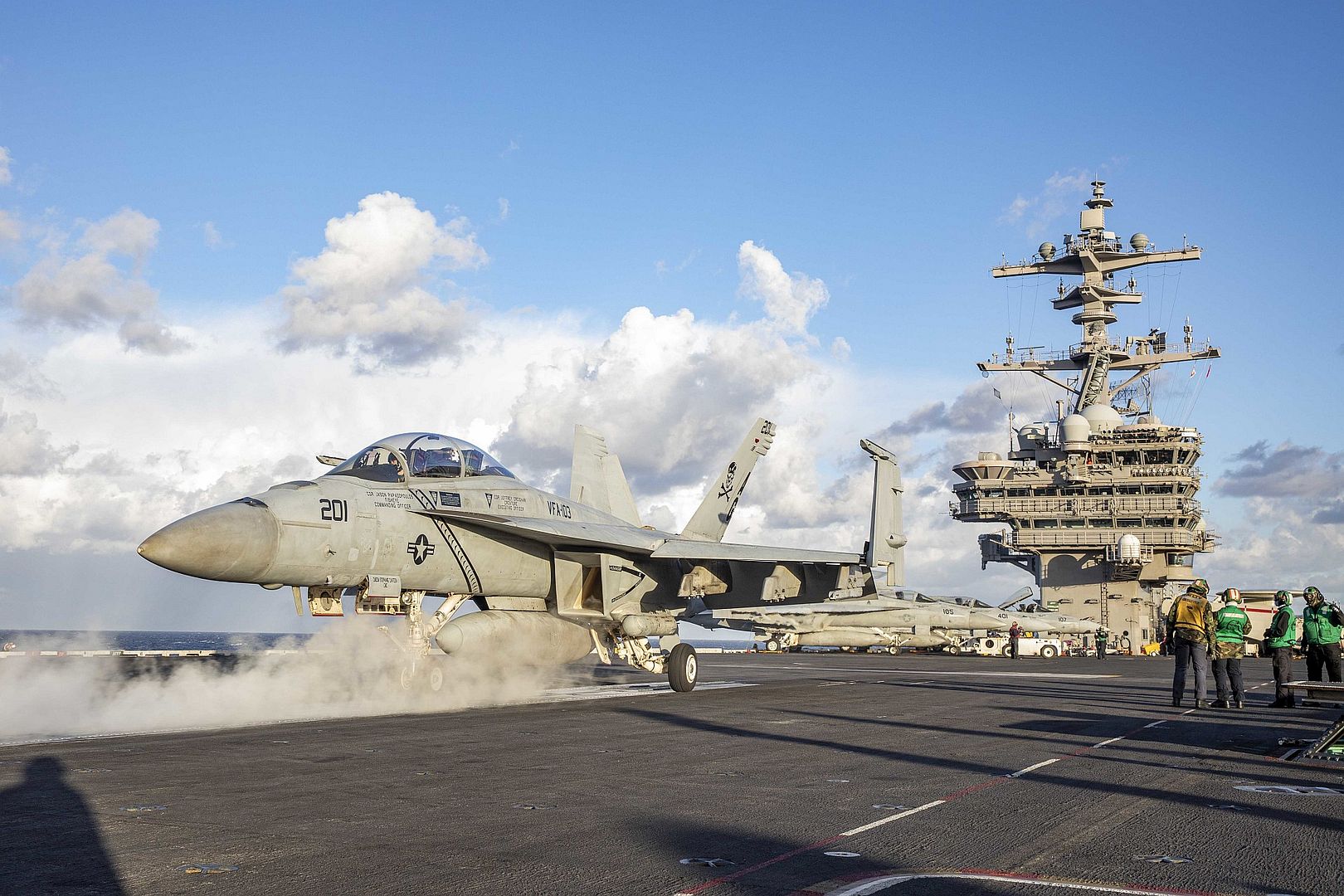
PHILIPPINE SEA (Nov. 22, 2022) An F/A-18F Super Hornet, attached to the Diamondbacks of Strike Fighter Squadron (VFA) 102, prepares to launch on the flight deck of the U.S. Navy’s only forward-deployed aircraft carrier, USS Ronald Reagan (CVN 76), in the Philippine Sea, Nov. 22. The Diamondbacks conduct carrier-based air strikes and strike force escort missions, as well as ship, battle group, and intelligence collection operations. Ronald Reagan, the flagship of Carrier Strike Group 5, provides a combat-ready force that protects and defends the United States, and supports Alliances, partnerships and collective maritime interests in the Indo-Pacific region. (U.S. Navy photo by Mass Communication Specialist 3rd Class Dallas A. Snider)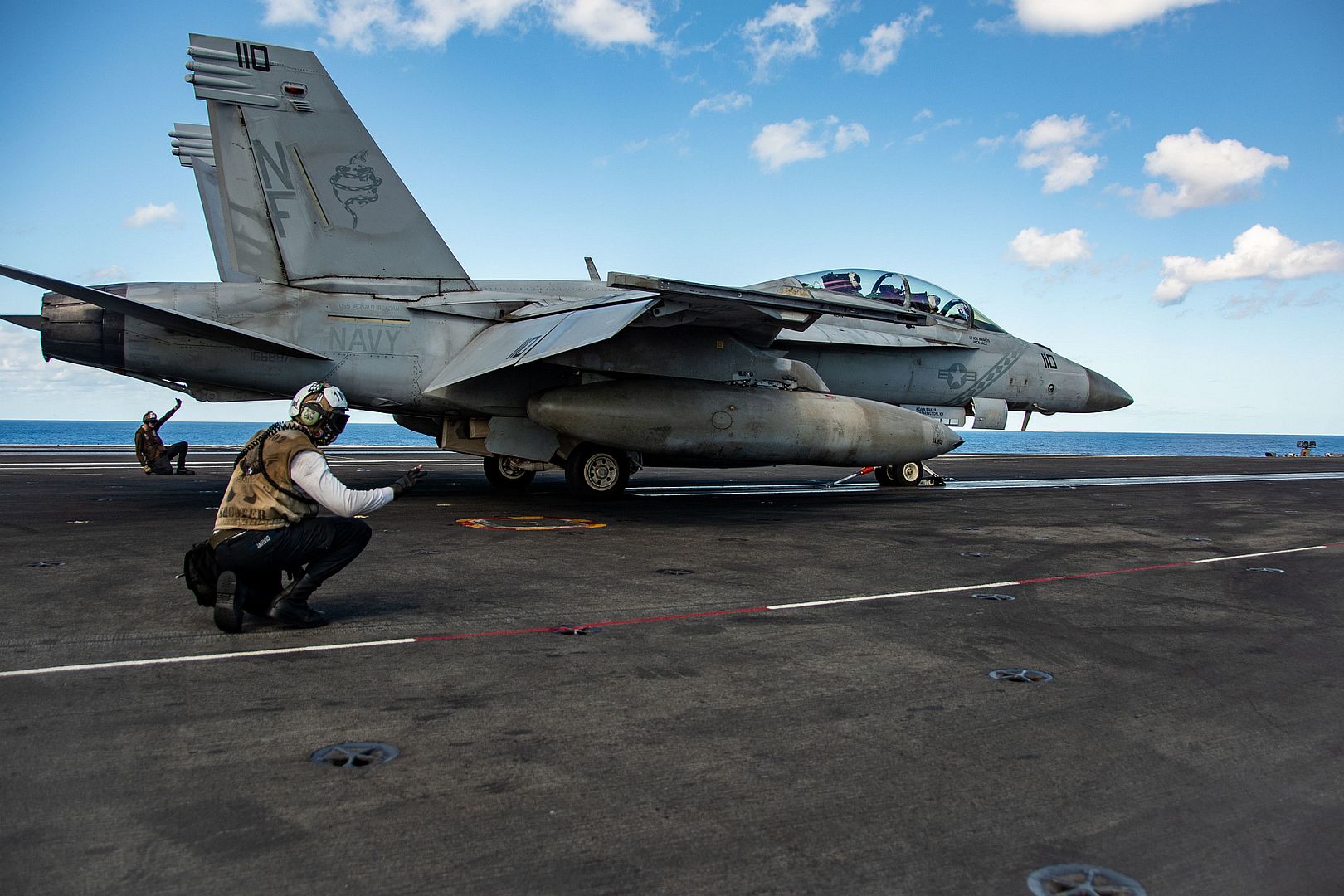
PHILIPPINE SEA (Nov. 22, 2022) Sailors prepare an F/A-18E Super Hornet, attached to the Royal Maces of Strike Fighter Squadron (VFA) 27, for launch on the flight deck of the U.S. Navy’s only forward-deployed aircraft carrier, USS Ronald Reagan (CVN 76), in the Philippine Sea, Nov. 22. The Royal Maces conduct carrier-based air strikes and strike force escort missions, as well as ship, battle group, and intelligence collection operations. Ronald Reagan, the flagship of Carrier Strike Group 5, provides a combat-ready force that protects and defends the United States, and supports Alliances, partnerships and collective maritime interests in the Indo-Pacific region. (U.S. Navy photo by Mass Communication Specialist 3rd Class Dallas A. Snider)
IONIAN SEA (Nov. 23, 2022) French Rafale fighter jets are loaded onto the catapult of the Nimitz-class aircraft carrier USS George H.W. Bush (CVN 77), during multi-carrier operations between the George H.W. Bush Carrier Strike Group (CSG), Charles de Gaulle CSG, and the Italian Cavour CSG Nov. 23, 2022. The George H.W. Bush CSG is on a scheduled deployment in the U.S. Naval Forces Europe area of operations, employed by U.S. Sixth Fleet to defend U.S., allied, and partner interests. (U.S. Navy photos by Mass Communication Specialist 3rd Class Samuel Wagner)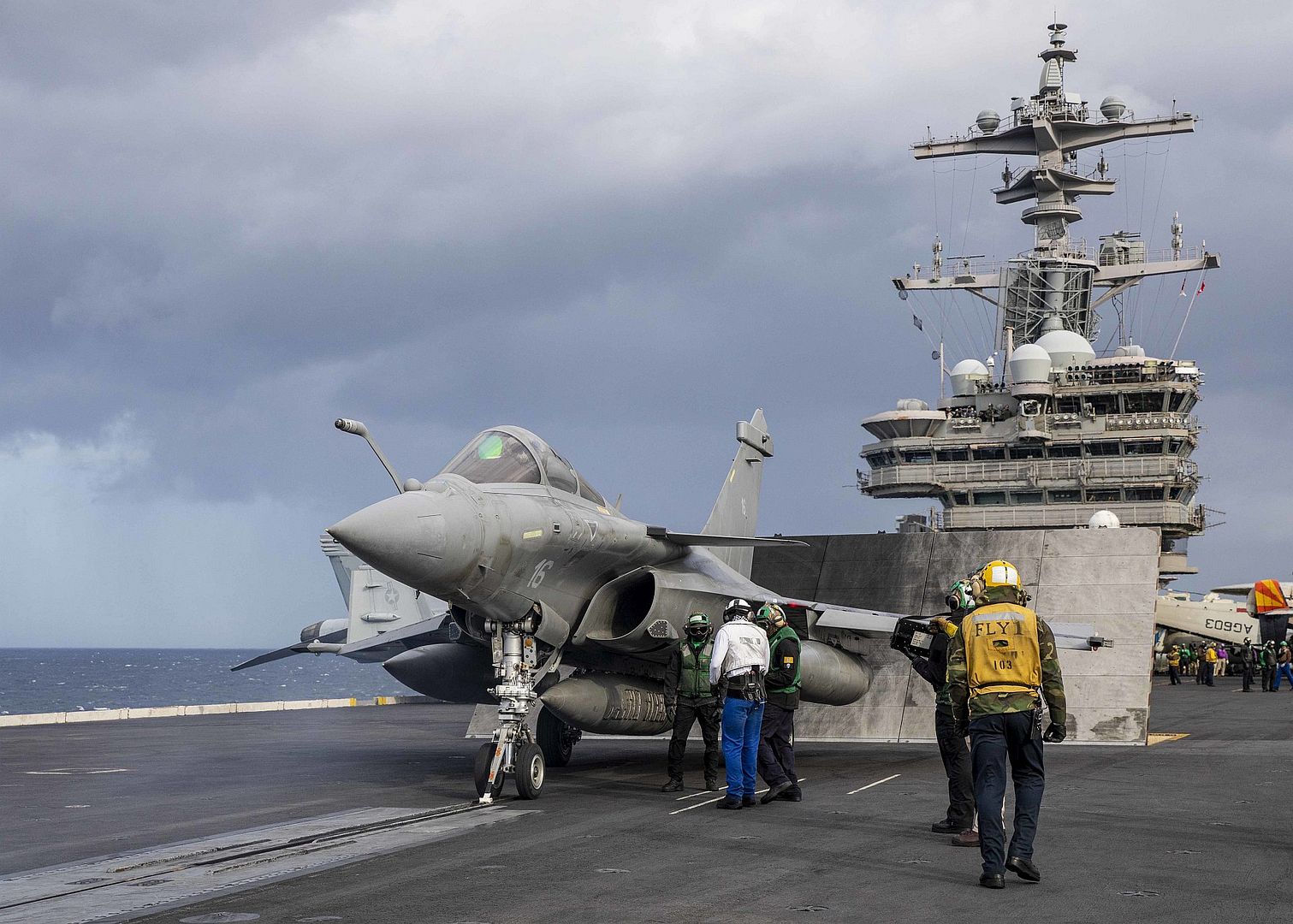
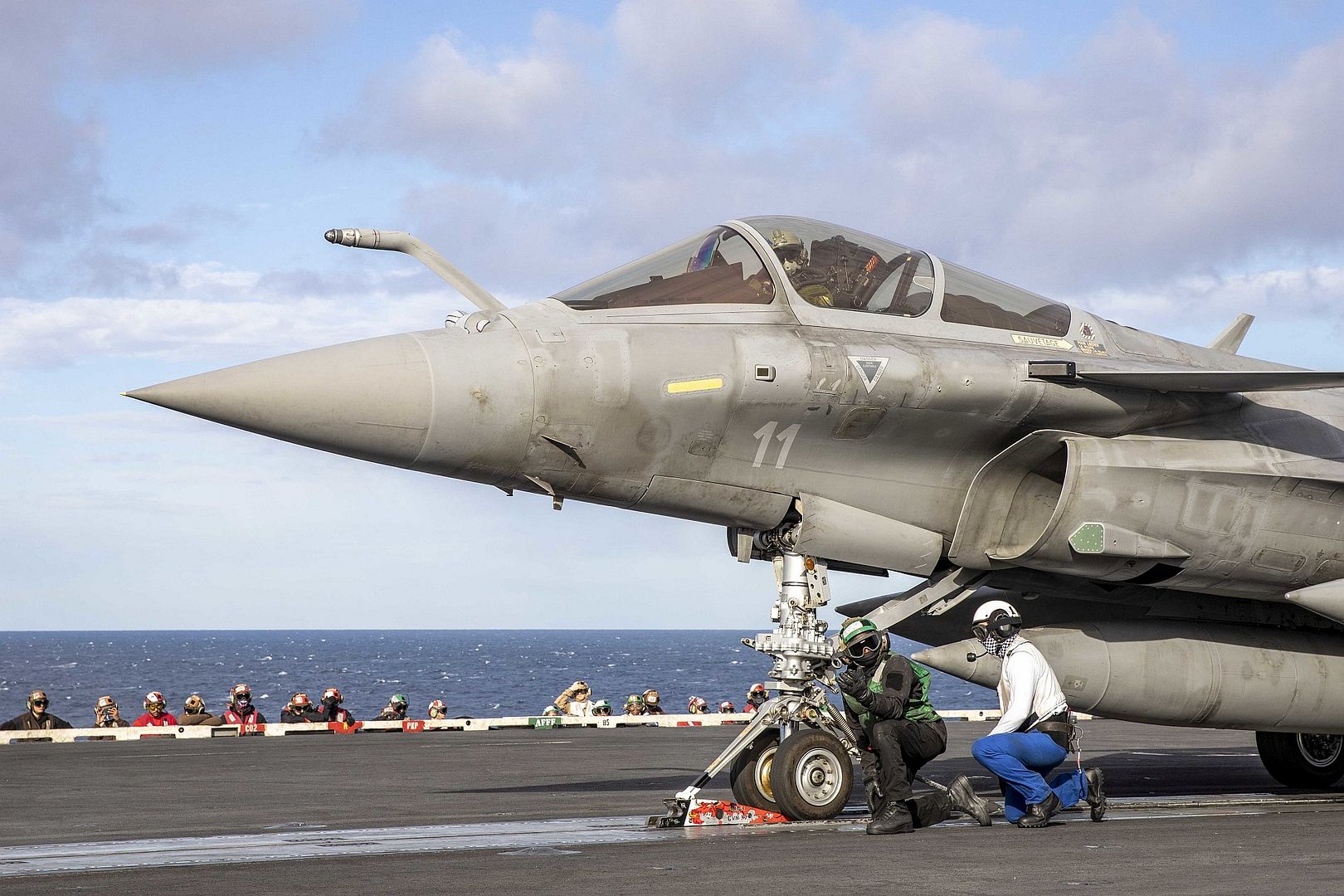
IONIAN SEA (Nov. 23, 2022) A French Rafale fighter jet performs a touch and go on the flight deck of the Nimitz-class aircraft carrier USS George H.W. Bush (CVN 77), during multi-carrier operations between the George H.W. Bush Carrier Strike Group (CSG), Charles de Gaulle CSG, and the Italian Cavour CSG Nov. 23, 2022. The George H.W. Bush CSG is on a scheduled deployment in the U.S. Naval Forces Europe area of operations, employed by U.S. Sixth Fleet to defend U.S., allied, and partner interests. (U.S. Navy photo by Mass Communication Specialist 3rd Class Samuel Wagner)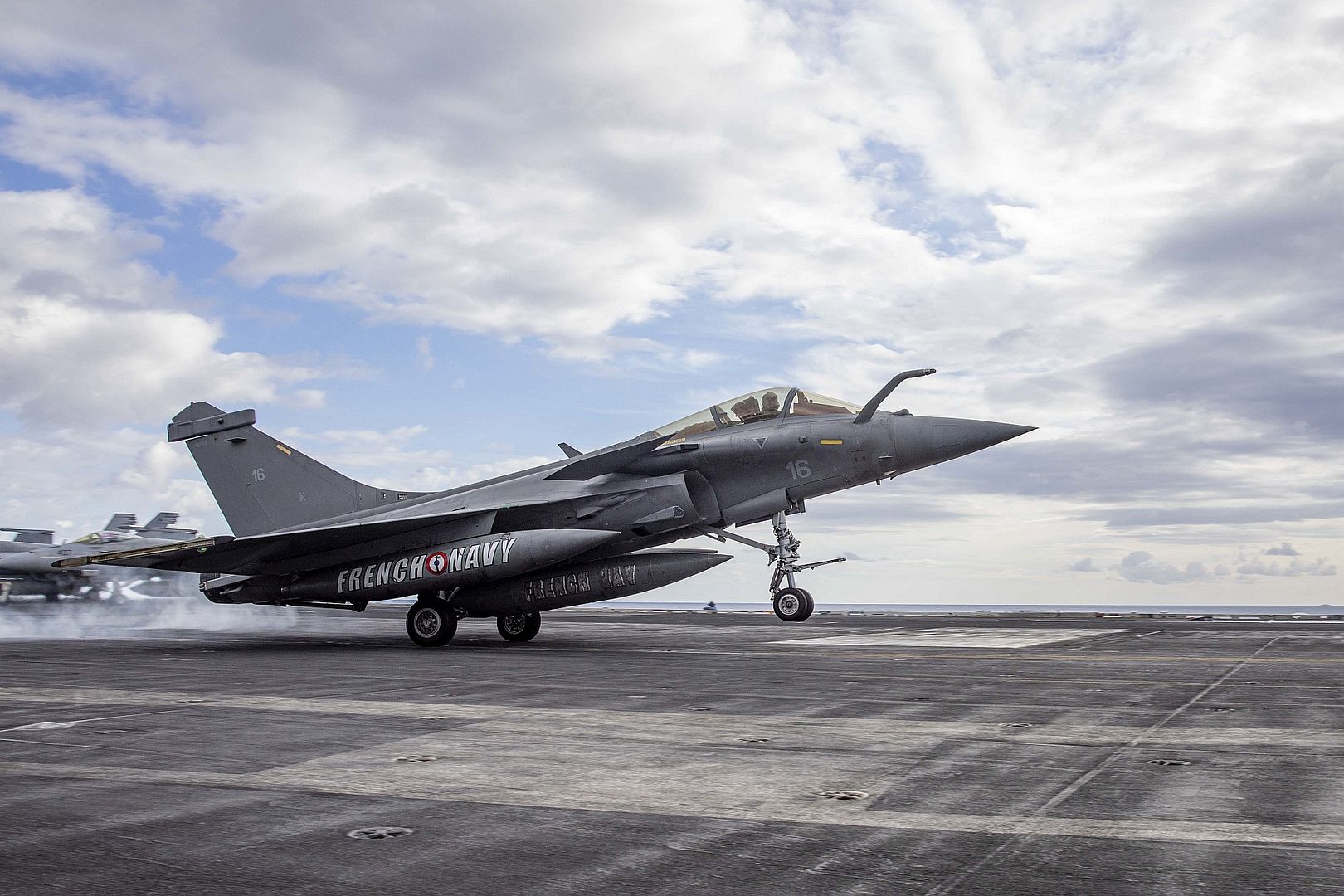
An RC-135 Rivet Joint reconnaissance aircraft assigned to the 55th Wing, Offutt Air Force Base, Nebraska, takes-off for a Weapons School Integration (WSINT) mission at Nellis Air Force Base, Nevada, Nov. 21, 2022. The RC-135V/W Rivet Joint reconnaissance aircraft supports theater and national level consumers with near real time on-scene intelligence collection, analysis and dissemination capabilities. (U.S. Air Force photo by William R. Lewis)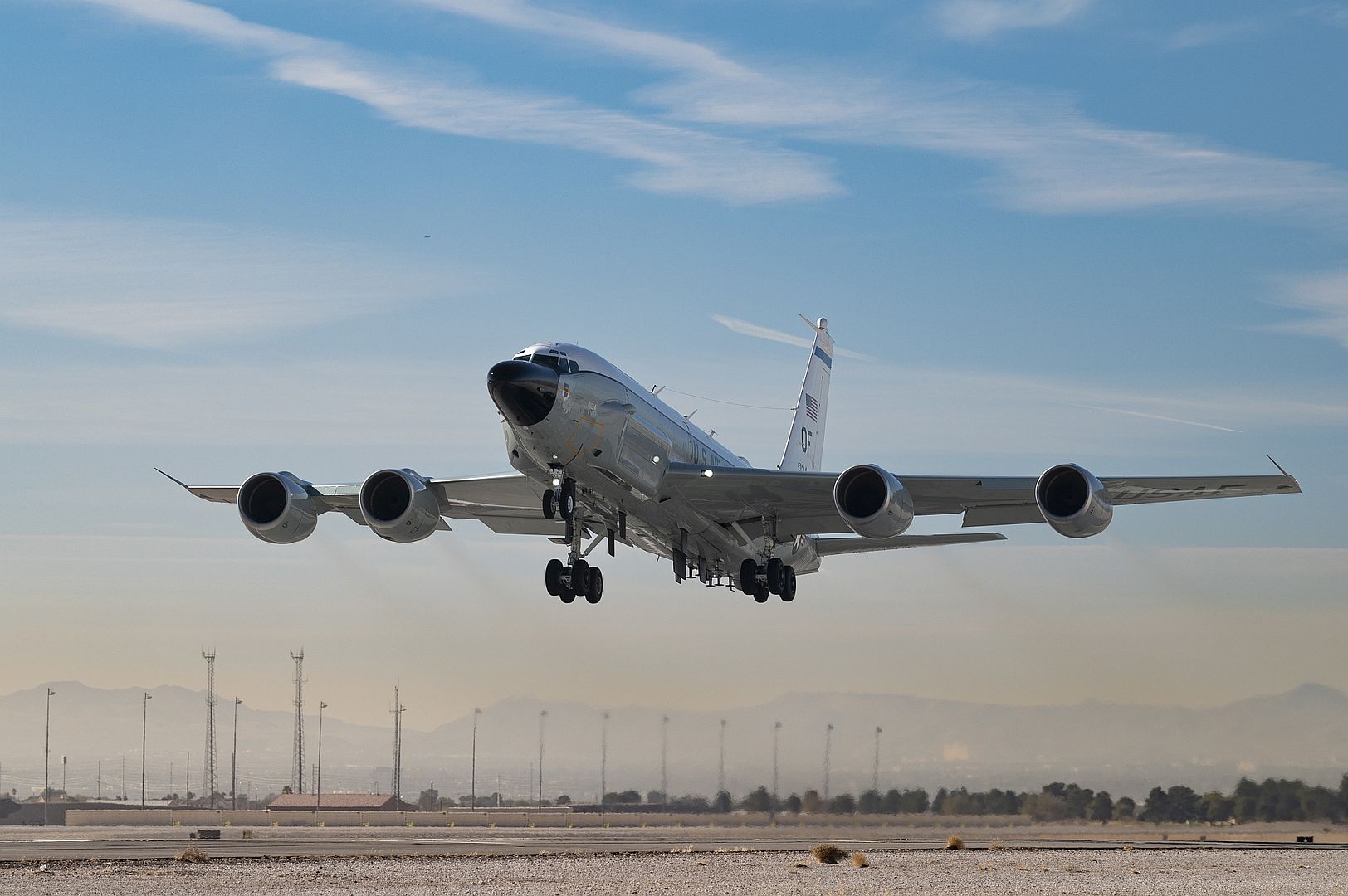
An F-15EX Eagle II assigned to the 85th Test and Evaluation Squadron, Eglin Air Force Base, Florida, takes off from Nellis Air Force Base, Nevada, Nov. 21, 2021. The F-15EX is at Nellis AFB supporting a Weapons School Integration (WSINT) exercise. (U.S. Air Force photo by William R. Lewis)
An F-35A assigned to 6th Weapons Squadron, Nellis Air Force Base, Nevada, takes off for a Weapons School Integration (WSINT) mission at Nellis Air Force Base, Nevada, Nov. 21, 2022. The U.S. Air Force Weapons School trains tactical experts and leaders to control and exploit air, space and cyber on behalf of the joint force. (U.S. Air Force photo by William R. Lewis)
A C-130J Super Hercules assigned to the 62nd Airlift Squadron flies over Arkansas during a training mission, Nov. 21, 2022. The 62nd AS provides advanced training to C-130 pilots and loadmasters for combat airlift and airdrop operations. (U.S. Air Force photo by Tech. Sgt. Dana J. Cale)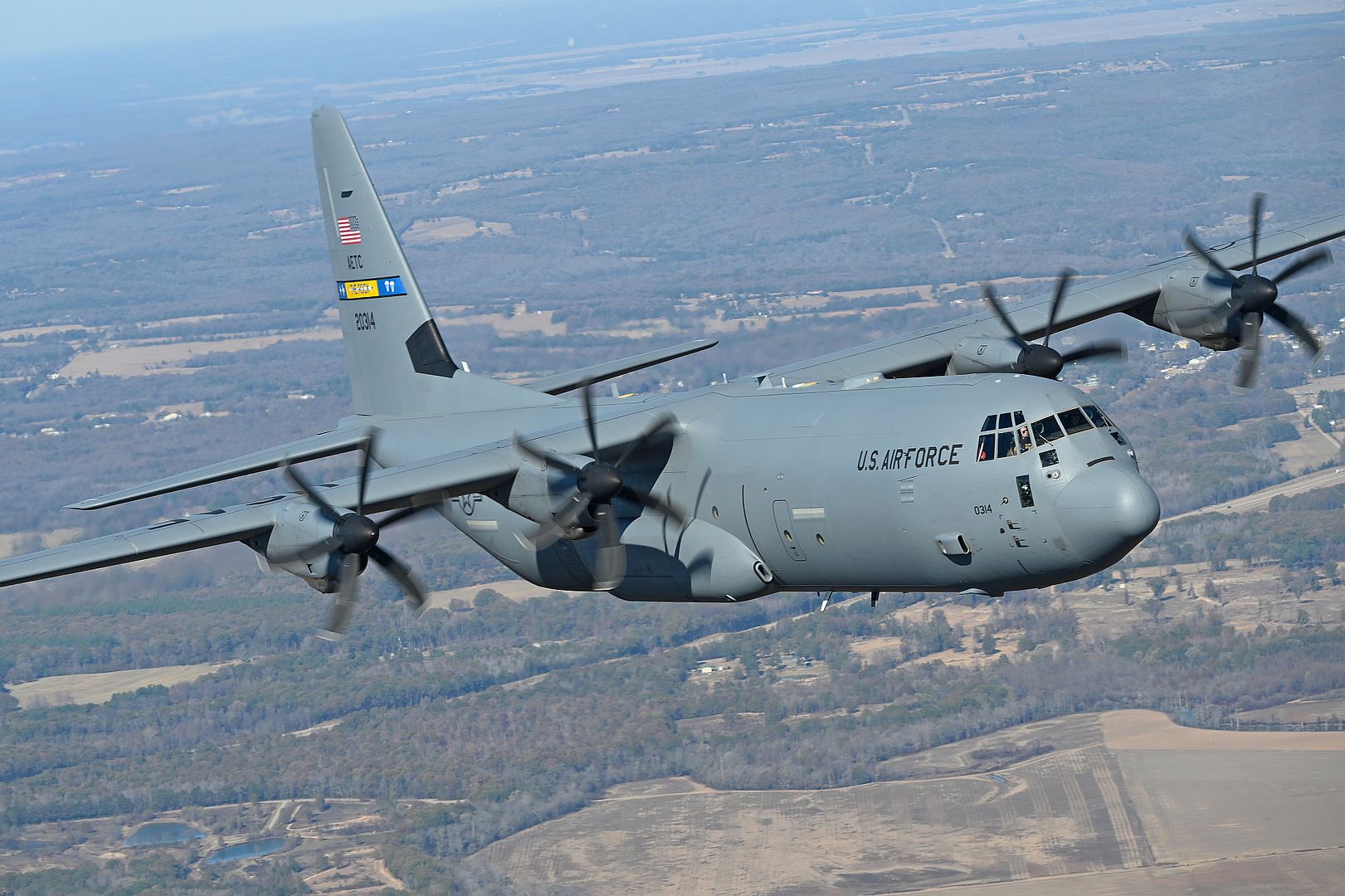
São José dos Campos - Brazil, November 23, 2022 – Embraer and the TUI Group announced today that they have signed a contract for the Pool Program to support TUI’s fleet of Embraer E195-E2s. The TUI Group will take delivery of three E195-E2 from AerCap on long-term lease. The aircraft, from AerCap’s existing fleet, will be delivered in a comfortable 136-seat single-class configuration in the first half of 2023.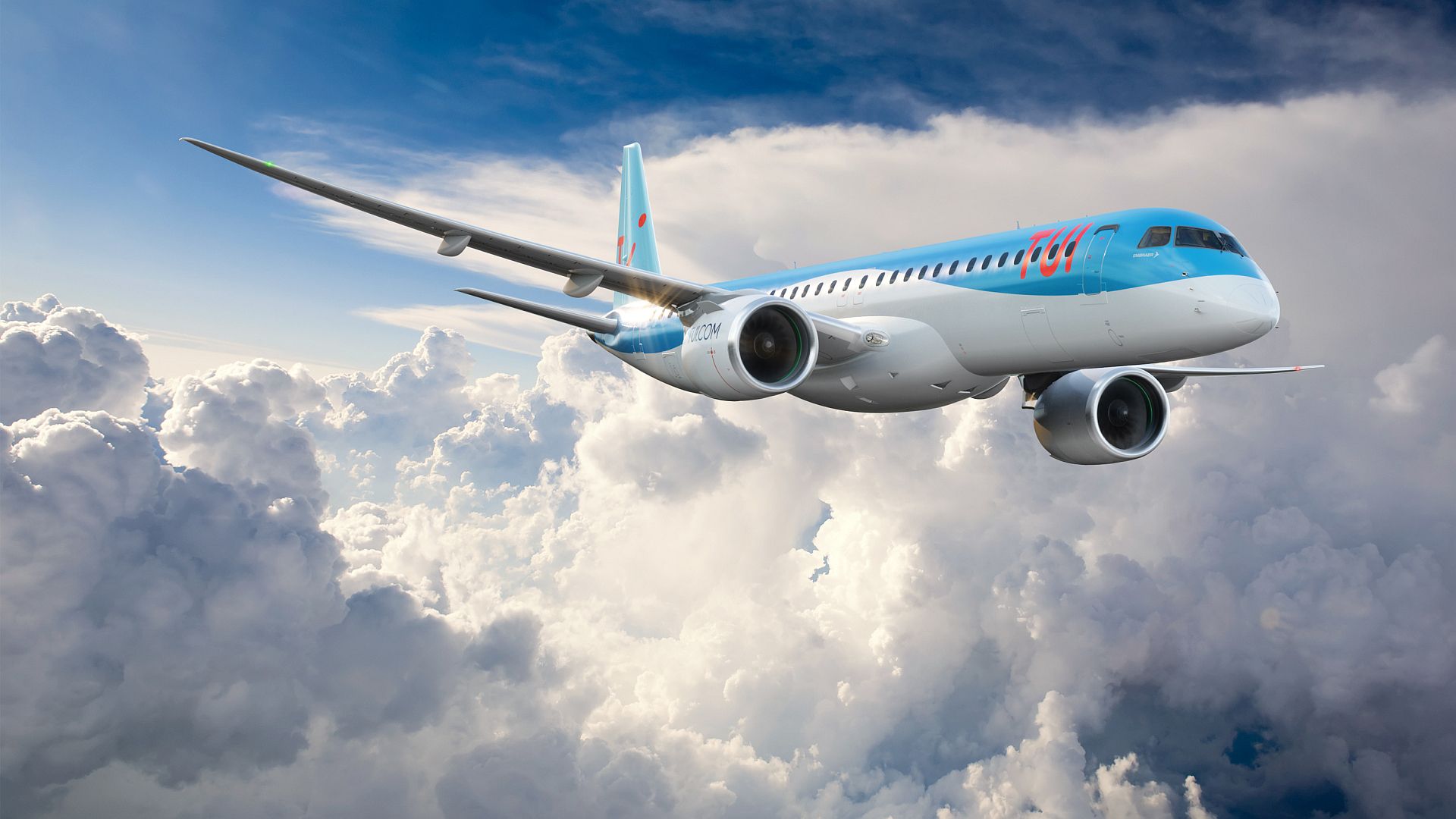
The contract will provide the airline access to component exchanges and repair services for more than 340 reparable parts, plus interchangeable parts for TUI’s Embraer aircraft. Currently, Embraer’s Pool Program supports more than 50 airlines worldwide.
“It’s a pleasure for Embraer to have TUI on board the Pool Program. Beyond having access to all Embraer’s spare parts inventory, TUI will count on the OEM’s expertise to support its E2 fleet,” said Danielle Vardaro, Vice-President of Worldwide Customer Support and Aftermarket Sales, Commercial Aviation, Embraer Services & Support.
“Signing this new agreement with Embraer for the E195-E2 Pool Program, ensures a high component availability and access to a comprehensive support and services package. This will allow us to operate our new E2 jets for our guests according to TUI’s high operational standards”, said Geert Somers, Engineering & Maintenance Director at TUI Airline.
Embraer’s Pool Program is designed to allow airlines to minimize their upfront investment in high-value repairable inventories and resources, while taking advantage of Embraer’s technical expertise and vast repair service provider network for components. The results are significant savings on repair and inventory carrying costs, reduction in required warehousing space, and the virtual elimination of the need for resources required for repair management, while ultimately providing guaranteed performance levels.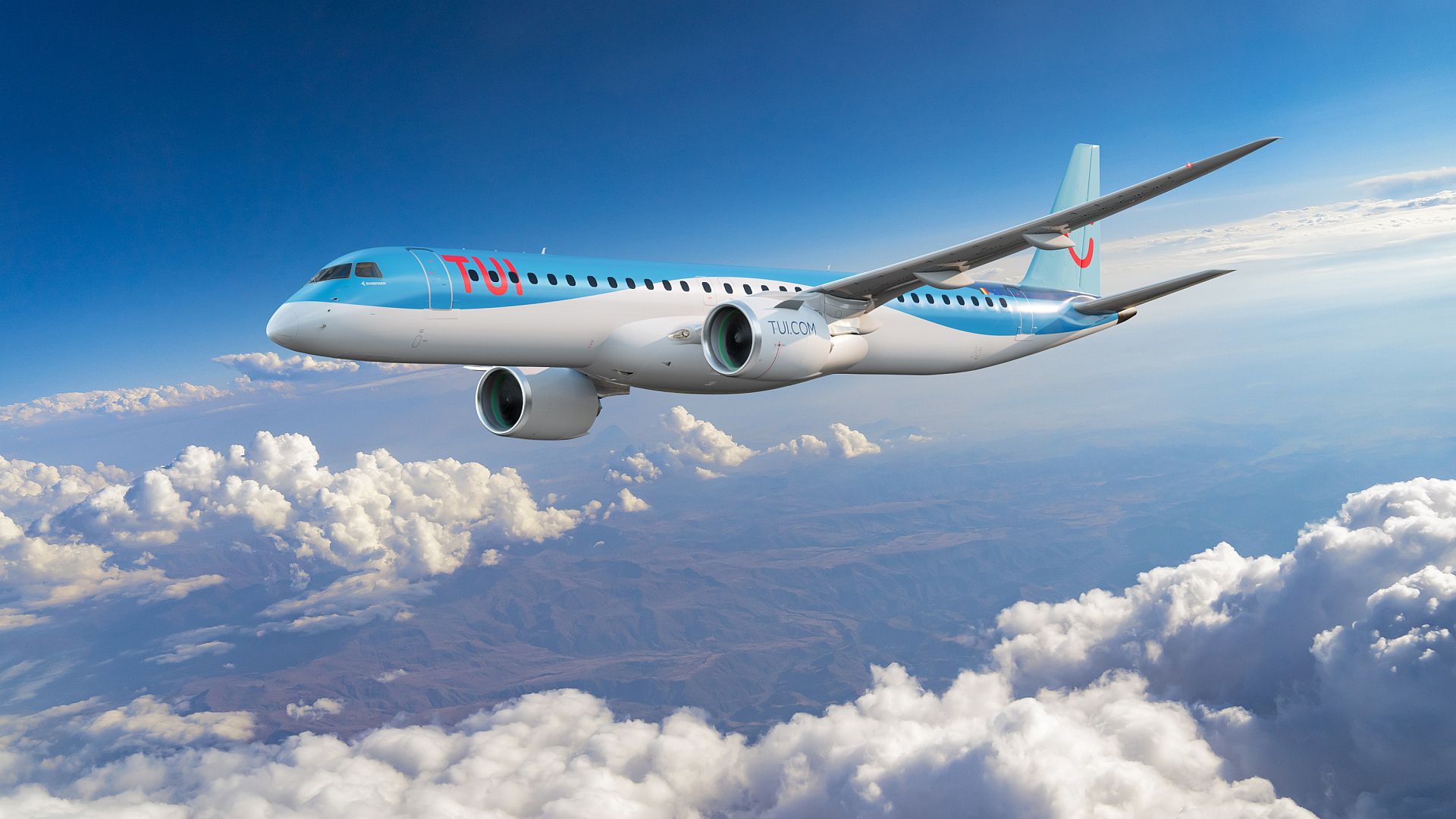
About the TUI Group
The TUI Group is one of the world's leading tourism groups. The company is based in Germany. TUI shares are listed on the FTSE 250, an index of the London Stock Exchange, on the regulated market of the Lower Saxony Stock Exchange in Hanover and on the over-the-counter market of the Frankfurt Stock Exchange. The TUI Group offers integrated services from a single source for its 27 million customers, 21 million of whom are in the European national companies.
The entire tourism value chain is mapped under one roof. This includes over 400 hotels and resorts with premium brands such as RIU, TUI Blue and Robinson and 16 own cruise ships, from MS Europa and MS Europa 2 in the luxury class and expedition ships to the Mein Schiff fleet of TUI Cruises and cruise ships at Marella Cruises in the UK. The group also includes Europe's leading tour operator brands and online marketing platforms, five airlines with more than 100 modern medium and long-haul aircraft and over 1,000 travel agencies. In addition to expanding the core business with hotels, cruises via successful joint ventures and activities in holiday destinations, TUI is increasingly focusing on the expansion of digital platforms. The group is transforming into a digital company.
Global responsibility for sustainable economic, ecological and social action is at the core of our corporate culture. The TUI Care Foundation, initiated by TUI, focuses on the positive effects of tourism, on education and training and on strengthening environmental and social standards with projects in 25 countries. It thus supports holiday destinations in their development.
-
 Main AdminU.S. Air Force Senior Airman Zackary Short, and Keven Torres, forward area refueling point (FARP) specialists assigned to the 26th Expeditionary Rescue Squadron, provide fuel to a MQ-9 Reaper from a HC-130J Combat King II aircraft at an undisclosed location within the U.S. Central Command area of responsibility, Nov. 19, 2022. FARP specialists provide a unique refueling capability, extending the reach of a variety of aircraft in austere locations across the CENTCOM AOR. (U.S. Air Force photo by Tech. Sgt. Daniel Asselta)
Main AdminU.S. Air Force Senior Airman Zackary Short, and Keven Torres, forward area refueling point (FARP) specialists assigned to the 26th Expeditionary Rescue Squadron, provide fuel to a MQ-9 Reaper from a HC-130J Combat King II aircraft at an undisclosed location within the U.S. Central Command area of responsibility, Nov. 19, 2022. FARP specialists provide a unique refueling capability, extending the reach of a variety of aircraft in austere locations across the CENTCOM AOR. (U.S. Air Force photo by Tech. Sgt. Daniel Asselta)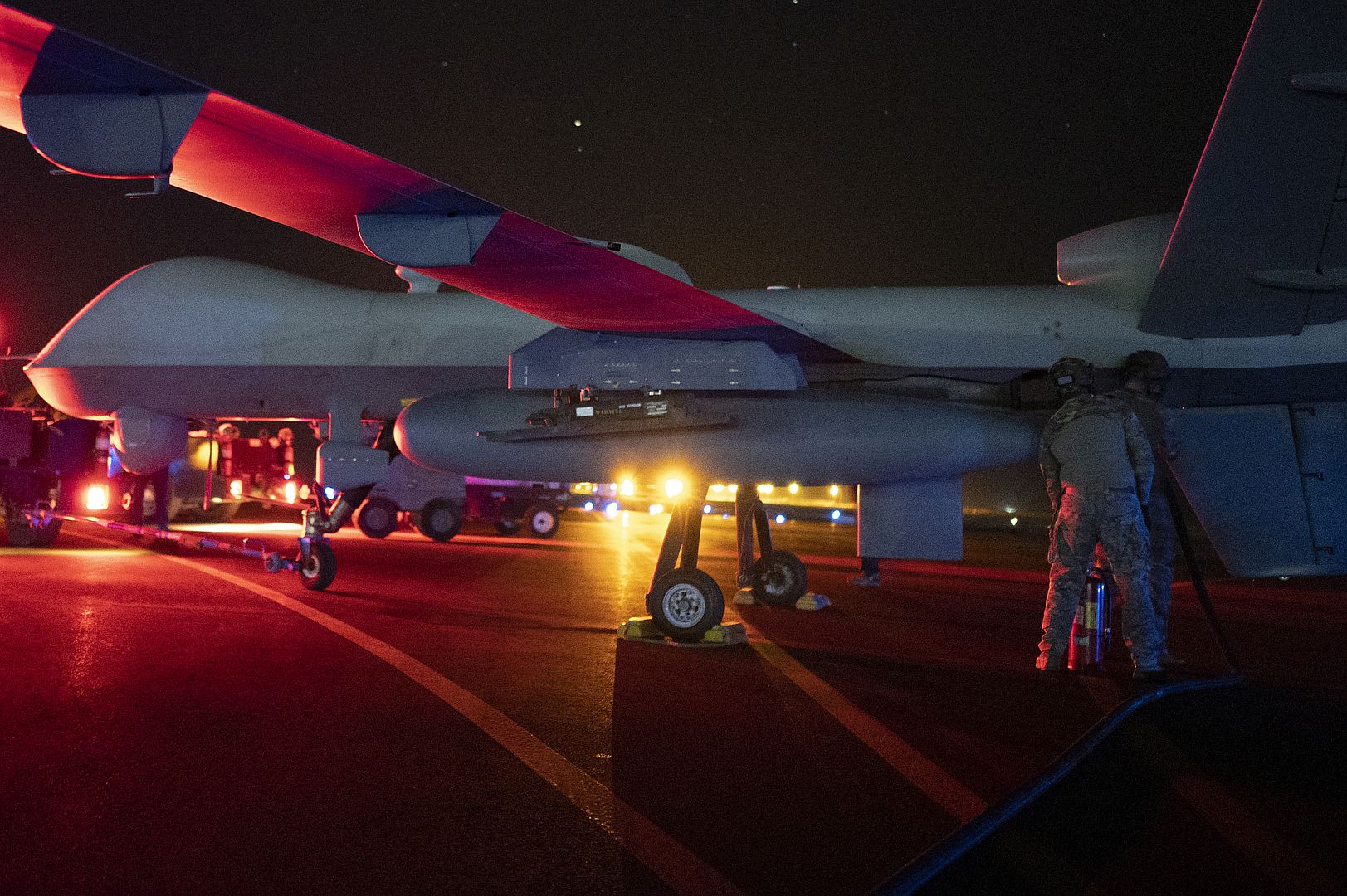
Rome 24 November 2022
BriteCloud’s world-first miniaturised jamming technology delivers a major upgrade in aircraft protection compared to traditional expendable countermeasures
The decoy will be designated AN/ALQ-260(V)1 in U.S. Armed Forces service
The U.S. Air National Guard (ANG) has issued a ‘fielding recommendation’ for Leonardo’s BriteCloud 218 expendable active decoy, tested on US F-16 Fighting Falcon aircraft. This means that the service, which has conducted an extensive testing and live trials campaign with BriteCloud since 2019, is confident that the decoy meets and, in some instances, even exceeds operational requirements, delivering an increased platform protection capability to 4th generation fighter aircraft like the F-16.
The U.S. Air Force has subsequently designated BriteCloud 218 as AN/ALQ-260(V)1, identifying it as an airborne electronic warfare countermeasure. BriteCloud is unique in the combat air countermeasure market, packing latest-generation DRFM jamming technology into a compact expendable that can be launched from standard countermeasure dispensers. Unlike traditional chaff and flares, BriteCloud employs a sophisticated on-board electronic warfare capability designed to counter radar-guided threats.
Designed and manufactured by Leonardo in the UK, BriteCloud has already entered service with the UK’s Royal Air Force. As a world-first technology, BriteCloud has been undergoing evaluation for potential service with U.S. Armed Forces under the Office of Secretary of Defense (OSD) Foreign Comparative Testing (FCT) programme. The fielding recommendation by the ANG is one of the final stages of the programme and gives the green light to BriteCloud 218 as proven effective and fit for operations.
The BriteCloud 218-variant rounds evaluated under the FCT are standard-sized rectangular countermeasures measuring just two by one by eight inches. This means they are compatible with common dispensers including the AN/ALE-47 and are ready to equip other 4th generation fighters such as the F-15, F/A-18, F-16 and A-10 fighters. BriteCloud 218 is also an effective protection capability for smaller uncrewed platforms, with the German Armed Forces successfully trialing the system with target drone aircraft last year.
Leonardo’s original BriteCloud 55 decoy (a slightly larger variant, compatible with round 55mm flare dispensers such as those on the Eurofighter Typhoon and Saab Gripen C/D), is used by the UK’s Royal Air Force. BriteCloud’s unique combination of latest-generation threat protection with extremely low integration costs continues to generate significant international interest and Leonardo is in talks with a number of Air Forces about the capability.
(U.S. Air Force Photo by Tech. Sgt. Gregory Brook)
-
 Main AdminIONIAN SEA (Nov. 23, 2022) Two F/A-18E Super Hornets, attached to Strike Fighter Squadron (VFA) 143, fly above the Ionian Sea with Italian AV-8B Harrier II aircraft, Nov. 23, 2022. Carrier Air Wing (CVW) 7 is the offensive air and strike component of Carrier Strike Group (CSG) 10 and the George H.W. Bush CSG. The squadrons of CVW-7 are VFA-86, VFA-103, VFA-136, VFA-143, Carrier Airborne Early Warning Squadron (VAW) 121, Helicopter Sea Combat Squadron (HSC) 5, and Helicopter Maritime Strike Squadron (HSM) 46. The George H.W. Bush CSG is on a scheduled deployment in the U.S. Naval Forces Europe area of operations, employed by U.S. Sixth Fleet to defend U.S., allied, and partner interests. (U.S. Navy courtesy photos by Strike Fighter Squadron (VFA) 103)
Main AdminIONIAN SEA (Nov. 23, 2022) Two F/A-18E Super Hornets, attached to Strike Fighter Squadron (VFA) 143, fly above the Ionian Sea with Italian AV-8B Harrier II aircraft, Nov. 23, 2022. Carrier Air Wing (CVW) 7 is the offensive air and strike component of Carrier Strike Group (CSG) 10 and the George H.W. Bush CSG. The squadrons of CVW-7 are VFA-86, VFA-103, VFA-136, VFA-143, Carrier Airborne Early Warning Squadron (VAW) 121, Helicopter Sea Combat Squadron (HSC) 5, and Helicopter Maritime Strike Squadron (HSM) 46. The George H.W. Bush CSG is on a scheduled deployment in the U.S. Naval Forces Europe area of operations, employed by U.S. Sixth Fleet to defend U.S., allied, and partner interests. (U.S. Navy courtesy photos by Strike Fighter Squadron (VFA) 103)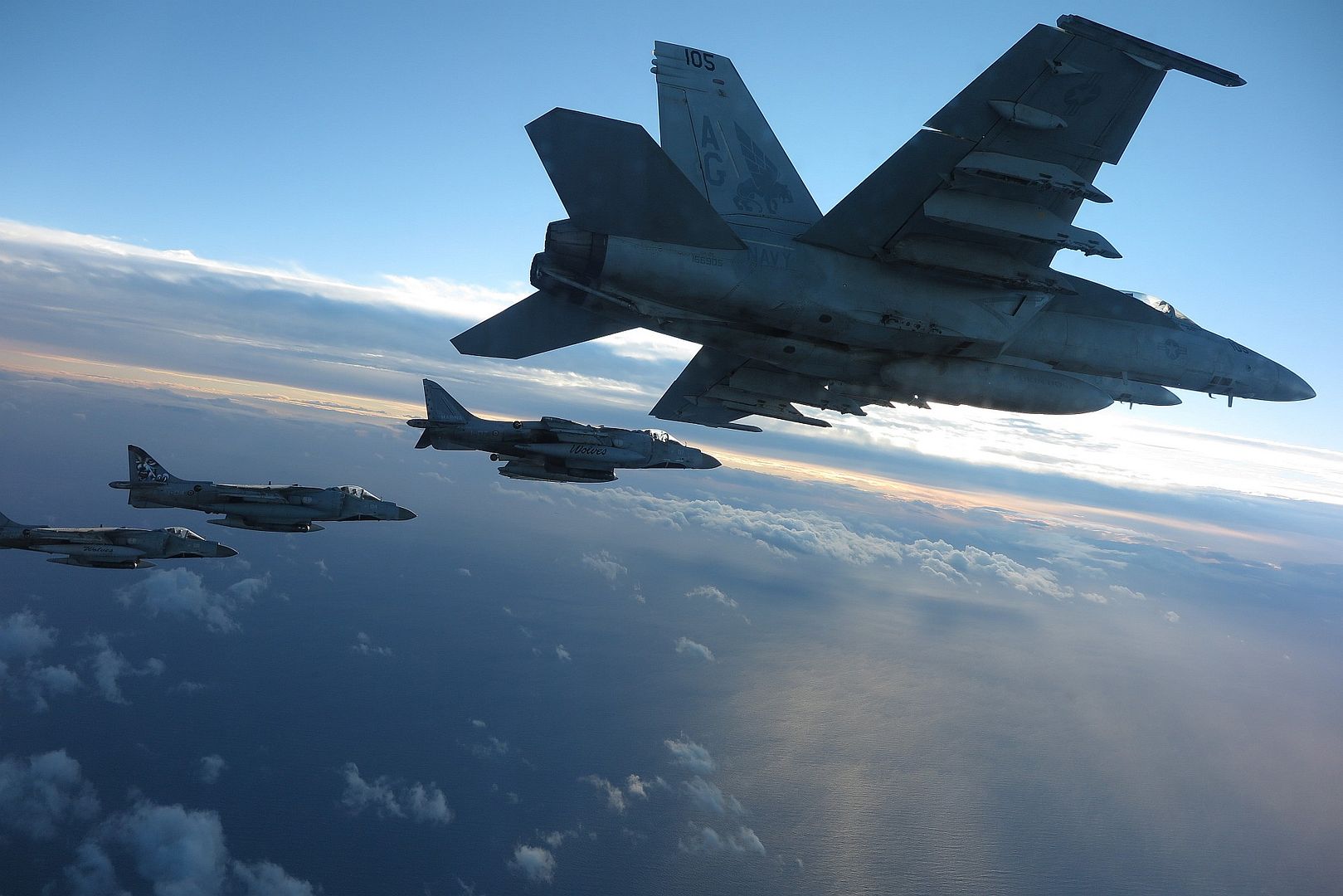
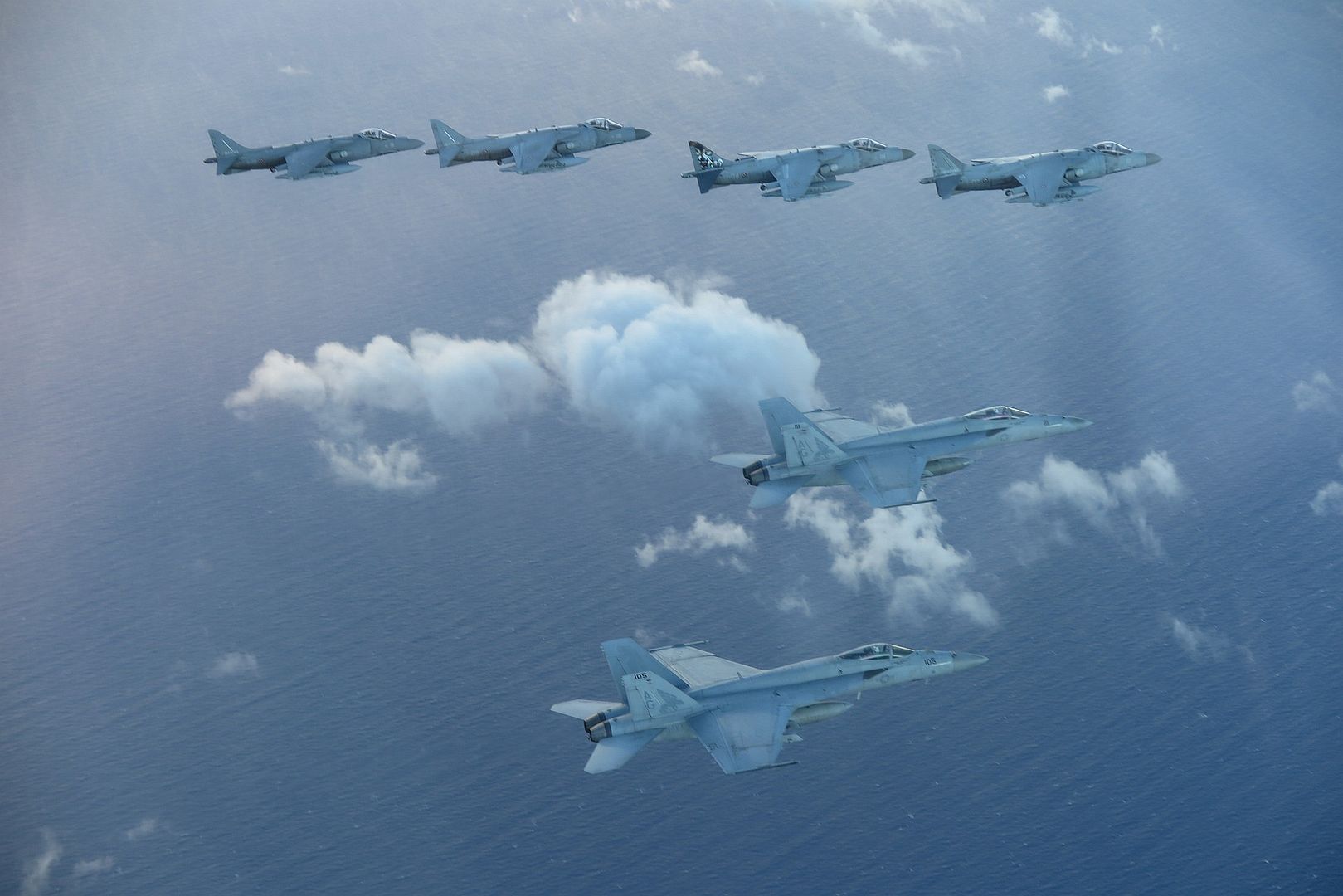
An F/A-18E Super Hornet, attached to the “Tomcatters” of Strike Fighter Squadron (VFA) 31, prepares to depart the first-in-class aircraft carrier USS Gerald R. Ford (CVN 78) following the ship’s inaugural deployment, Nov. 25, 2022. More than 4,600 Sailors assigned to Ford operated in U.S. 2nd Fleet and 6th Fleet, increasing interoperability and interchangeability with NATO Allies and partners. Throughout the deployment, the Gerald R. Ford Carrier Strike Group sailed more than 9,200 miles, completed more than 1,250 sorties, expended 78.3 tons of ordnance, completed 13 underway replenishments and hosted more than 400 distinguished visitors. (U.S. Navy photo by Chief Mass Communication Specialist Julie R. Matyascik)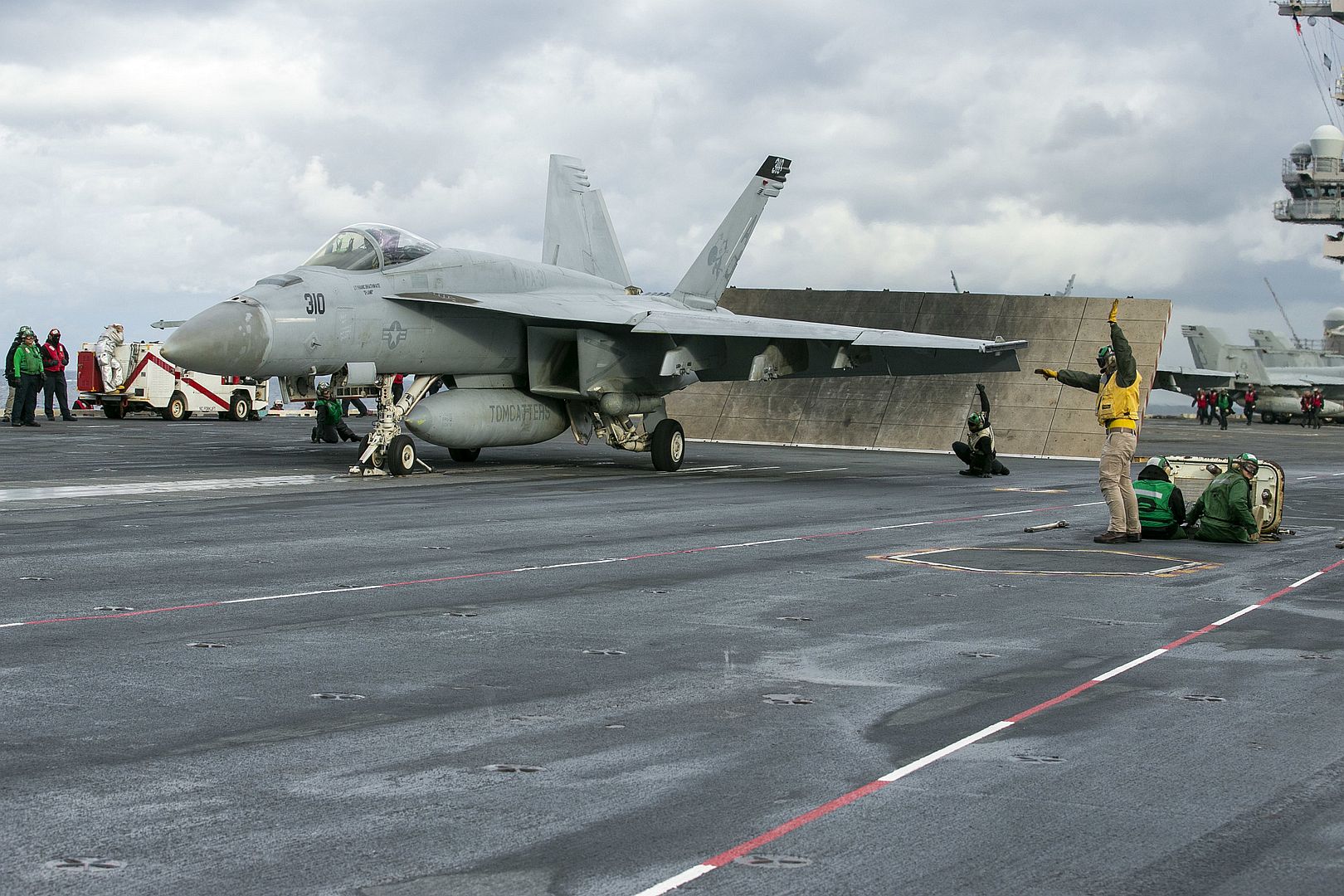
An F/A-18F Super Hornet, attached to the “Blacklions” of Strike Fighter Squadron (VFA) 213, prepares to depart the first-in-class aircraft carrier USS Gerald R. Ford (CVN 78) following the ship’s inaugural deployment, Nov. 25, 2022. More than 4,600 Sailors assigned to Ford operated in U.S. 2nd Fleet and 6th Fleet, increasing interoperability and interchangeability with NATO Allies and partners. Throughout the deployment, the Gerald R. Ford Carrier Strike Group sailed more than 9,200 miles, completed more than 1,250 sorties, expended 78.3 tons of ordnance, completed 13 underway replenishments and hosted more than 400 distinguished visitors. (U.S. Navy photo by Chief Mass Communication Specialist Julie R. Matyascik)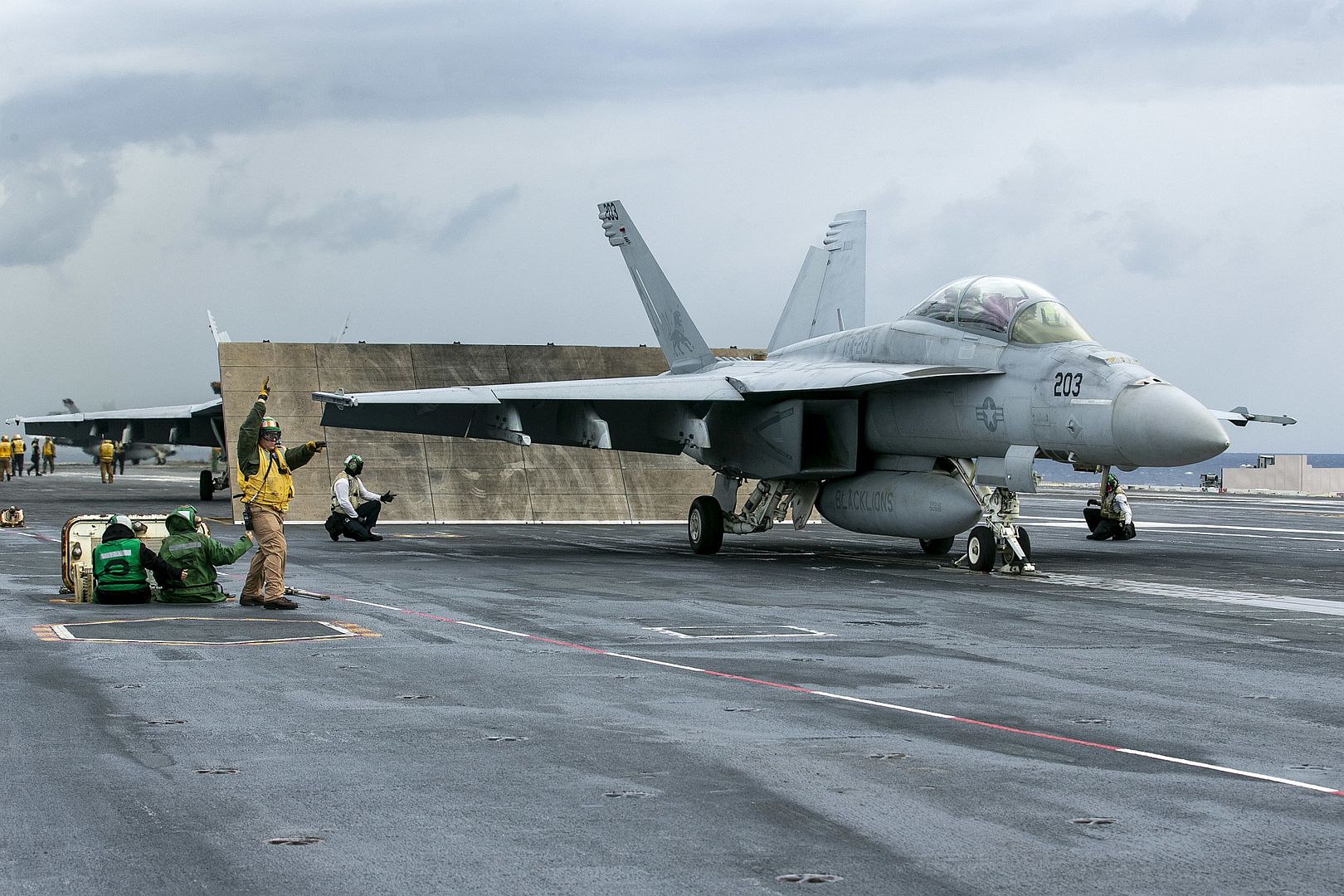
A Jordanian F-16 Fighting Falcon, receives fuel from a U.S. Air Force KC-135 Stratotanker assigned to the 340th Expeditionary Air Refueling Squadron, in a joint aerial exercise on Nov. 16, 2022. With assistance from the KC-135, U.S. and partner nation aircraft are able to remain in the air for longer durations, maximizing their patrol time and ensuring regional stability. (U.S. Air force photo by Staff Sgt. Gerald R. Willis)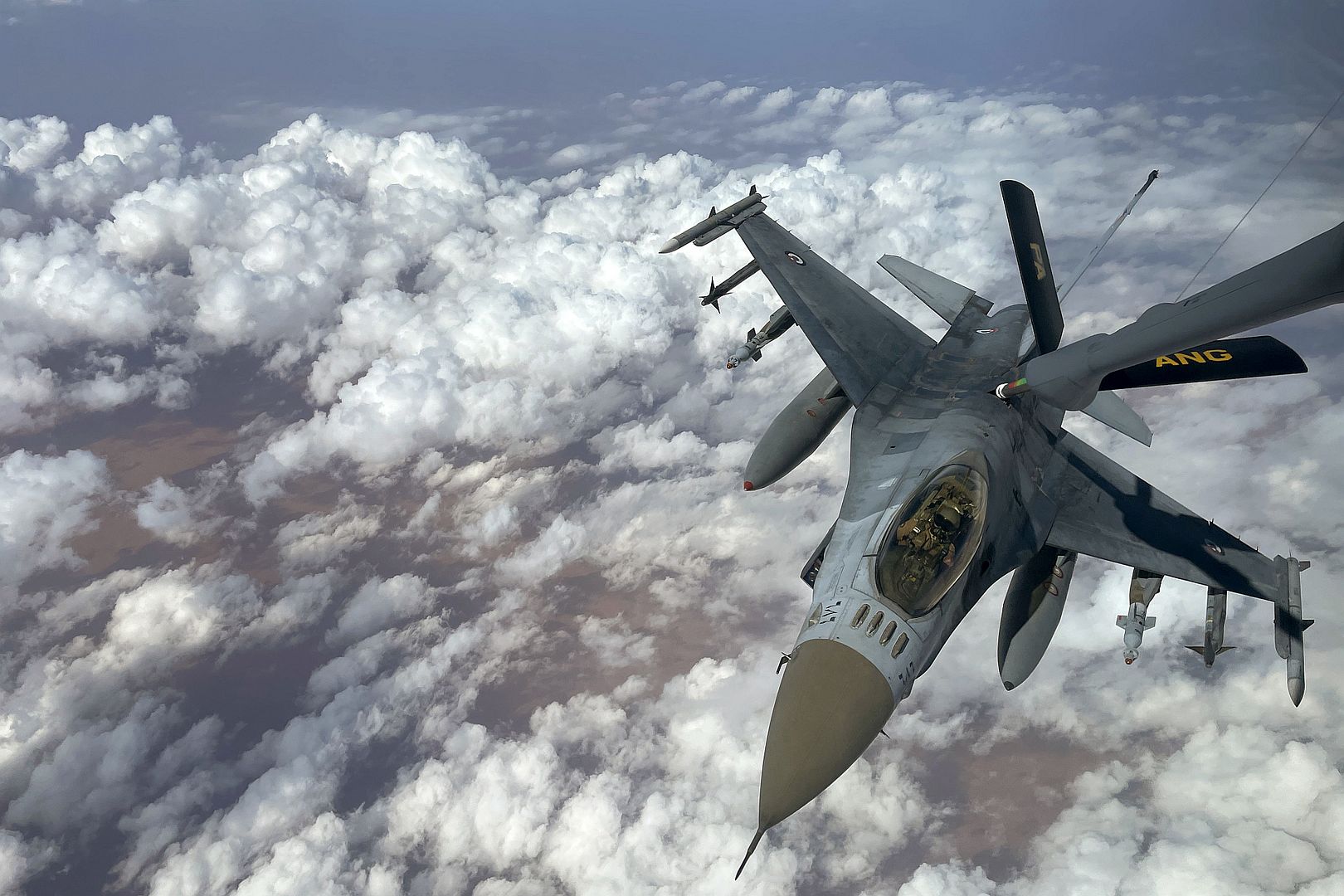
Four Rafales from the 30th Fighter Squadron have landed in Lithuania to strengthen NATO's defensive and deterrent position on the eastern side of Europe.
Their mission will be to participate in the surveillance and defense of the airspace of the Baltic states. "ShieldingTheSkies" joins a wide range of NATO Allied Air Command .
(Photo courtesy of the Armée de l'Air et de l'Espace )
-
 Main AdminNovember 28, 2022
Main AdminNovember 28, 2022
Bombardier Defense celebrated the arrival of a Global 6000 aircraft in Wichita, Kansas as part of the next phase of the company’s contract to support Lufthansa Technik’s participation in the HENSOLDT-led PEGASUS program of the German armed forces. Bombardier Defense will utilize its expertise to perform major structural modifications to accommodate the "Kalætron Integral" signal intelligence (SIGINT) system developed by HENSOLDT, which collects and analyzes military signals from radar and radio systems. The integration of this system will subsequently be performed at Lufthansa Technik’s special mission aircraft competence centre in Hamburg, Germany. Bombardier has previously delivered three Global 6000 jets to Lufthansa Technik since the aircraft was selected for the program in 2020.
This milestone marks the first major work package for a European customer performed at Bombardier Defense’s U.S. Headquarters in Wichita, Kansas since the company unveiled the site’s new mission in April 2022. Bombardier Defense will now be transitioning to the aircraft modification phase after its engineering team developed precise and mission-specific designed solutions. Bombardier Defense will then perform testing and required certification of the modified aircraft. As part of this program, Lufthansa Technik will perform and support systems integration for Hensoldt, in addition to engineering and modification work contracted to Bombardier Defense.
“This most recent milestone is a testament to the quality of Bombardier jets for both VIP transport and special mission applications,” said Steve Patrick, Vice President, Bombardier Defense. “Bombardier Defense’s full suite of mission-specific design, manufacturing, and certification capabilities, combined with Lufthansa Technik’s expertise will ensure Hensoldt receives a reliable, high-performing platform, perfectly tailored to their mission requirements and payload.”
“The start of the structural modification phase indeed marks a major milestone, as it is an important prerequisite for the work packages of our special mission aircraft experts in Hamburg,” said Michael von Puttkamer, Vice President Special Aircraft Services at Lufthansa Technik. “We thank HENSOLDT and Bombardier for the good cooperation and progress and we are already looking forward to building on the high-quality work of the colleagues in Wichita in the upcoming systems integration phase.”
“With the immense progress made in the design work over the last 12 months, we are proud to see the PEGASUS project entering the next stage,” added Jürgen Halder, Vice President Air SIGINT at HENSOLDT. “Together with our partners Bombardier Defense and Lufthansa Technik, we are determined to maintain the swift pace established to answer the pressing need of our customer for strategic surveillance capabilities.”
Global aircraft are ideal for critical special missions. Modern-day intelligence, surveillance, and reconnaissance (ISR) systems are lighter and more compact, no longer requiring commercial aircraft proportions. Missionized versions of Global aircraft are in service with elite military clientele, having completed thousands of missions over the last decade and demonstrating excellent dispatch reliability. Global aircraft are especially attractive for military use because of their ability to operate at high altitudes as well as their speed, agility, endurance, and low operating costs compared to other aircraft in their class.
About Bombardier
Bombardier is a global leader in aviation, focused on designing, manufacturing and servicing the world's most exceptional business jets. Bombardier’s Challenger and Global aircraft families are renowned for their cutting-edge innovation, cabin design, performance and reliability. Bombardier has a worldwide fleet of approximately 5,000 aircraft in service with a wide variety of multinational corporations, charter and fractional ownership providers, governments and private individuals. Bombardier aircraft are also trusted around the world in special-mission roles.
Headquartered in Montréal, Québec, Bombardier operates aerostructure, assembly and completion facilities in Canada, the United States and Mexico. The company’s robust customer support network includes facilities in strategic locations in the United States and Canada, as well as in the United Kingdom, Germany, France, Switzerland, Italy, Austria, the UAE, Singapore, China and Australia.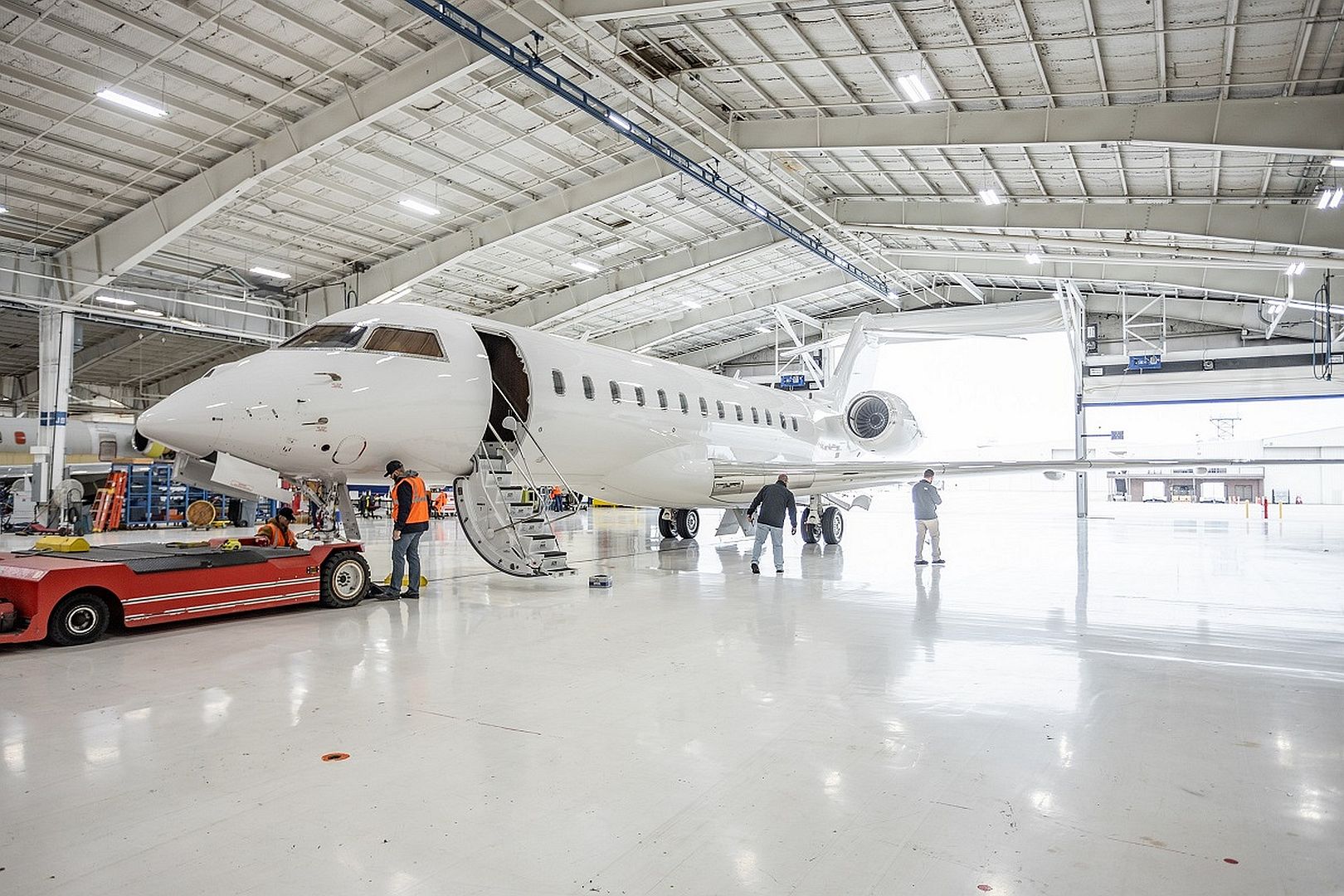
Royal Air Force F-35B Lightning jets and personnel from RAF Marham, currently embarked on HMS Queen Elizabeth, have visited the Norwegian capital of Oslo, as part of Operation Achillean.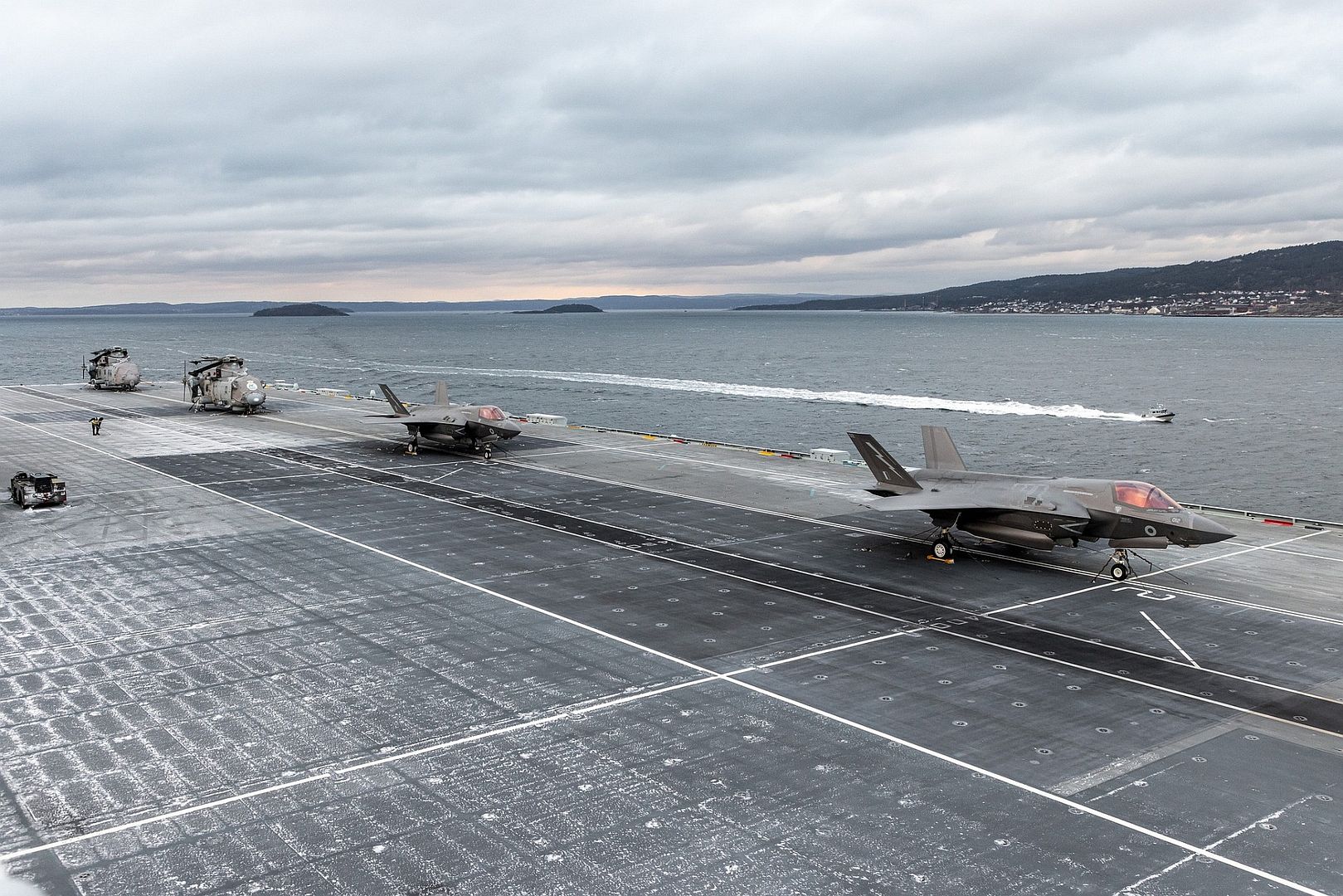
HMS Queen Elizabeth is leading the UK’s Carrier Strike Group. The carrier will host several defence engagement activities in Norway, which is an important strategic ally both bilaterally and within NATO for the UK.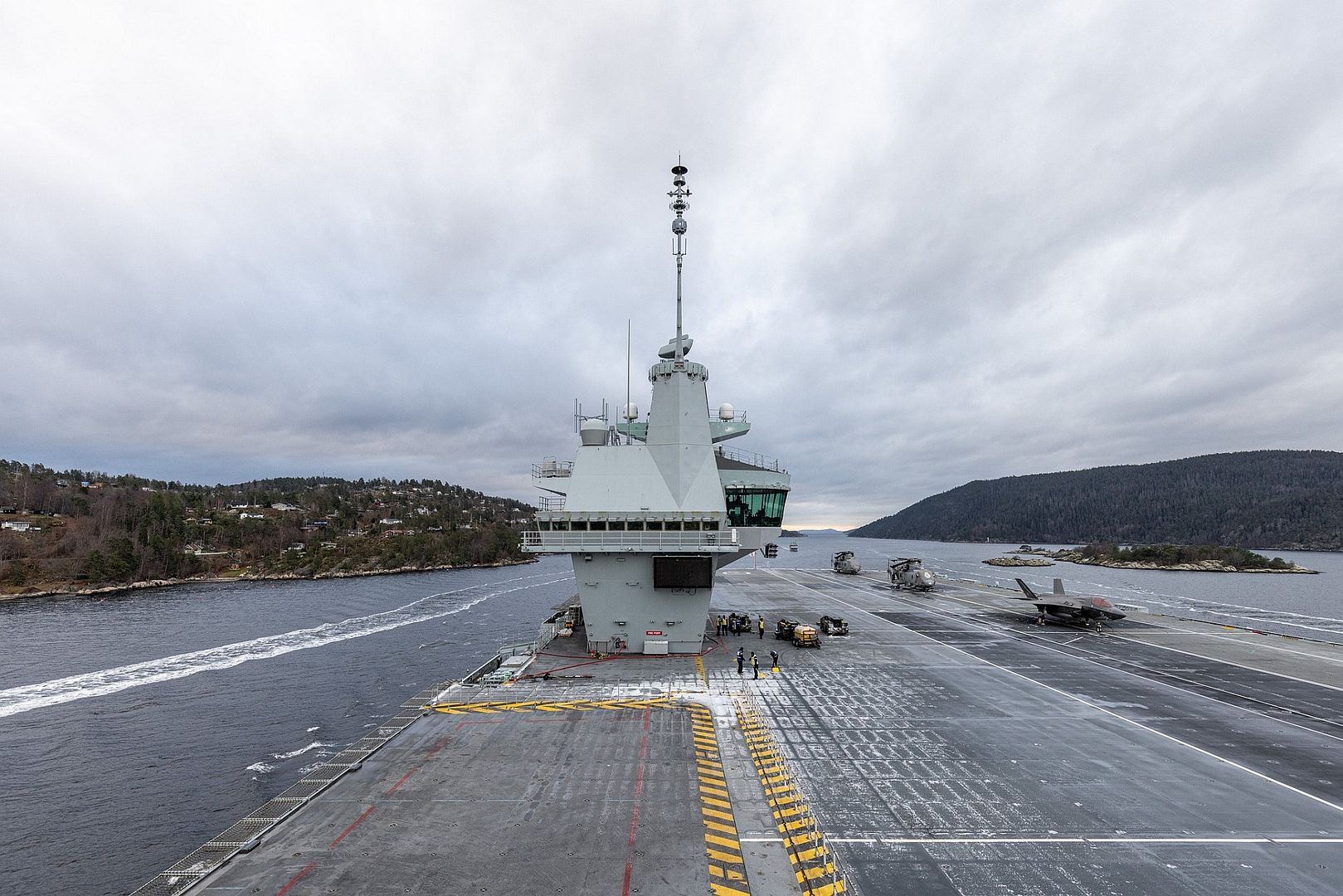
Operation Achillean is a proof of concept deployment to demonstrate NATO's 5th generation maritime strike capability.
(Photos courtesy of the RAF)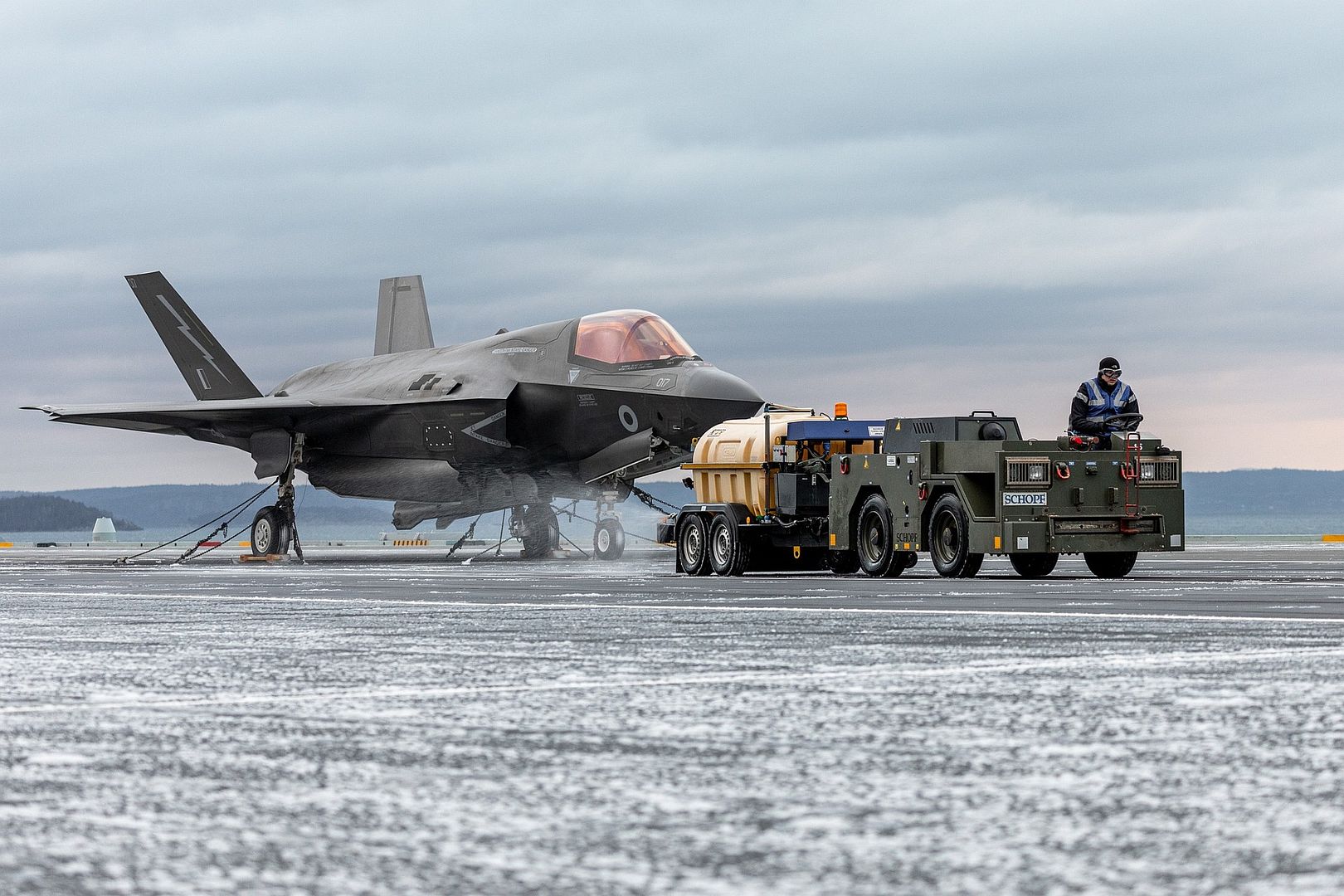
Published Nov. 28, 2022
By DAVIS-MONTHAN AIR FORCE BASE, Ariz. (AFNS)
920th Rescue Wing Public Affairs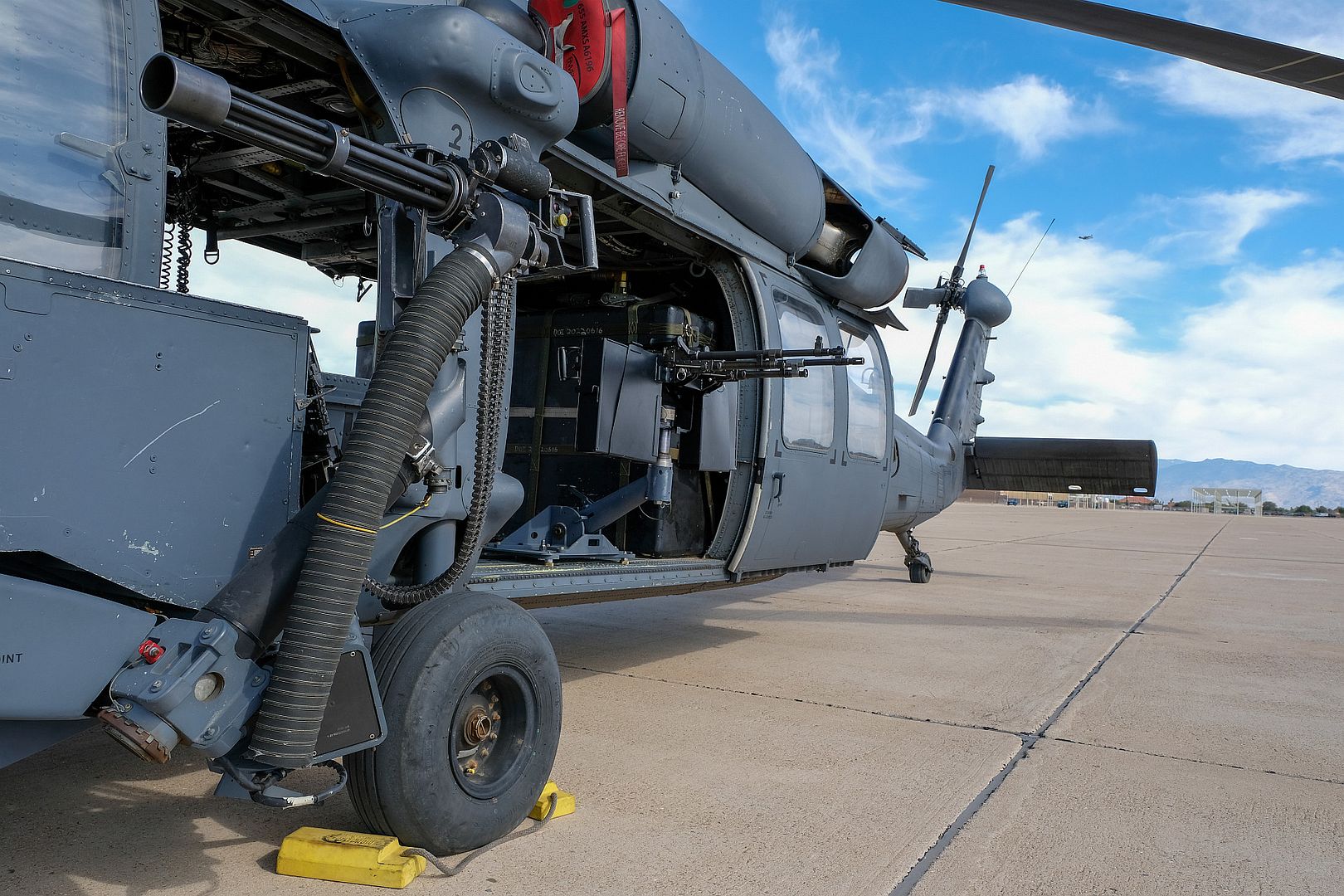
The wing searched for an innovative way to bring more firepower to the fight and with the HH-60G scheduled to be retired, it had to be cost effective and easily transferred to the new HH-60W Jolly Green II because of the similar design structures.
The 943rd RQG operated within three constraints: utilize only available resources; work within Air Force manuals and technical orders to the maximum extent possible; and have minimal impact to manpower.
Most HH-60 weapon configuration is comprised of two guns in any combination of the GAU-2C 7.62mm minigun, GAU 18/A .50 caliber machine gun, or M240 machine gun. The team had a goal of adding four additional weapons onto the aircraft and examined what would work on both platforms. It was discovered that the .50 caliber machine gun would not work because the floor design of the HH-60G would not support the torque applied by the GAU 18/A. The aircraft’s minigun also would not work because of the power required to operate the weapons.
“The M240 is multi-capable equipment for our personnel recovery task force that will enable us to perform contested-area combat search and rescue, logistics under attack, and agile combat employment. It will increase our offensive and defensive capabilities, at an extremely low cost, and give us flexibility for air and land use around the world,” said Col. Jes Hamilton, 920th RQW commander.
This concept required the integration or redesign of three separate parts to house two M240s on each door opening. First, a base stand from an existing cooperative project within the Air National Guard and Air Force Reserve was found to meet the requirements. Second, an aircraft mount that was previously utilized by the 55th and 71st Special Operations Squadrons for their .50 caliber gunship operations was added to the base. Third, working in conjunction with industry partners, the group took an MK99 gun mount that was normally used for patrol boat operations to mount two M240 caliber machine guns and holds 1,200 rounds of ammunition. To use this mount the 355th Maintenance Group at Davis-Monthan Air Force Base fabricated gun mount stops for proper operations within the aircraft.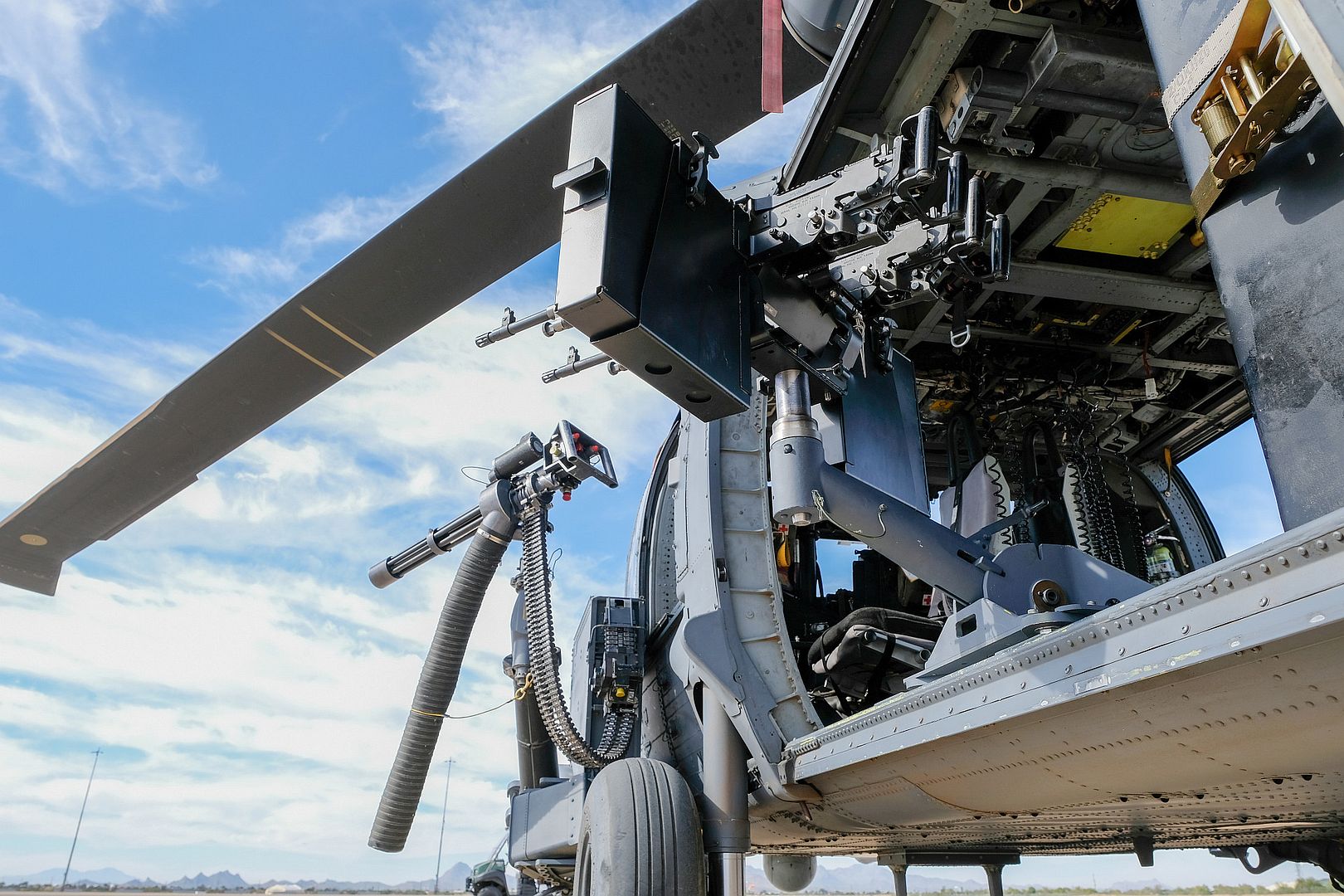
Increased firepower provides unique capability for combat rescue
Two M240 machine guns are mounted inside an HH-60G Pave Hawk Nov. 22, 2022, at Davis-Monthan Air Force Base, Ariz. The 943rd Rescue Group designed a concept to mount four additional M240s onto HH-60Gs to provide more firepower to the 920th Rescue Wing’s personnel recovery task force in contested environments. (U.S. Air Force photo by Andre Trinidad)
Photo Details / Download Hi-Res
In a rescue scenario, one HH-60 outfitted as a gunship would integrate with the CSAR task force and provide additional self-escort capabilities. Should that aircraft be needed for rescue, such as a mass casualty, noncombatant evacuation operation, or embassy evacuation; the guns can be removed within seconds, instantly becoming an additional rescue vehicle platform.
“As we perform forward operations at the edge of the battlespace, we will have multi-capable equipment that can be operated by multi-capable Airmen. As ACE operations advance, this airborne platform can become a land-based, defensive fighting position to defend an Initial Contingency Location/Temporary Contingency Location or ICL-Forward,” said Lt. Col. Joe Romeo, 943rd Security Forces Squadron commander.
The next step in the process is operational testing in coordination with the Air Guard Air Reserve Test Center before the system can be used and fired on flying aircraft.
“This capability increases the lethality of the PRTF and improves point defense in forward operations and also increases the capacity for airbase ground defense in support of the projection of airpower,” Romeo said.
(U.S. Air Force photos by Andre Trinidad)
-
 Main AdminAn F-16 Fighting Falcon, assigned to the 64th Aggressor Squadron, conducts air-to-air refueling with a KC-135 Stratotanker during U.S. Air Force Weapons School Integration (WSINT) at Nellis Air Force Base, Nevada, Nov. 28, 2022. The U.S. Air Force Weapons School trains tactical experts and leaders to control and exploit air, space and cyber on behalf of the joint force. (U.S. Air Force photo by Senior Airman Zachary Rufus)
Main AdminAn F-16 Fighting Falcon, assigned to the 64th Aggressor Squadron, conducts air-to-air refueling with a KC-135 Stratotanker during U.S. Air Force Weapons School Integration (WSINT) at Nellis Air Force Base, Nevada, Nov. 28, 2022. The U.S. Air Force Weapons School trains tactical experts and leaders to control and exploit air, space and cyber on behalf of the joint force. (U.S. Air Force photo by Senior Airman Zachary Rufus)
A B-52H Stratofortress bomber assigned to the 340th Weapons Squadron at Barksdale Air Force Base, Louisiana, takes off for U.S. Air Force Weapons School Integration (WSINT) at Nellis Air Force Base, Nevada, Nov. 22, 2022. The U.S. Air Force Weapons School trains tactical experts and leaders to control and exploit air, space and cyber on behalf of the joint force. (U.S. Air Force photo by Senior Airman Zachary Rufus)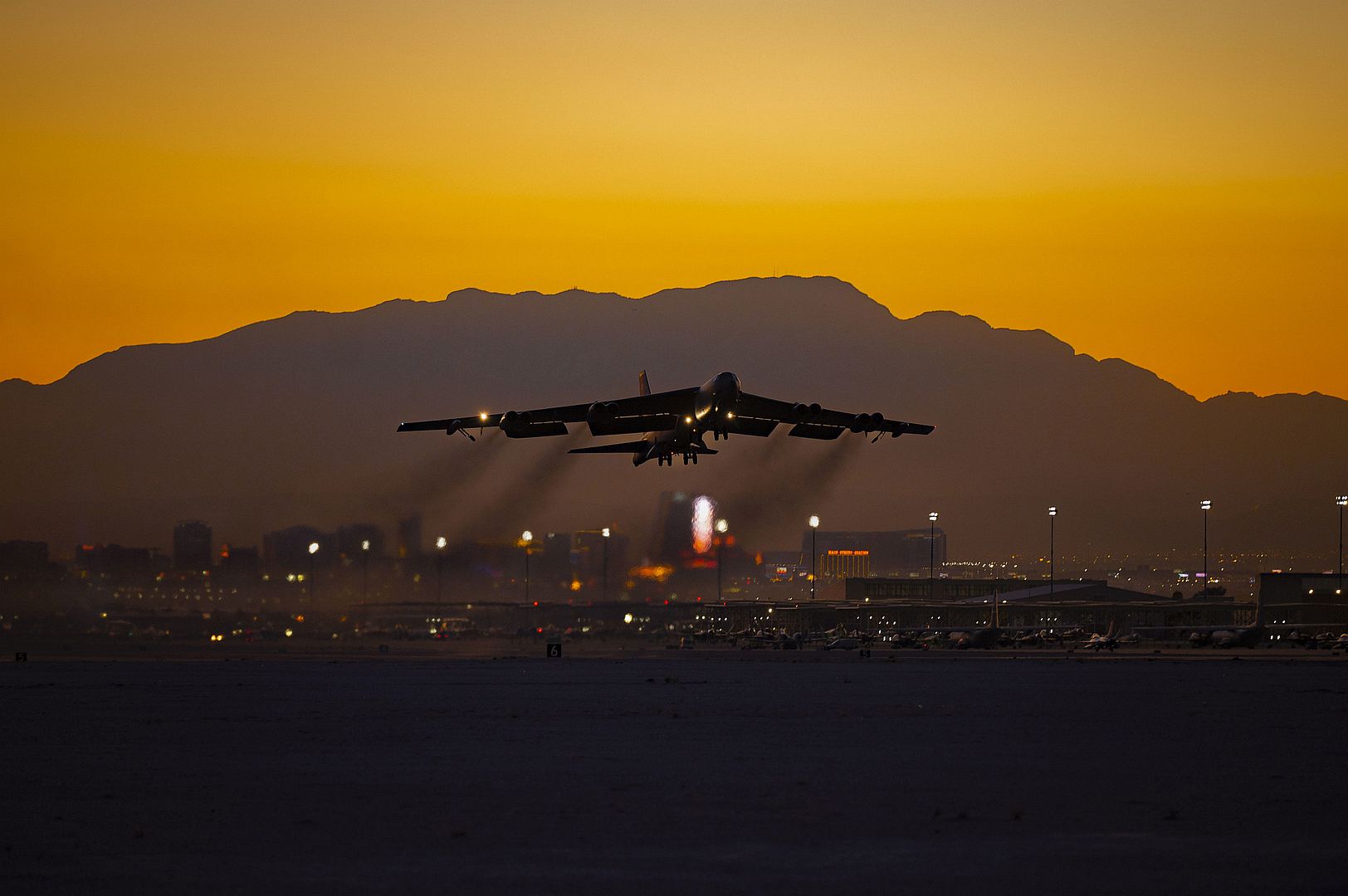
Two F-16 Vipers from the 314th Fighter Squadron at Holloman Air Force Base, New Mexico, fly next to a KC-135 Stratotanker from the 121st Air Refueling Wing at Rickenbacker Air National Guard Base, Columbus, Ohio, over New Mexico, Nov. 15, 2022. The 314th FS trains the next generation of F-16 Viper pilots over the Holloman and White Sands Missile training ranges. (U.S. Air Force photo by Airman 1st Class Antonio Salfran)
Toulouse, 29 November 2022 – Croatia Airlines, Croatia’s national flag carrier based in Zagreb, has signed a firm order for six A220-300 aircraft. Croatia Airlines plans to lease an additional nine A220s, taking its total commitment for the type to 15.
The A220s will replace previous generation aircraft in the company's fleet, reducing operating costs as well as improving environmental efficiency and competitiveness while offering passengers unrivaled comfort throughout its fleet.
“Today’s signing of a contract for the purchase of state-of-the-art Airbus aircraft is a very special moment for all of us at Croatia Airlines. It marks the beginning of a new period of aviation, a new period in the life of Croatia Airlines, a new period for our passengers, and a new period for Croatia’s tourism and economy as a whole,” said Jasmin Bajić, CEO and President of the Management Board of Croatia Airlines.
“We are thrilled to add Croatia Airlines as a new A220 customer. The A220 is ideally suited to Croatia's aviation needs, providing operational flexibility and efficiency allowing its airline to pursue its ambition for both regional and international connectivity without compromising on any aspect, be it passenger comfort or trip and seat cost economics,” said Christian Scherer, Airbus Chief Commercial Officer and Head of International.
The A220 is a clean sheet design and the only aircraft purpose-built for the 100 to 150-seat market segment bringing together state-of-the-art aerodynamics, advanced materials and Pratt & Whitney’s latest generation GTF™ engines. The A220 delivers a 50% reduced noise footprint, up to 25% lower fuel burn per seat and CO2 emissions - compared to previous generation aircraft, as well as around 50% lower NOx emissions than industry standards.
Airbus and Croatia Airlines have had a long-standing partnership starting 25 years ago, when the airline first became an Airbus operator. Today, the Croatian carrier operates an Airbus fleet of seven single-aisle aircraft from the A320 Family (five A319s and two A320s).
With currently more than 230 A220s delivered to 16 airlines operating on four continents, the A220 is the optimal aircraft for regional as well as long-distance routes and will enable Croatia Airlines to further contribute to the development of tourism in the region, while providing flexibility to right-size their operations.
To date, more than 70 million passengers have enjoyed the A220. The fleet is currently flying on over 800 routes and 325 destinations worldwide. As of the end of October 2022, around 30 customers have ordered 780+ A220 aircraft - confirming its breakthrough on the small single-aisle market.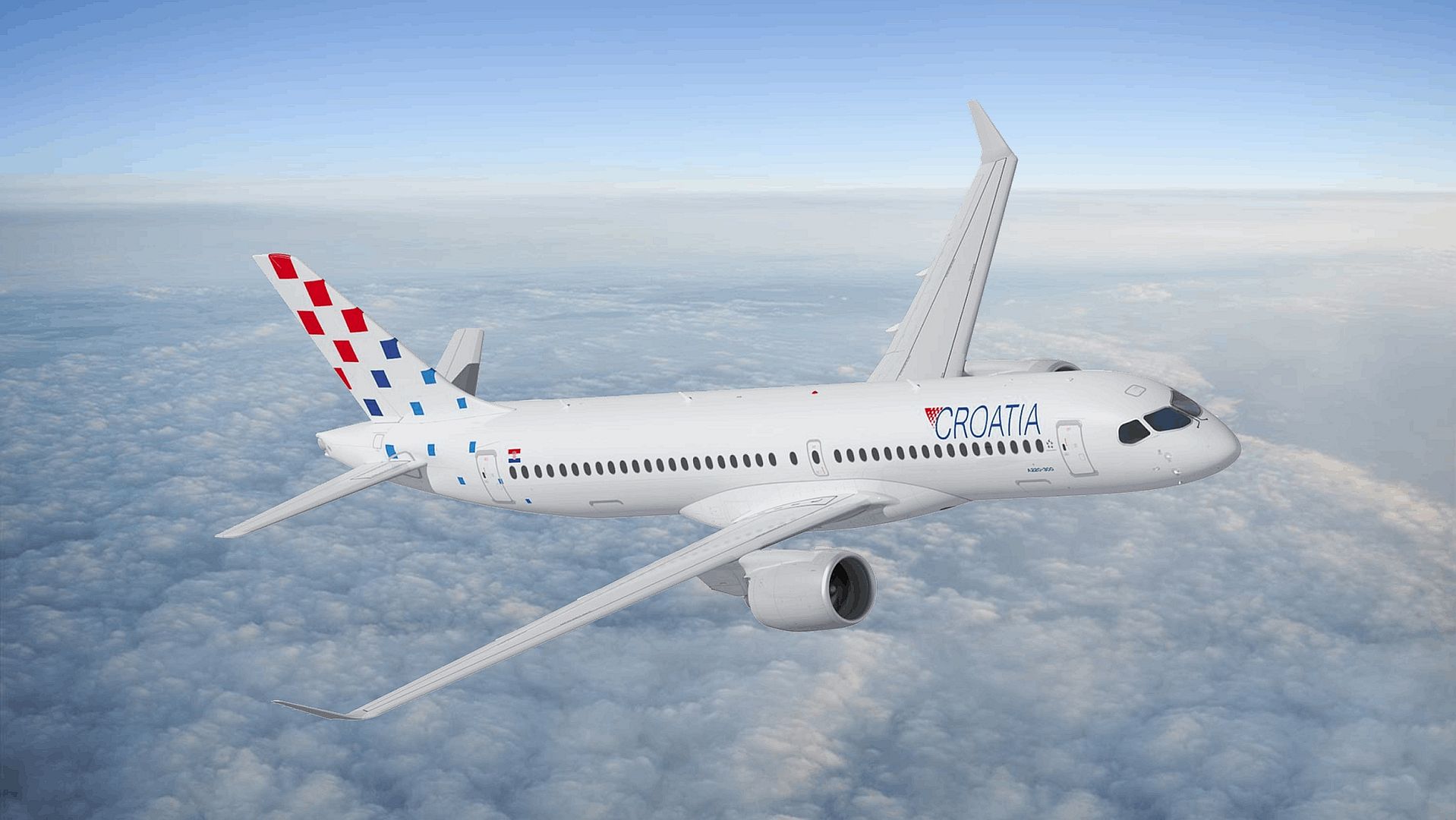
November 29, 2022
Bombardier announced today that NetJets, its long-time valued customer and a world leader in private aviation, will become the fleet launch customer for the Global 8000 aircraft. Adding to its already massive global fleet of more than 850 aircraft (and still growing), NetJets has placed a new firm order for four Global 8000 aircraft, valued at $312 million dollars and converted eight existing orders for Bombardier products. This transaction adds to Global 7500 aircraft already on order and in service. NetJets will build a 24-strong fleet of the performance leading Global 8000 aircraft, as they will also be working with Bombardier to upgrade the entire in-service Global 7500 fleet to Global 8000 jets when they begin taking delivery of its new flagship aircraft. NetJets could subsequently grow its fleet—the world’s largest, most diverse fleet in private aircraft—through a series of options that could be exercised progressively over the coming years.
Introduced earlier this year at EBACE in Geneva, Bombardier’s flagship for a new era features an industry-leading range of 8,000 nautical miles and an unbeaten top speed of Mach 0.94. This ultimate all-in-one business aircraft will offer NetJets Owners a unique blend of outstanding performance, the smoothest ride, and an exceptional passenger experience focused on uncompromising safety and service standards that only NetJets can provide.
“The new Global 8000 aircraft is the ultimate solution for NetJets’ discerning Owners, offering a truly seamless private aviation experience,” said Eric Martel, President and CEO, Bombardier. “NetJets’ experience and expertise make them the ideal partner to unlock the full potential of this revolutionary Mach 0.94 business jet in a large fleet context. Our valued relationship continues to grow stronger, and we are proud to share this historic milestone together.”
“The new Global 8000 will help us to continue offering our Owners, specifically our international travelers, the pinnacle in unforgettably personalized experiences aboard the finest ultra-long-range aircraft available,” said Patrick Gallagher, NetJets’ President of Sales, Marketing, and Service. “With inventory sold out through 2023 in the U.S., we are continuing to invest in further expansion for prospective Owners in North America and across the globe. In fact, by the end of 2023, we are proud to share that our worldwide fleet will be approximately 30% larger than it was in the beginning of 2022.”
The discerning Global 8000 business jet features the most generous cabin size in the industry, with the lowest cabin altitude in its class of 2,900 feet when flying at 41,000 ft. It is also equipped with Bombardier Pũr Air and advanced HEPA filter technology for the fastest fresh air replacement.
The Global 8000 aircraft delivers when it comes to in-flight experience. The cabin incorporates the revolutionary features introduced on the Global 7500 aircraft that dramatically improve passenger comfort. The aircraft also features the innovative Nuage seat, with the first-ever zero gravity position in a business jet, allowing NetJets Owners to arrive at their destinations revitalized and refreshed.
An exemplary commitment to detail is assured on the new Global 8000 aircraft, including an available Principal Suite with a full-size bed. Revolutionary cabin entertainment control and connectivity, the intuitive nice Touch CMS and OLED touch dial, Bombardier’s l’Opéra directional audio sound system and available 4K monitor, also ensure passengers will receive an unrivalled cabin experience.
Performance-wise, the new Global 8000 aircraft can efficiently transport NetJets Owners to a wide variety of destinations both faster and farther than ever before. With its exceptional class-leading range and short-field performance, even more exclusive city pairs are now achievable, including Dubai-Houston, Singapore-Los Angeles, London-Perth, and many others.
About Bombardier
Bombardier is a global leader in aviation, focused on designing, manufacturing, and servicing the world's most exceptional business jets. Bombardier’s Challenger and Global aircraft families are renowned for their cutting-edge innovation, cabin design, performance, and reliability. Bombardier has a worldwide fleet of approximately 5,000 aircraft in service with a wide variety of multinational corporations, charter and fractional ownership providers, governments, and private individuals. Bombardier aircraft are also trusted around the world in special-mission roles.
Headquartered in Montréal, Québec, Bombardier operates aerostructure, assembly and completion facilities in Canada, the United States and Mexico. The company’s robust customer support network includes facilities in strategic locations in the United States and Canada, as well as in the United Kingdom, Germany, France, Switzerland, Italy, Austria, the UAE, Singapore, China and Australia.
For corporate news and information, including Bombardier’s Environmental, Social and Governance report, visit bombardier.com. Learn more about Bombardier’s industry-leading products and customer service network at businessaircraft.bombardier.com. Follow us on Twitter @Bombardier.
About NetJets Inc.
Originally incorporated in 1964 as Executive Jet Airways, NetJets Inc. has been setting—and exceeding—industry standards for nearly 60 years. Today, NetJets Inc. is proud to be a Berkshire Hathaway company known for its unwavering commitment to safety and service. It encompasses NetJets, Executive Jet Management, QS Partners, and QS Security and offers a variety of travel solutions customized to fit each Owner’s needs. These include shared ownership, lease and jet card options, aircraft management, private jet chartering, brokerage and acquisition services, and specialized security services. This is why so many of the world’s most discerning travelers choose NetJets Inc. generation after generation. It is also because NetJets has the largest, most diverse private jet fleet in the world, which grants anytime access to even the most remote destinations across the globe. To learn more about the leader in private aviation, visit netjets.com today.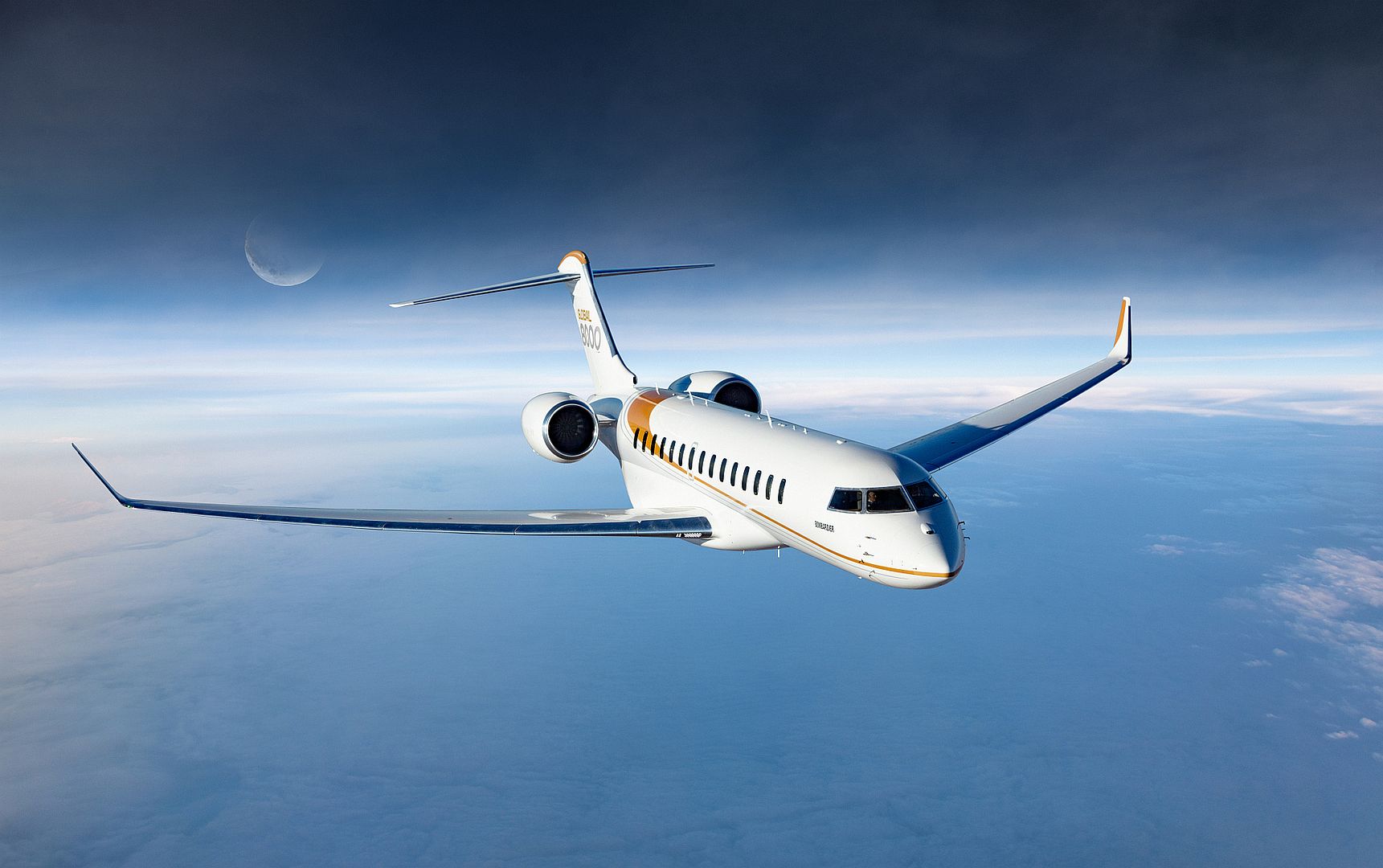
Mirabel, Canada (29 Nov. 2022) – Bell Textron Inc., a Textron Inc. (NYSE: TXT) company, announced the delivery of the first Bell 505 to Angolan aviation company, BESTFLY. The aircraft was handed over during a ceremony in Mirabel, Canada.
BESTFLY was established in 2009 and today is Angola’s biggest private aviation company, carrying out a range of services, including aircraft management and charter, catering, flight planning, transfers and flight handling.
“We’re proud to take delivery of the very first Bell 505 in West Africa,” said Nuno Pereira, CEO and founder, BESTFLY. This addition to our fleet will add a new dimension to our service offering and showcases our commitment to further developing the aviation industry in the region. We will be using the new 505 for corporate transportation and sightseeing tours, among other missions. It’s a great aircraft that is incredibly easy to maintain and the customer service from the Bell team has been excellent.”
This is the first Bell 505 in Angola and BESTFLY plans to add another one to its fleet later next year.
“Alcinda and Nuno Pereira are visionaries in aviation. They have built a formidable business spanning beyond Angola, and that will be further enhanced with the delivery of a new Bell 505,” said Sameer Rehman, managing director, Africa and Middle East. “This aircraft is once again proving its versatility and reliability in this market. We look forward to BESTFLY using the Bell 505 in many innovative ways for all the work they do in the region.”
First launched in 2017, the short light single Bell 505 helicopter has proved incredibly popular across the globe, achieving 100,000 flight hours in May this year. There are currently 30 505s operating in Africa and the Middle East, and the platform celebrated its 400th global delivery in August.
-
 Main AdminA Republic of Korea Air Force C-130H Hercules touches down at Andersen Air Force Base, Guam, Nov. 29, 2022, during Operation Christmas Drop 2022. This is the second time ROKAF participated in OCD, with their participation meant to enhance airlift and operational capabilities. Interoperability and teamwork with our partner nations ensures we collectively remain ready for future operations. (U.S. Air Force photo by Yasuo Osakabe)
Main AdminA Republic of Korea Air Force C-130H Hercules touches down at Andersen Air Force Base, Guam, Nov. 29, 2022, during Operation Christmas Drop 2022. This is the second time ROKAF participated in OCD, with their participation meant to enhance airlift and operational capabilities. Interoperability and teamwork with our partner nations ensures we collectively remain ready for future operations. (U.S. Air Force photo by Yasuo Osakabe)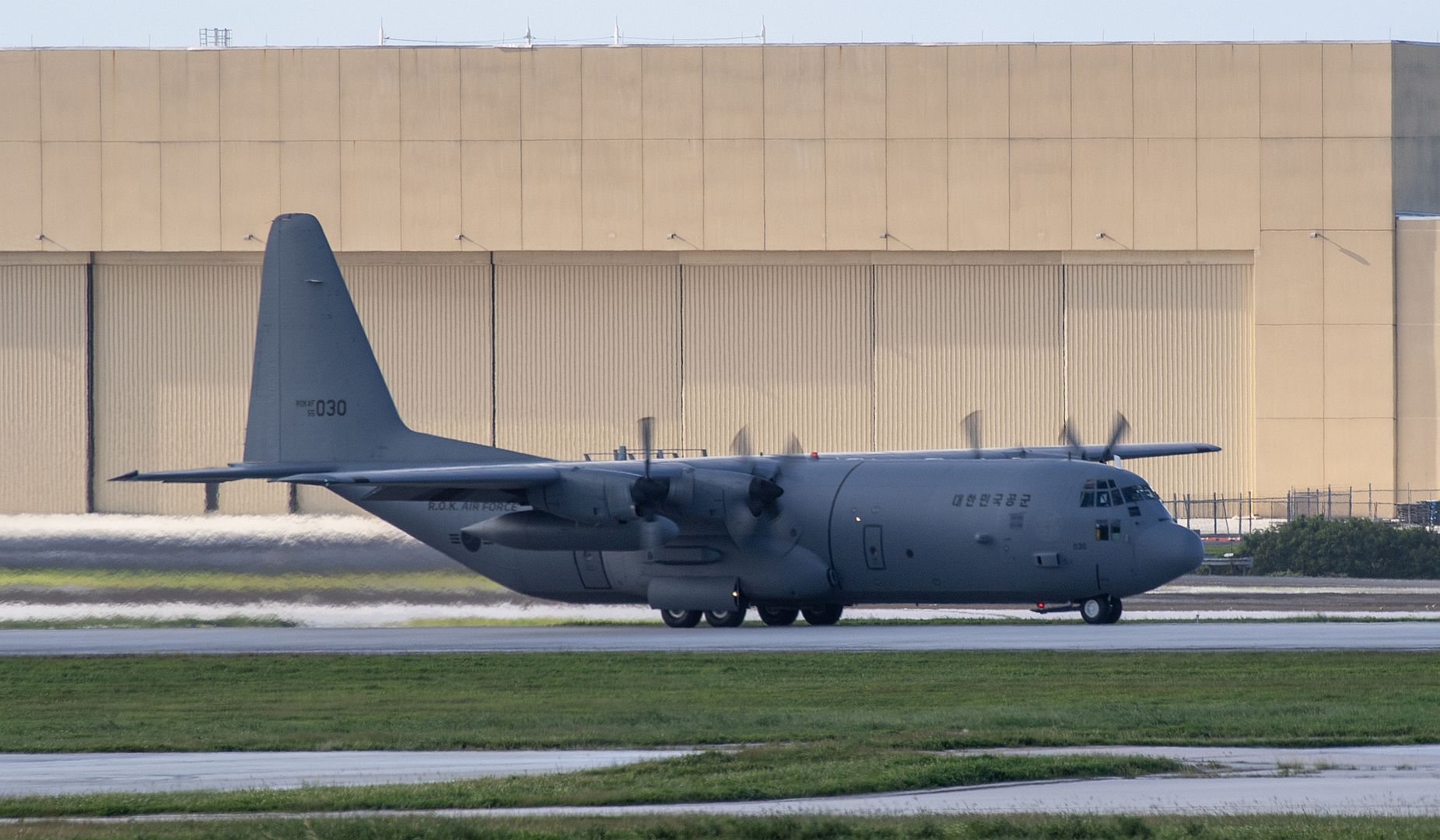
KEY WEST, Fla. (Nov 30, 2022) U.S. Navy Aviation Structural Mechanic 2nd Class Antonio Robledo performs preflight checks on an F/A-18F Super Hornet attached to the "Gladiators" of Strike Fighter Squadron (VFA) 106 on Boca Chica Field in Key West, Fla. Nov. 30, 2022. Naval Air Station Key West is the state-of-the-art facility for combat fighter aircraft of all military services, provides world-class pierside support to U.S. and foreign naval vessels, and is the premier training center for surface and subsurface military operations. (U.S. Navy photo by Mass Communication Specialist 2nd Class Nicholas V. Huynh)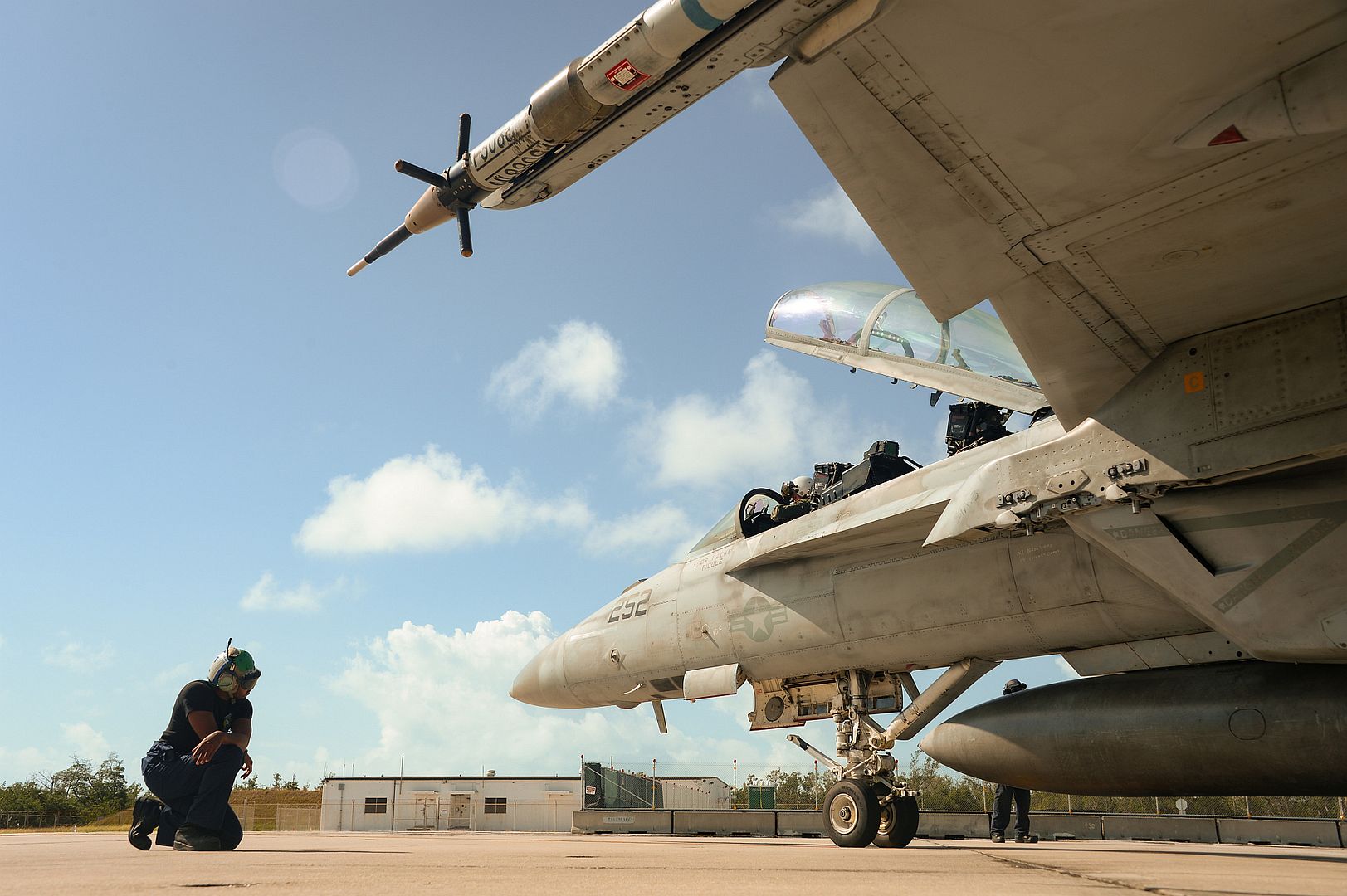
EVERETT, Wash., Nov. 29, 2022 – Boeing [NYSE: BA] has been awarded a contract to deliver two additional KC-46A Pegasus tankers to the Japan Air Self-Defense Force (JASDF), bringing the total on contract for Japan to six. Boeing delivered the first KC-46A tanker to Japan in October 2021, and a second in February 2022.
“The unmatched versatility and multi-mission capabilities of the KC-46A tanker further support JASDF’s air mobility mission,” said James Burgess, vice president and KC-46 program manager. “The growing global KC-46A fleet increases the interoperability advantages for our customers, ensuring mission readiness as well as value for their investment.”
Designed to refuel all allied and coalition military aircraft compatible with international aerial refueling procedures, the proven Pegasus has flown more than 10,000 sorties and is delivering millions of pounds of fuel every month to allied forces around the globe. In addition to refueling, the KC-46A delivers multi-mission capabilities necessary for the 21st century fleet, including data connectivity and personnel, cargo and aeromedical transportation.
“This additional KC-46A acquisition reinforces the U.S.-Japan security alliance to support security and stability throughout the Pacific region,” said Will Shaffer, president of Boeing Japan. “Boeing is proud of our enduring partnership with Japan, and we look forward to supporting the nation’s KC-46A fleet that will fly for decades to come.”
Boeing has delivered 67 KC-46A tankers, including 65 to the U.S. Air Force and two to Japan. Built on the proven 767 airframe that has more than 1,200 delivered—and with more KC-46A aircraft operational globally than any tanker except the Boeing-built KC-135—the Pegasus also provides crucial mission reliability for global customers.
The contract was awarded by the U.S. Air Force through the Foreign Military Sales process. Boeing builds KC-46A aircraft for the U.S. Air Force, the JASDF and other allied customers on its 767 production line in Everett, Washington. In addition, Boeing’s Japanese partners produce 16 percent of the KC-46A airframe structure. The JASDF also operates four earlier generation Boeing-built KC-767 aircraft.
As a leading global aerospace company, Boeing develops, manufactures and services commercial airplanes, defense products and space systems for customers in more than 150 countries. As a top U.S. exporter, the company leverages the talents of a global supplier base to advance economic opportunity, sustainability and community impact. Boeing’s diverse team is committed to innovating for the future, leading with sustainability, and cultivating a culture based on the company’s core values of safety, quality and integrity. Join our team and find your purpose at boeing.com/careers.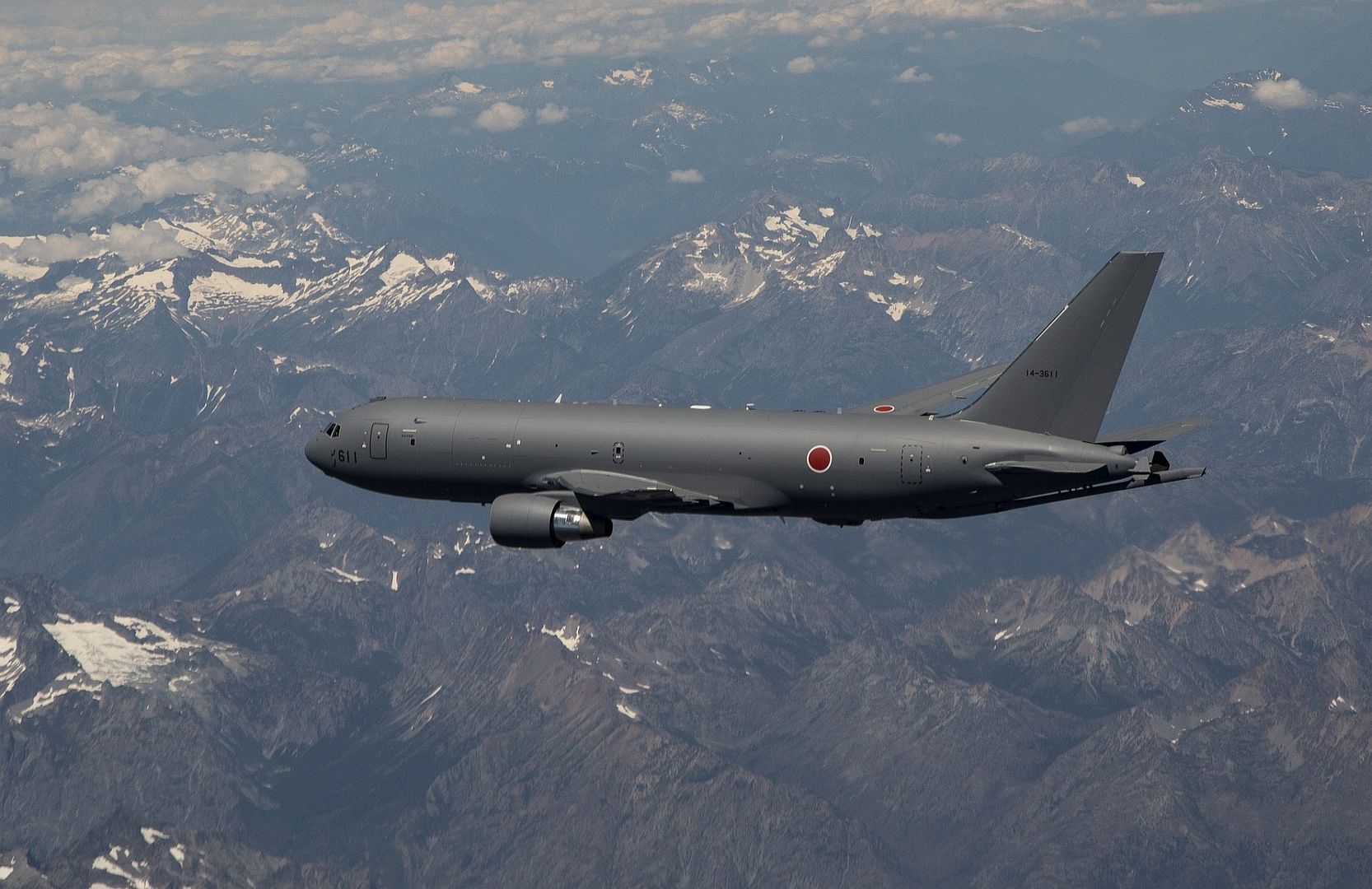
Toulouse, 30 November 2022 – Airbus has revealed that it is developing a hydrogen-powered fuel cell engine. The propulsion system is being considered as one of the potential solutions to equip its zero-emission aircraft that will enter service by 2035.
Airbus will start ground and flight testing this fuel cell engine architecture onboard its ZEROe demonstrator aircraft towards the middle of the decade. The A380 MSN1 flight test aircraft for new hydrogen technologies is currently being modified to carry liquid hydrogen tanks and their associated distribution systems.
“Fuel cells are a potential solution to help us achieve our zero-emission ambition and we are focused on developing and testing this technology to understand if it is feasible and viable for a 2035 entry-into-service of a zero-emission aircraft,” said Glenn Llewellyn, VP Zero-Emission Aircraft, Airbus. “At scale, and if the technology targets were achieved, fuel cell engines may be able to power a one hundred passenger aircraft with a range of approximately 1,000 nautical miles. By continuing to invest in this technology we are giving ourselves additional options that will inform our decisions on the architecture of our future ZEROe aircraft, the development of which we intend to launch in the 2027-2028 timeframe.”
Airbus identified hydrogen as one of the most promising alternatives to power a zero-emission aircraft, because it emits no carbon dioxide when generated from renewable energy, with water being its most significant by-products.
There are two ways hydrogen can be used as a power source for aircraft propulsion. First via hydrogen combustion in a gas turbine, second, by using fuel cells to convert hydrogen into electricity in order to power a propeller engine. A hydrogen gas turbine can also be coupled with fuel cells instead of batteries in a hybrid-electric architecture.
Hydrogen fuel cells, especially when stacked together, increase their power output allowing scalability. In addition, an engine powered by hydrogen fuel cells produces zero NOx emissions or contrails thereby offering additional decarbonisation benefits.
Airbus has been exploring the possibilities of fuel cell propulsion systems for aviation for some time. In October 2020, Airbus created Aerostack, a joint venture with ElringKlinger, a company with over 20 years of experience as both a fuel cell systems and component supplier. In December 2020, Airbus presented its pod-concept which included six removable fuel cell propeller propulsion systems.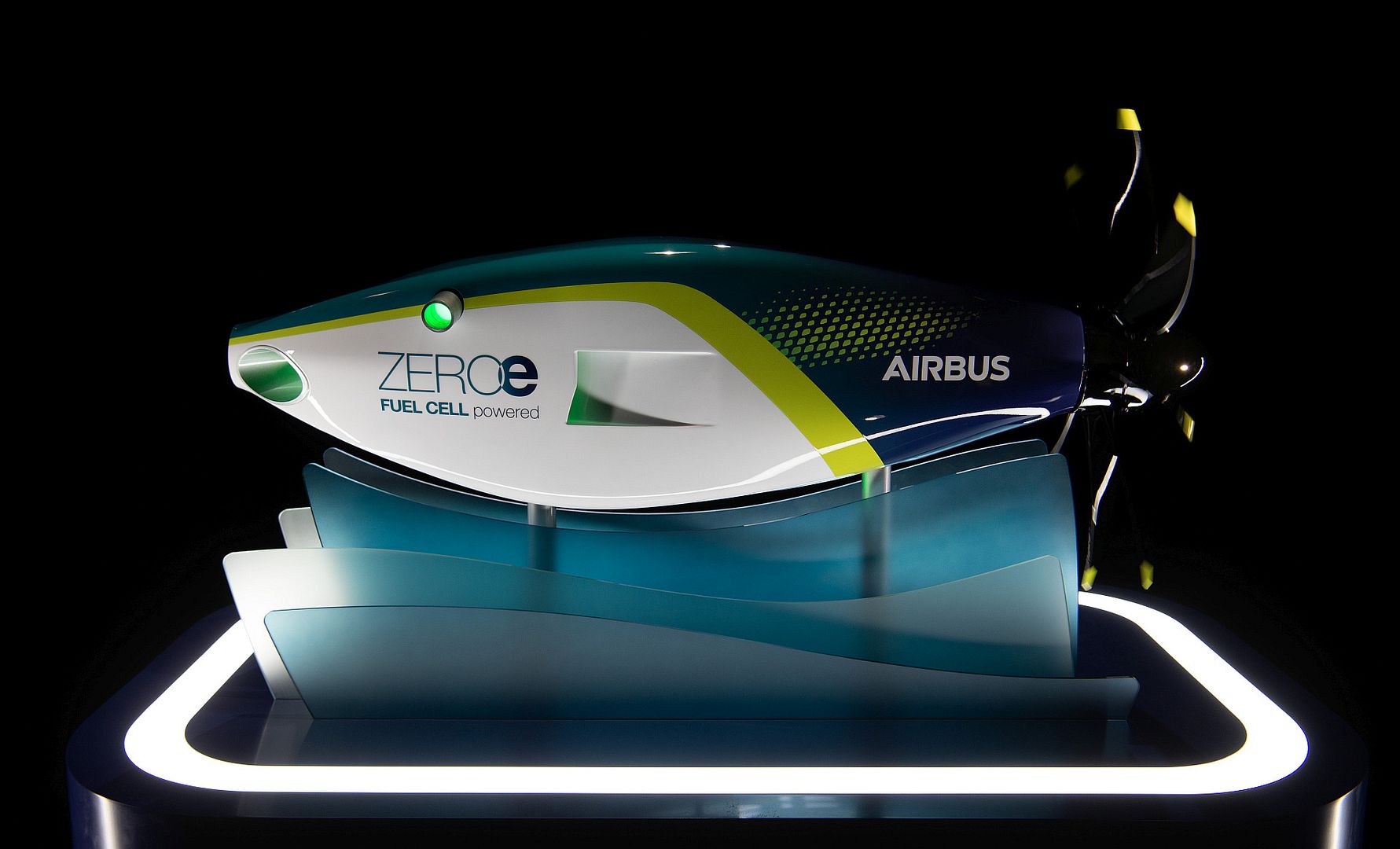
SAN DIEGO – 30 November 2022 – On Nov. 17, General Atomics Aeronautical Systems (GA-ASI) paired a company-owned MQ-20 Avenger® Unmanned Aircraft System (UAS) with a Sabreliner, operated by Lockheed Martin and acting as a surrogate fighter, and two F-5 Advanced Tigers (AT) from Tactical Air Support configured with internal TacIRST sensors, to perform multi-platform infrared sensing. During this event, all aircraft performed coordinated maneuvers to sense relevant airborne targets in the infrared spectrum. The MQ-20 and Sabreliner were digitally connected over a Tactical Targeting Network Technology (TTNT) mesh network to share sensing observations. In addition to the live-flight aircraft, five digital twins of the MQ-20 were integrated to autonomously fly a Live, Virtual, Constructive (LVC) collaborative combat mission.
All live aircraft had operational next-generation Tactical Infrared Search and Track (TacIRST™) sensors during the test to provide Air-to-Air Moving Target Tracking. These live tracks were provided by Lockheed Martin’s TacIRST sensor and was processed on a General Dynamics Mission Systems’ EMC2 Multi-Function Processor (MFP), commonly referred to as “the Einstein Box.” Using this software-defined architecture, the flight demonstrated crewed and uncrewed teaming between the MQ-20s, Sabreliner and manned F-5 AT tactical fighters.
“This test flight has broken new ground for us,” said GA-ASI Senior Director of Advanced Programs Michael Atwood. “It demonstrated effective collaboration between four established defense prime contractors flying with advanced sensing, crewed and uncrewed teaming, and advanced airborne high-performance computing to meet challenging air dominance scenarios. This is a clear demonstration of our rapidly maturing Autonomous Collaborative Platform (ACP) mission system suite and moves us one step closer to providing this revolutionary capability to the warfighter.”
“Flying four platforms with TacIRST installed was a major milestone for Lockheed Martin,” stated Matthew Merluzzi, Sr. Program Manager at Lockheed Martin. “By leveraging open mission systems, our team has demonstrated that common platform integration is possible across a variety of vehicles bringing advanced capabilities to our warfighters quicker and more affordably.”
To accomplish the multi-company integration, the MQ-20 team used a government-furnished CODE autonomy engine and the government-standard Open Mission Systems (OMS) messaging protocol to enable communication between the autonomy core and TacIRST. In addition, GA-ASI used General Dynamics’ EMC2, an open architecture MFP with multi-level security infrastructure to run the autonomy architecture, demonstrating the ability to bring high-performance computing (HPC) resources to ACPs to perform quickly tailorable mission sets depending on the operational environment.
This is another in an ongoing series of autonomous flights performed using internal research and development (IRAD) funding to prove out important concepts for ACPs.
About Lockheed Martin
Headquartered in Bethesda, Maryland, Lockheed Martin Corporation (NYSE: LMT) is a global security and aerospace company that employs approximately 114,000 people worldwide and is principally engaged in the research, design, development, manufacture, integration and sustainment of advanced technology systems, products and services.
Please follow @LMNews on Twitter for the latest announcements and news across the corporation
About Tactical Air Support, Inc.
Tactical Air Support Inc. is a leader in commercial air services, tactical aviation training, and technical advisory services for the US Military and our International partners. Since its inception in 2005, Tactical Air has continuously applied innovative business practices to provide the government and aviation industry with unparalleled, yet affordable commercial air support and tactical consulting. The Tactical Air team brings the industry’s finest cadre of proven leaders and aviators paired with one of the world’s largest fleets of sustainable, safe, and highly upgraded fighter/attack aircraft. Our diverse staff consists of former TOPGUN/Weapons School Instructors and Graduates, Operational Aviators, Test Pilots, Astronauts, Air Battle Managers, and Aviation Maintenance professionals. Headquartered in Lexington Park, Maryland, Tactical Air has its main base of operations in Reno/Stead, Nevada. To find out more, please visit: http://tacticalairsupport.com
About GA-ASI
General Atomics Aeronautical Systems, Inc. (GA-ASI), an affiliate of General Atomics, is a leading designer and manufacturer of proven, reliable Remotely Piloted Aircraft (RPA) systems, radars, and electro-optic and related mission systems, including the Predator® RPA series and the Lynx® Multi-mode Radar. With more than seven million flight hours, GA-ASI provides long-endurance, mission-capable aircraft with integrated sensor and data link systems required to deliver persistent flight that enables situational awareness and rapid strike. The company also produces a variety of ground control stations and sensor control/image analysis software, offers pilot training and support services, and develops meta-material antennas. For more information, visit www.ga-asi.com
Post a reply
- Go to Previous topic
- Go to Next topic
- Go to Welcome
- Go to Introduce Yourself
- Go to General Discussion
- Go to Screenshots, Images and Videos
- Go to Off topic
- Go to Works in Progress
- Go to Skinning Tips / Tutorials
- Go to Skin Requests
- Go to IJAAF Library
- Go to Luftwaffe Library
- Go to RAF Library
- Go to USAAF / USN Library
- Go to Misc Library
- Go to The Ops Room
- Go to Made in Germany
- Go to Campaigns and Missions
- Go to Works in Progress
- Go to Juri's Air-Raid Shelter
- Go to Campaigns and Missions
- Go to Works in Progress
- Go to Skinpacks
- Go to External Projects Discussion
- Go to Books & Resources
